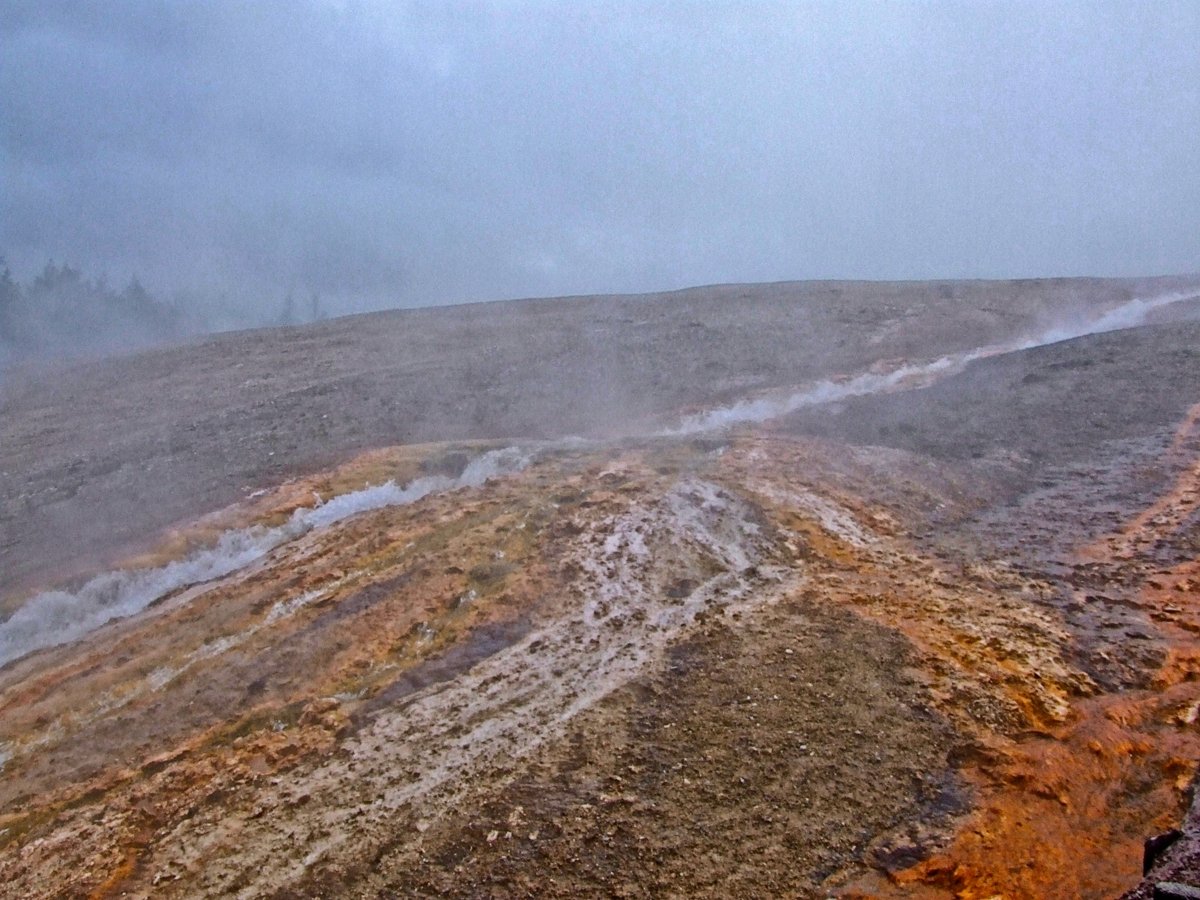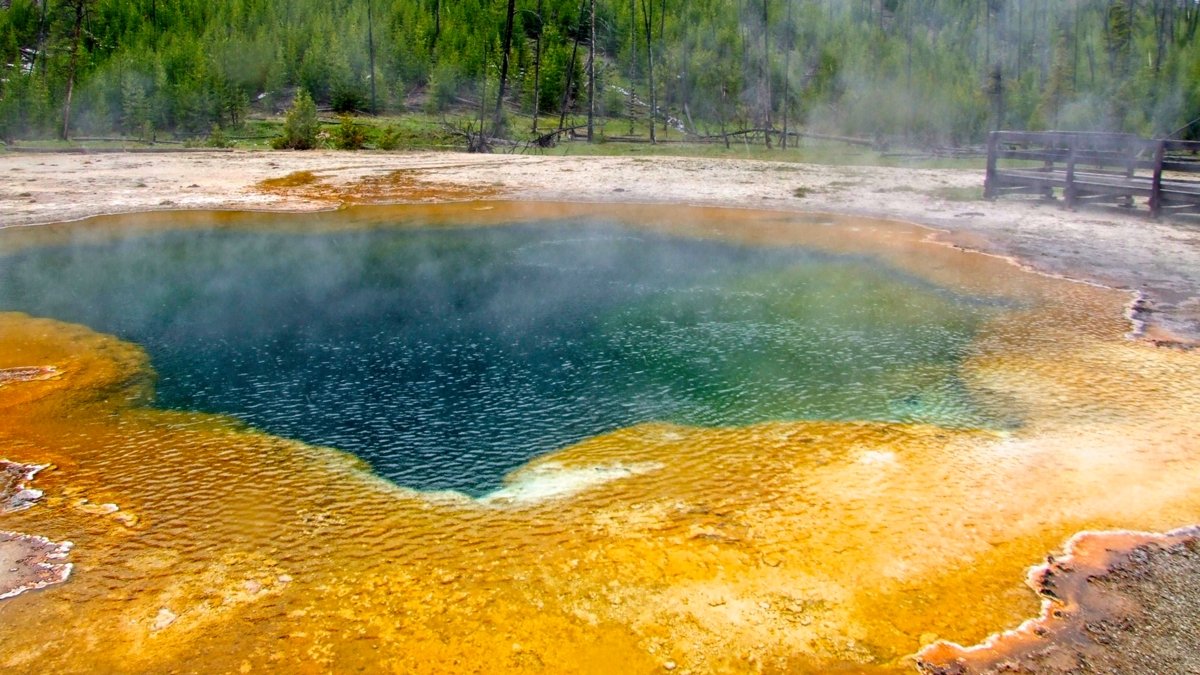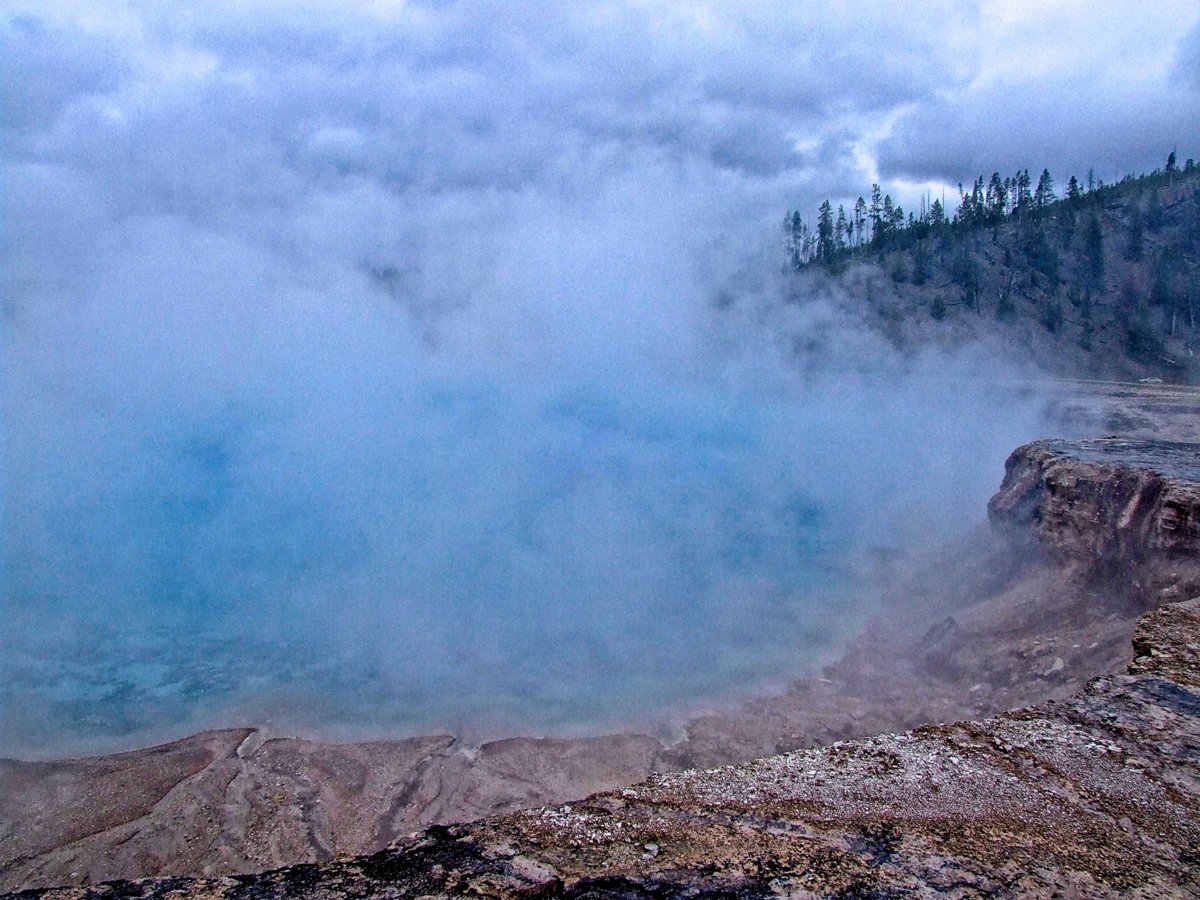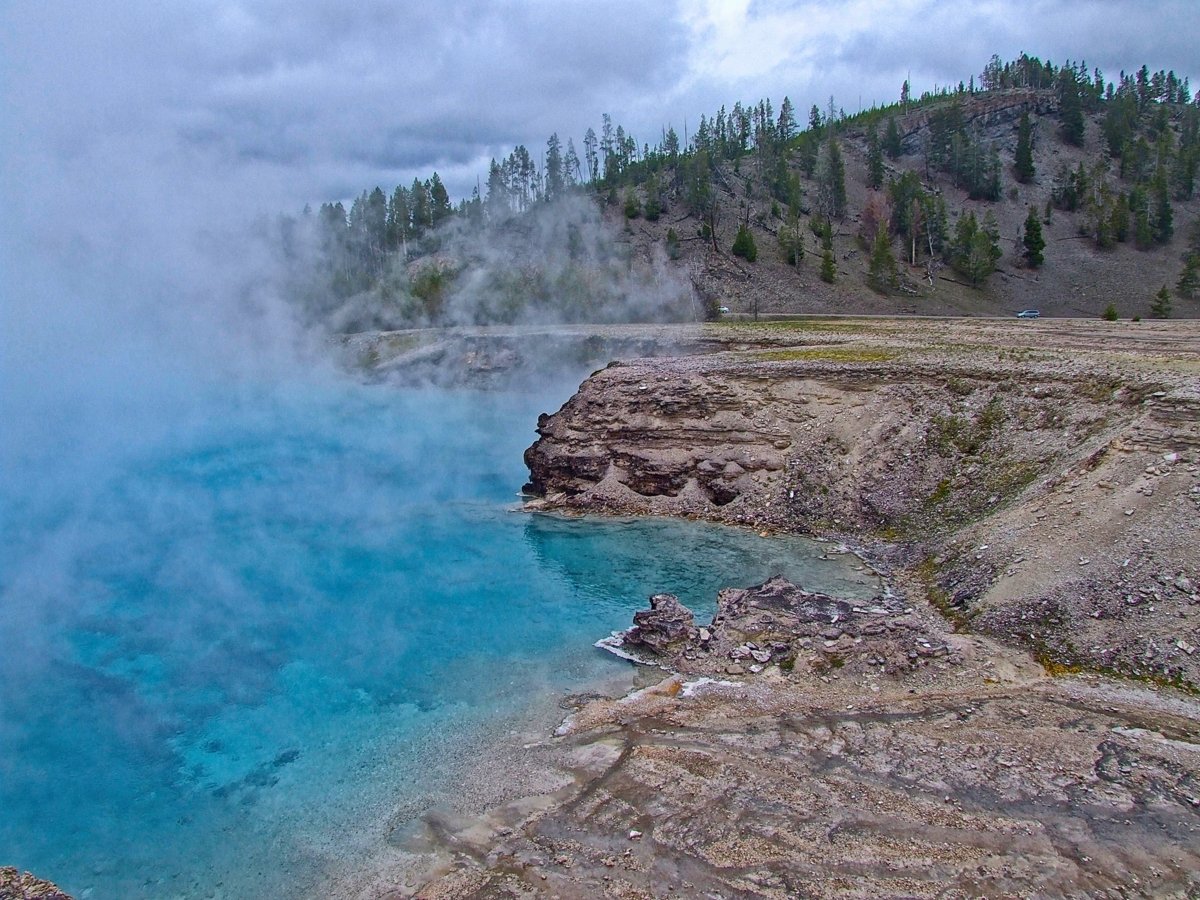
Yellowstone
YELLOWSTONE - The World's First National Park
On March 1, 1872, Yellowstone became the first national park for all to enjoy the unique hydrothermal and geologic features. Within Yellowstone's 2.2 million acres, visitors have unparalleled opportunities to observe wildlife in an intact ecosystem, explore geothermal areas that contain about half the world’s active geysers, and view geologic wonders like the Grand Canyon of the Yellowstone River. Yellowstone is one of the world’s largest active volcanic systems. Its history began 16.5 million years ago when present-day southeastern Oregon sat over a hotspot—a massive plume of hot material upwelling from the earth’s mantle. Around this time, the first in a series of catastrophic volcanic eruptions occurred that would progress northeast as the North American Plate drifted southwest over the stationary hotspot.
Yellowstone now sits over the hotspot, and its rocks record evidence of the three most recent caldera-forming eruptions, which occurred 2.1 million, 1.3 million, and 631,000 years ago. The first eruption was the largest, releasing 588 cubic miles of material, and the most recent eruption formed the 30- by 45-mile-wide Yellowstone caldera. Each caldera-forming eruption was preceded and followed by a period of smaller eruptions that mostly occurred in the form of slow-moving lava flows. Around 80 of these lava flows—the youngest of which is 70,000 years old—have occurred since the last caldera-forming eruption.
Today, the silicic magma chamber is a few miles beneath the surface of Yellowstone and is composed of 10–30 percent molten rock. This shallow heat source is what creates Yellowstone’s world-famous hydrothermal features and is what drives many of the active geologic processes in the region.
Yellowstone’s abundant and diverse wildlife are as famous as its geysers. There are nearly 300 species of birds, 16 species of fish, five species of amphibians, six species of reptiles, and 67 species of mammals - including eight ungulate species (bighorn sheep, bison, elk, moose, mountain goats, mule deer, pronghorn, and white-tailed deer) and seven large predators (black bears, Canada lynx, coyotes, grizzly bears, mountain lions, wolverines, and wolves).
Delightful Mariposa - a pit stop on the way to Yellowstone

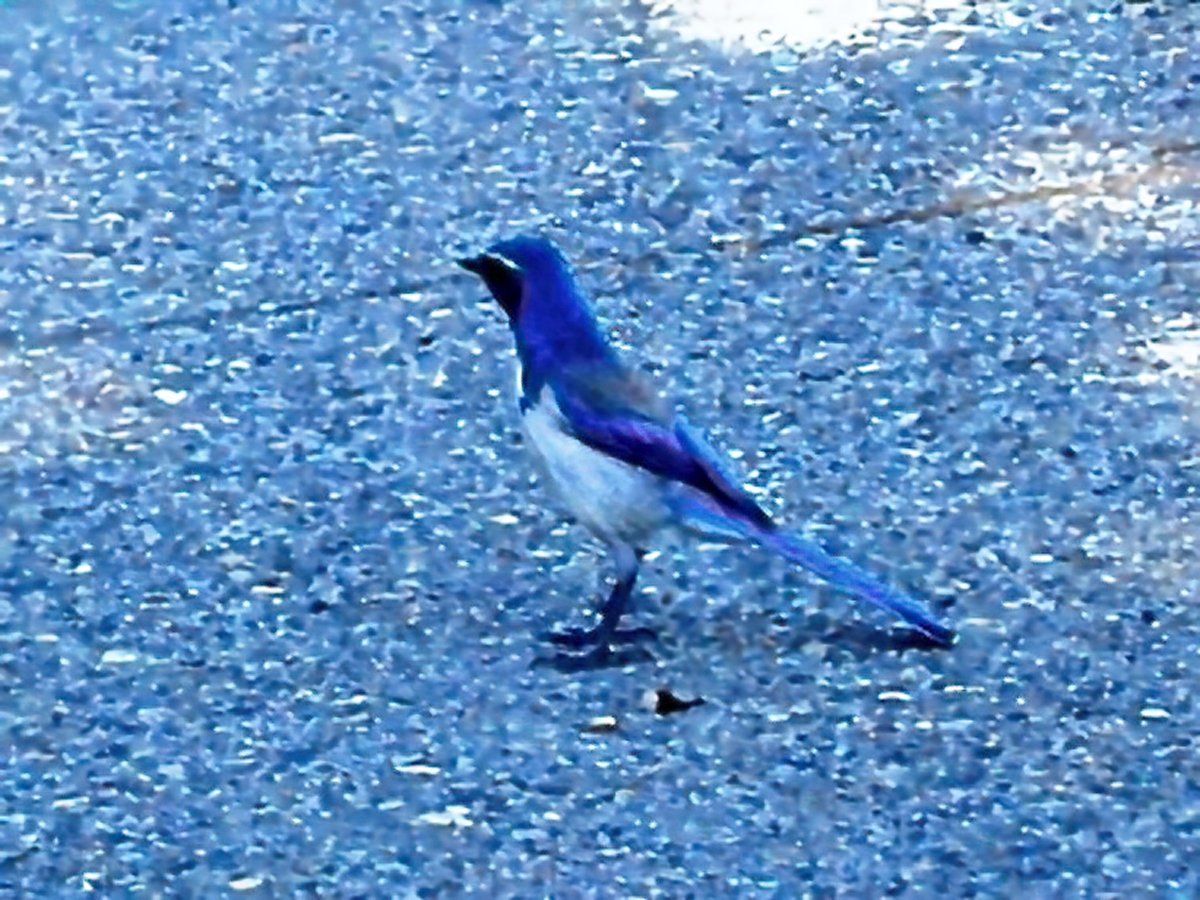
Blue Jay at our motel
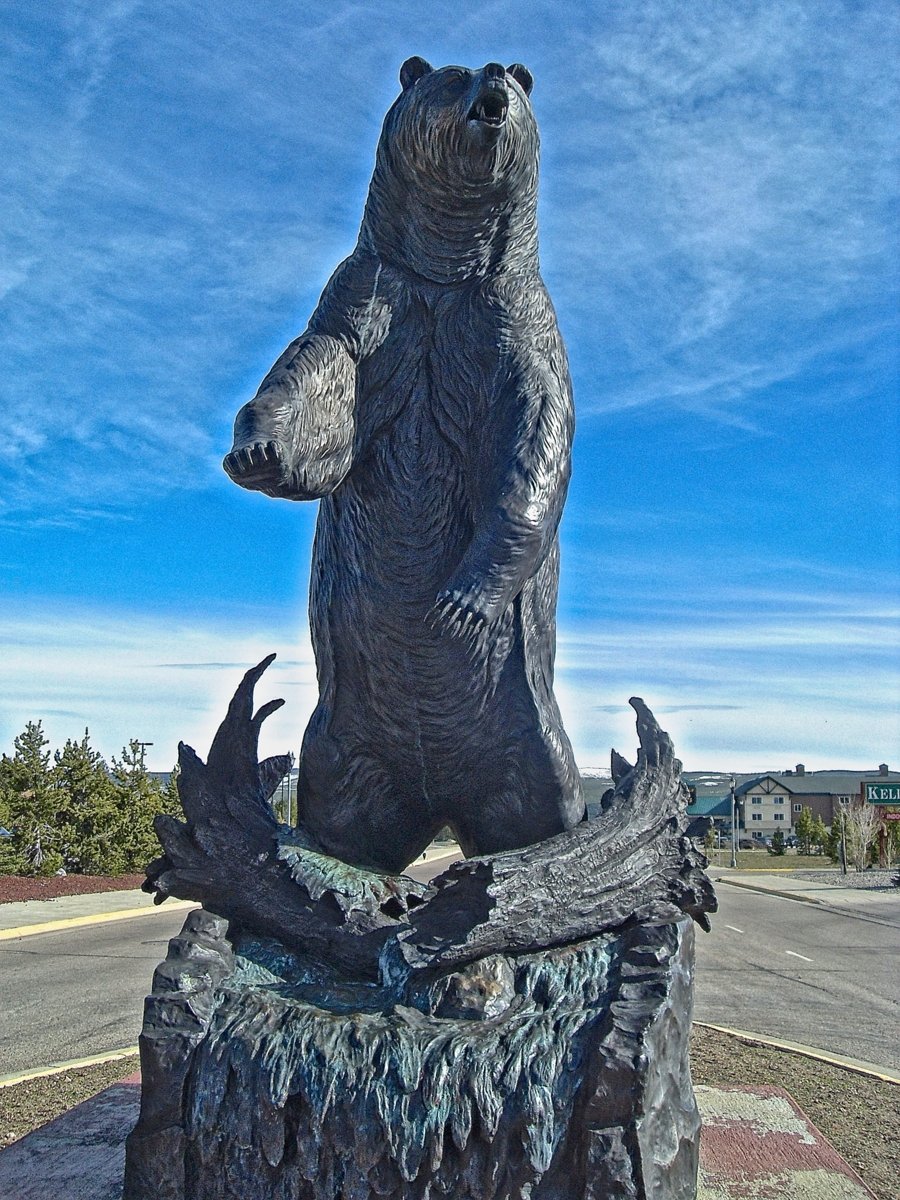
Bear statue West Yellowstone
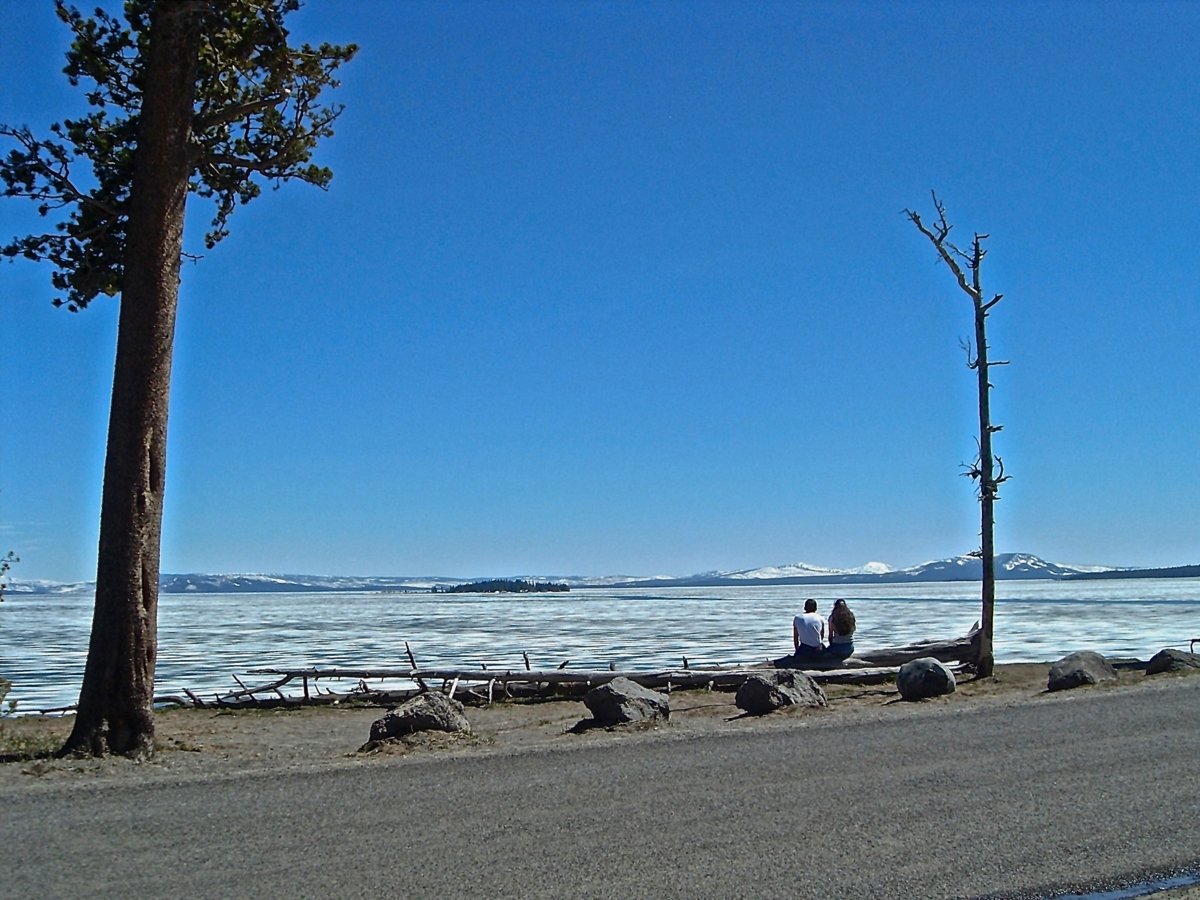
Frozen lake
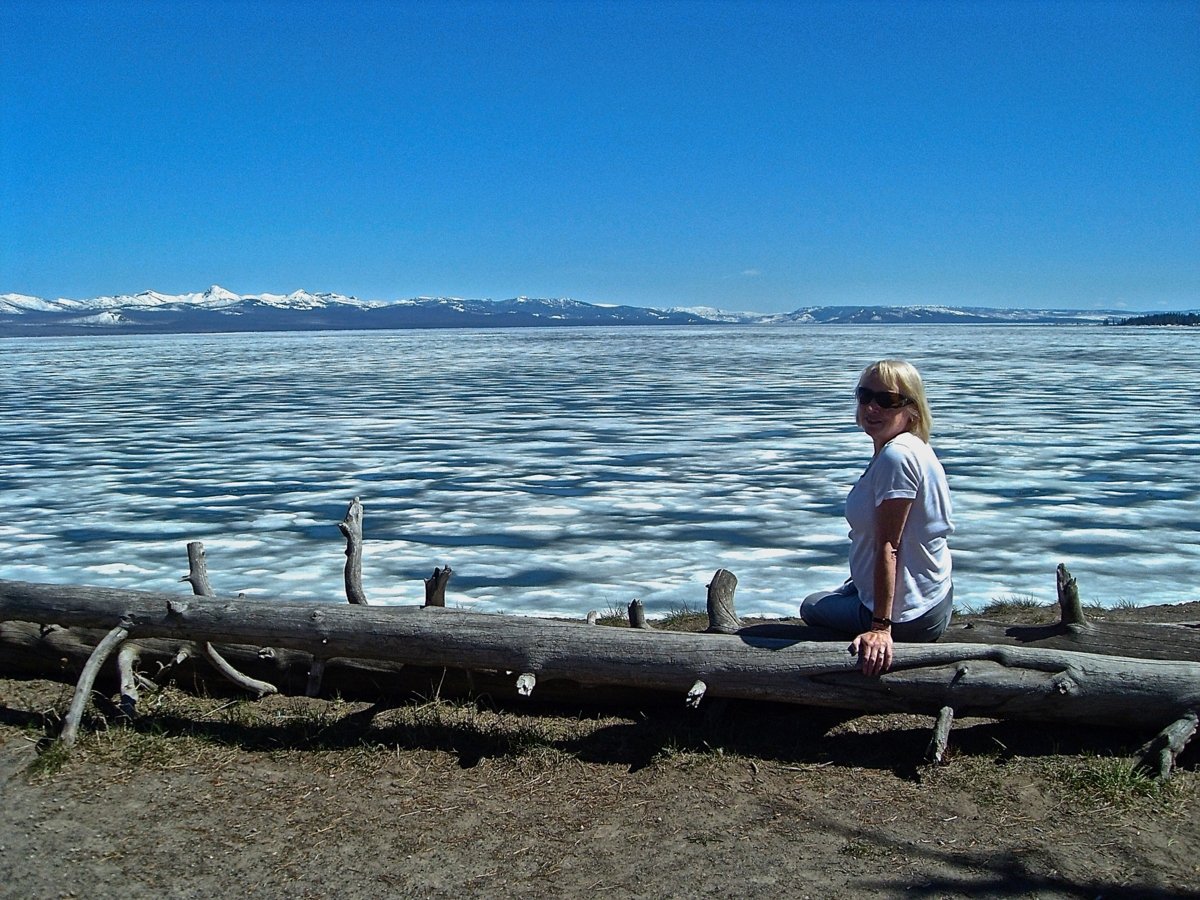
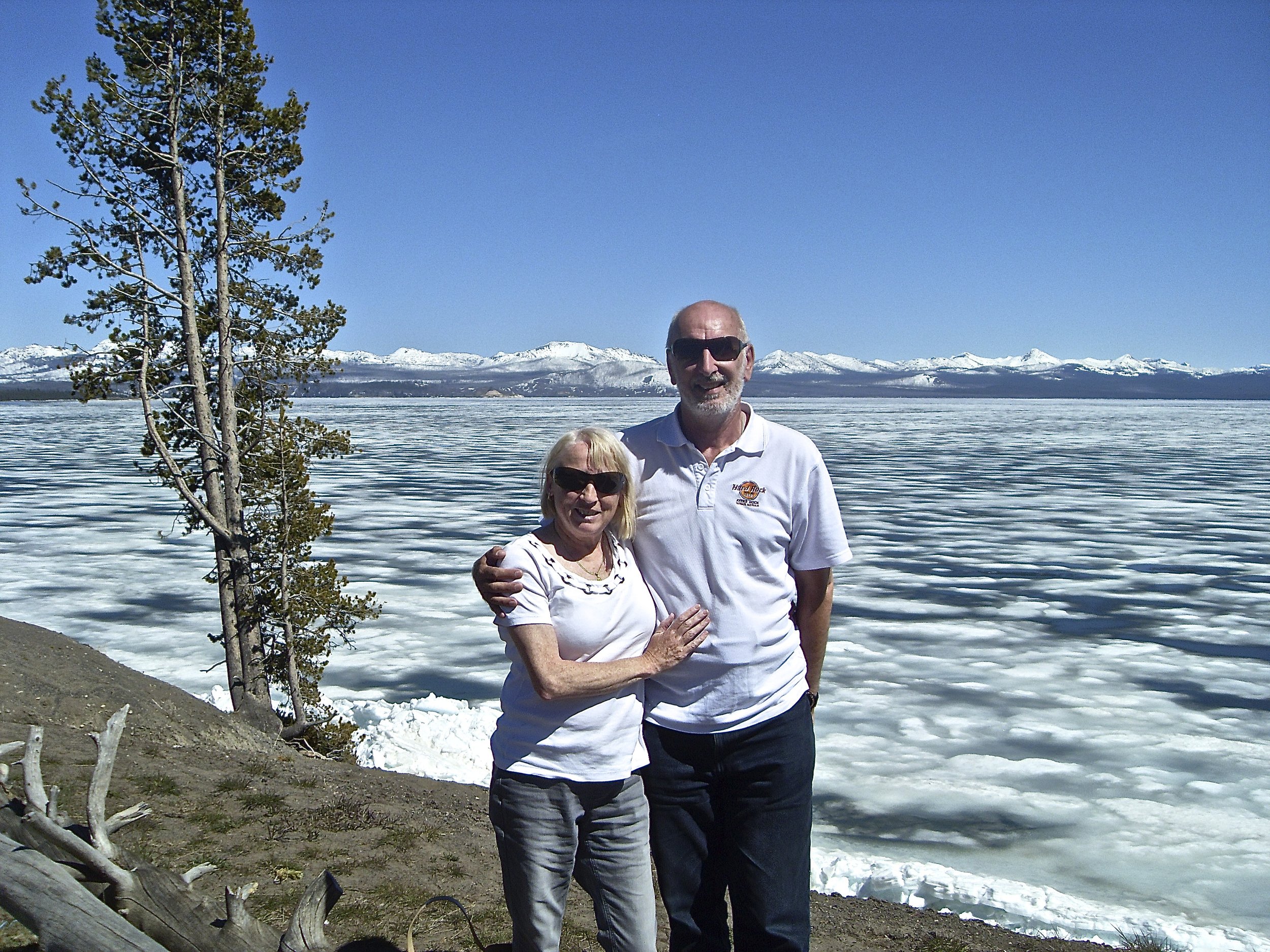


Lots of meltwater

First glimpse of Bison
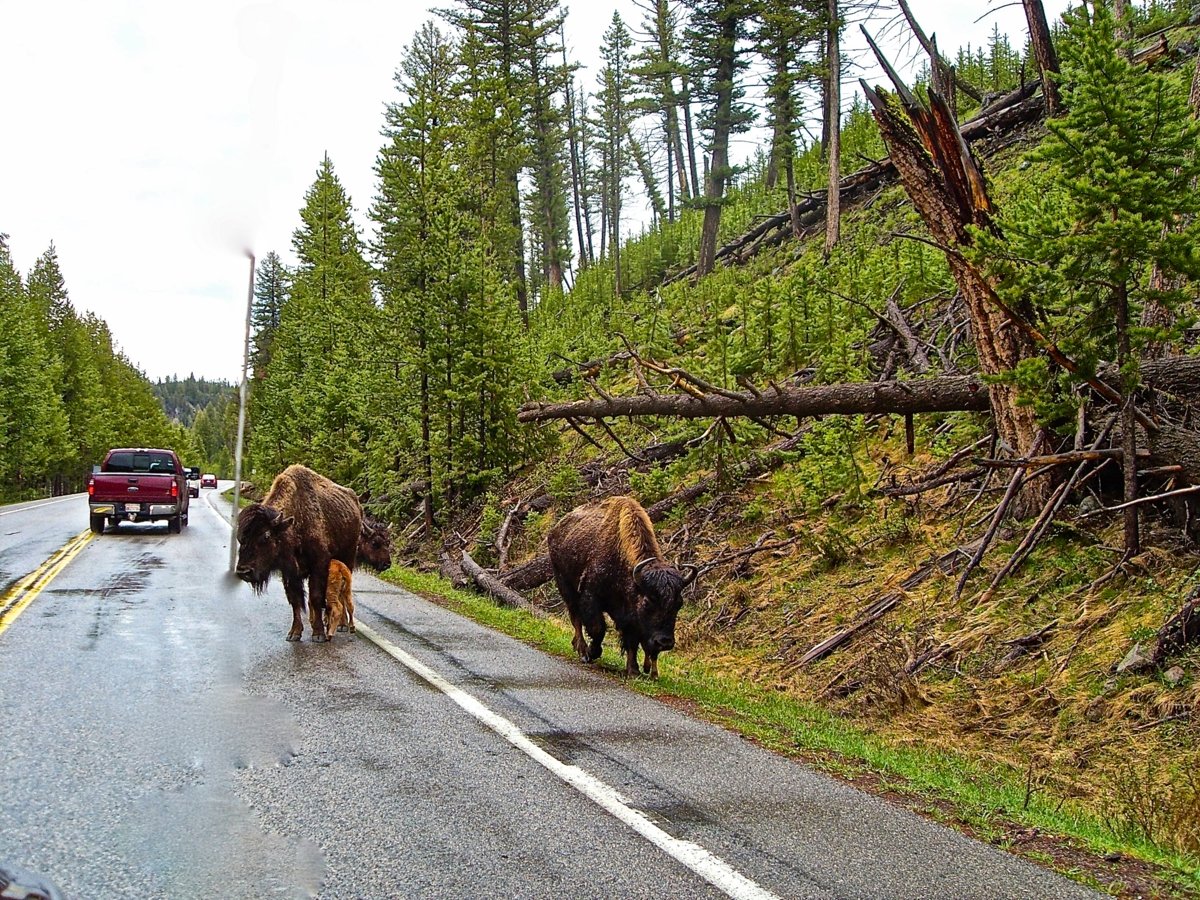
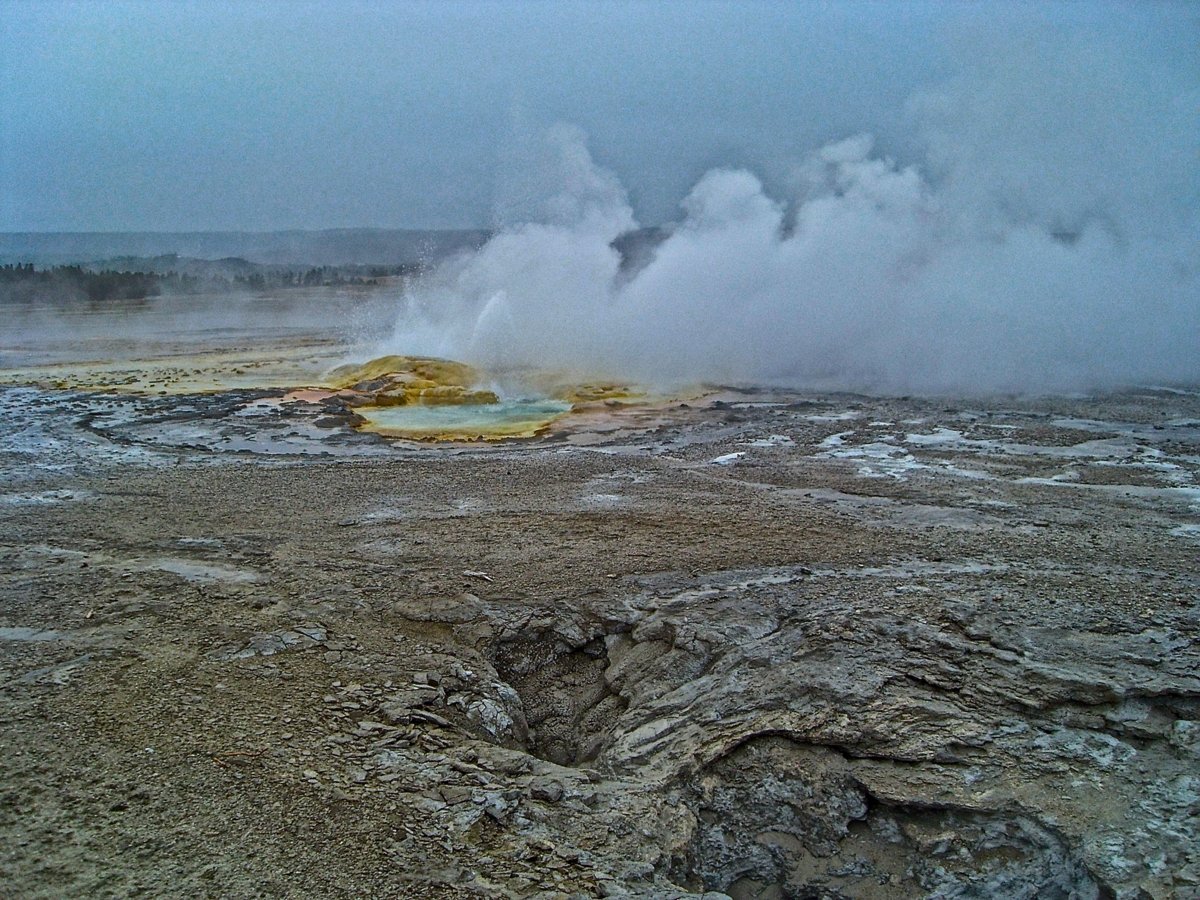
The steaming pools of Yellowstone
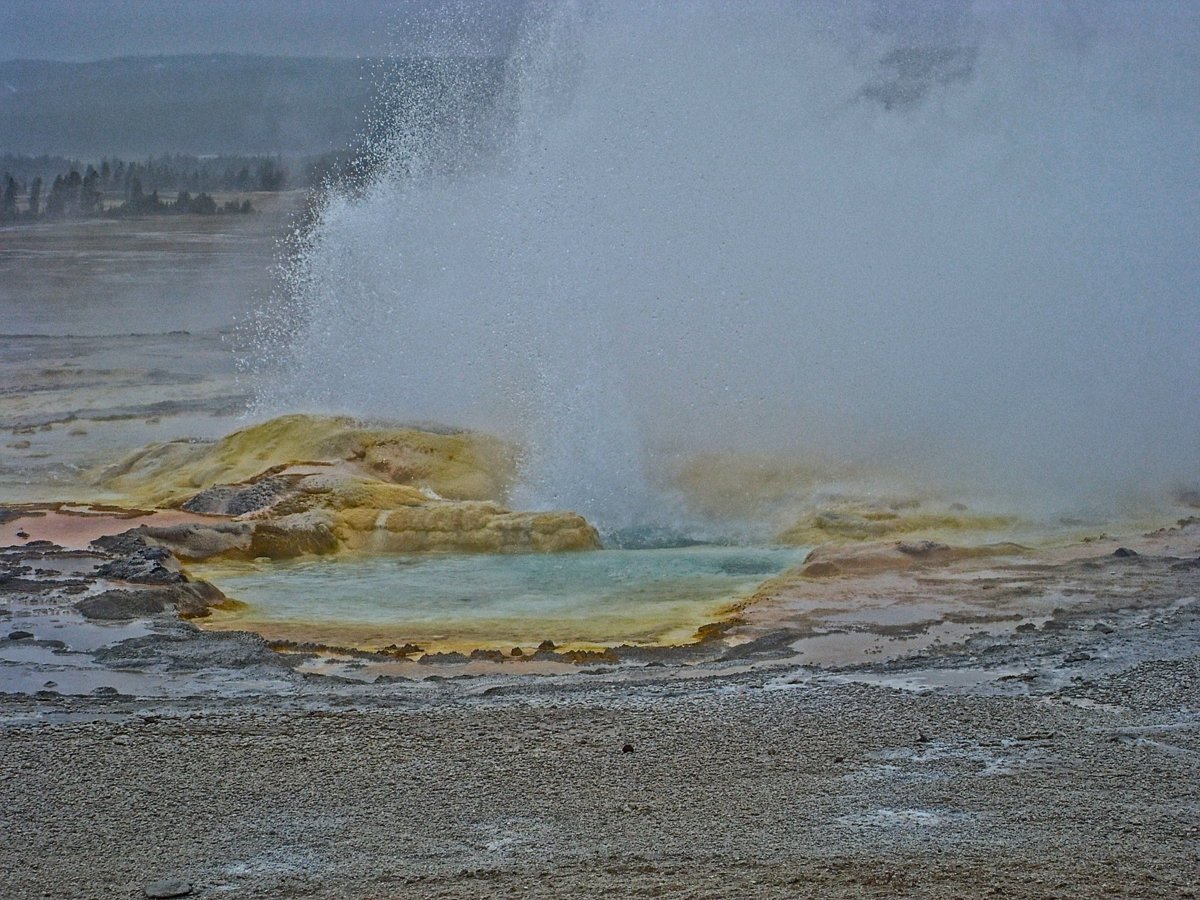
The colours come from "thermophiles" microscopic organisms that thrive in high temperature

This small mound looks like a volcano !
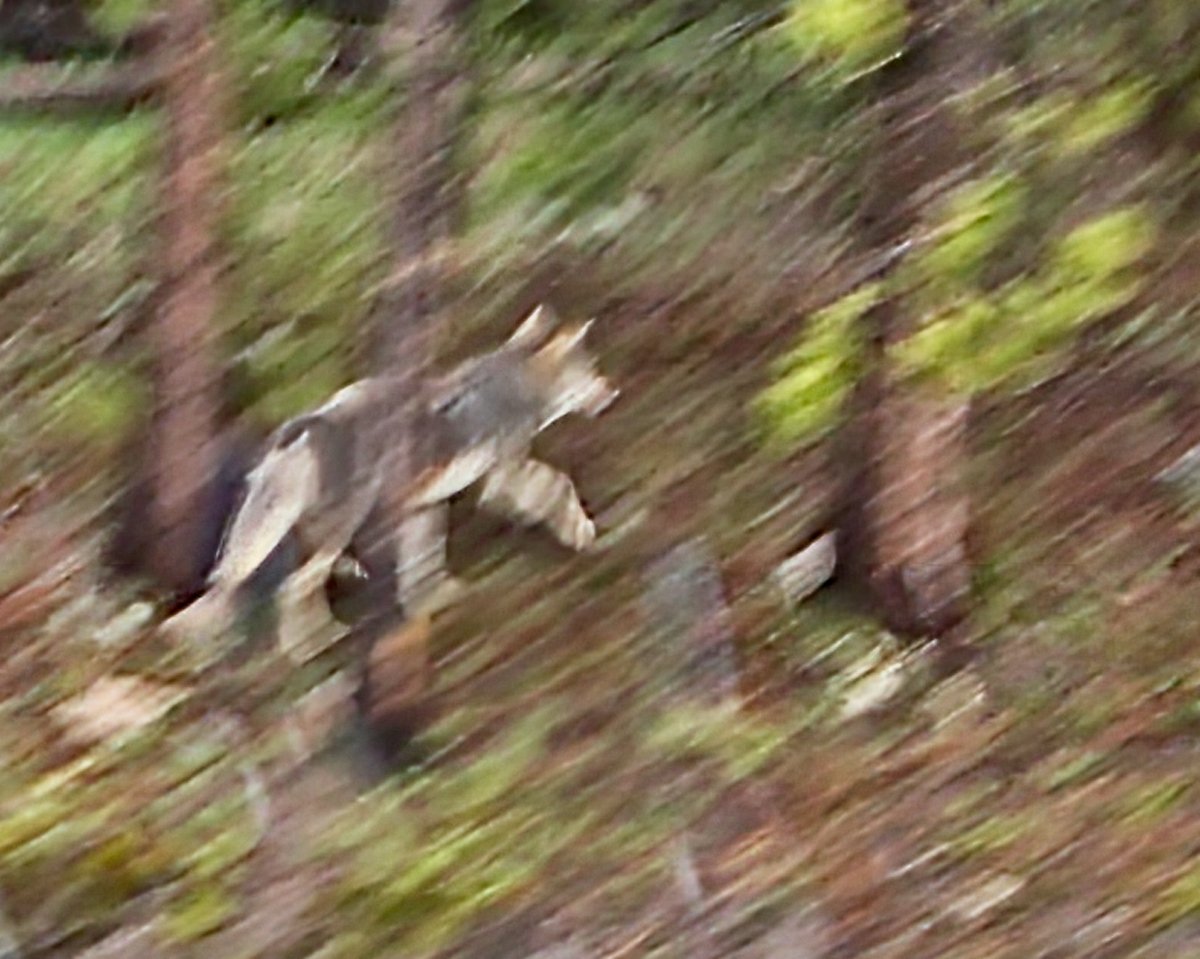
Blurred shot of a wolf.


Beautiful views from the main road



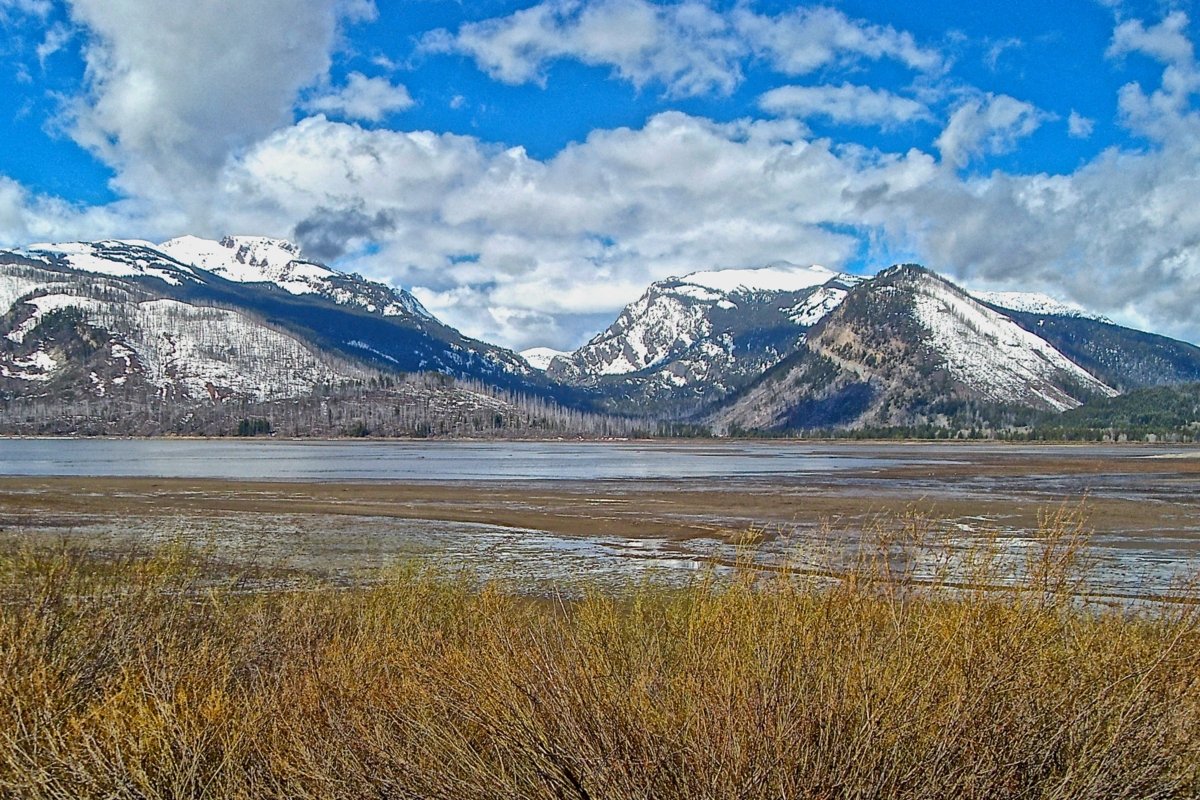
Simply stunning scenery

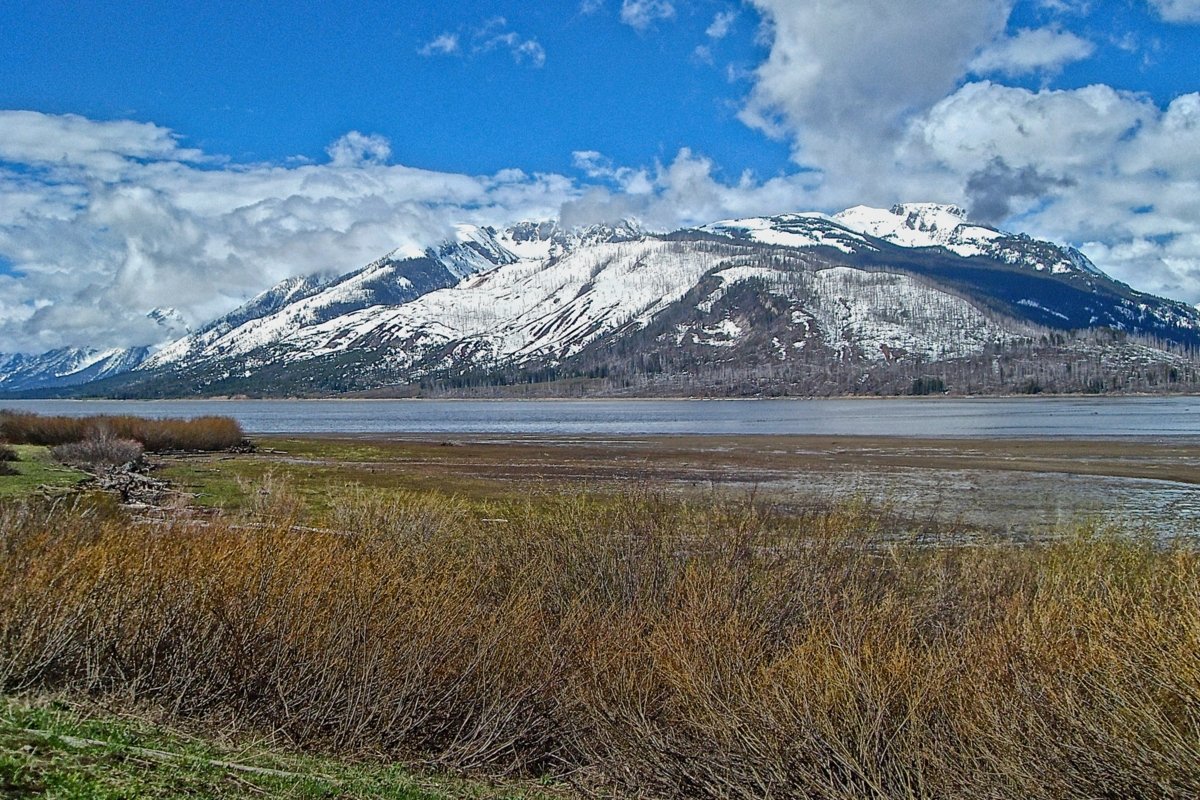

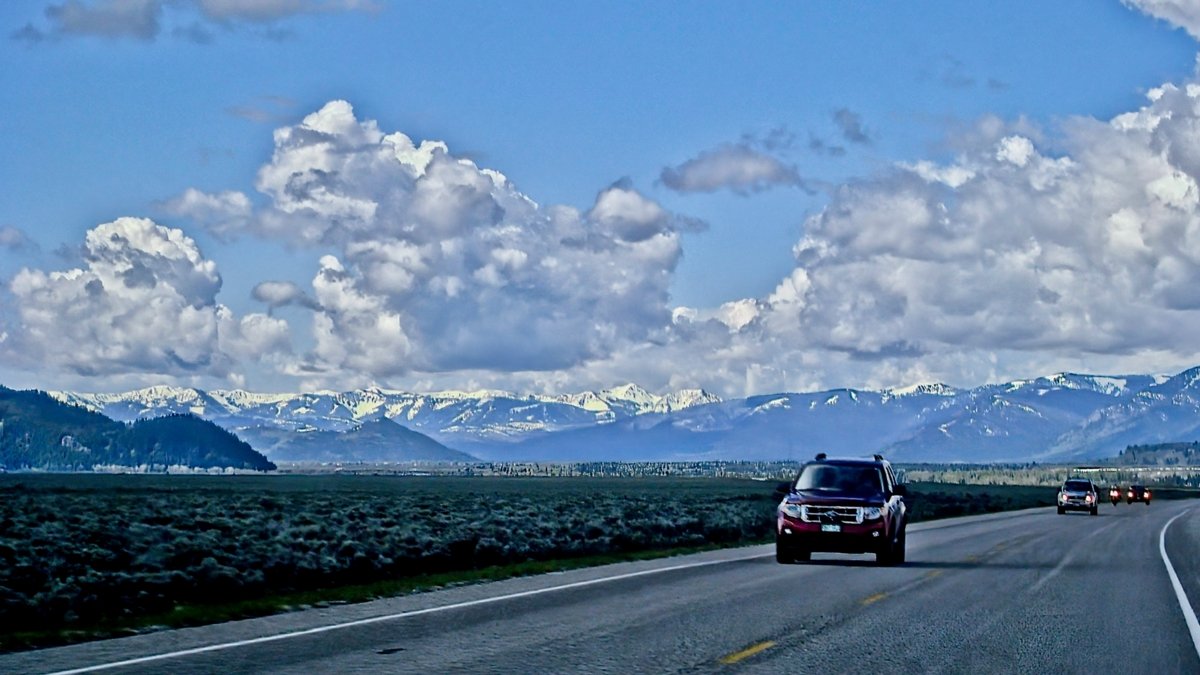

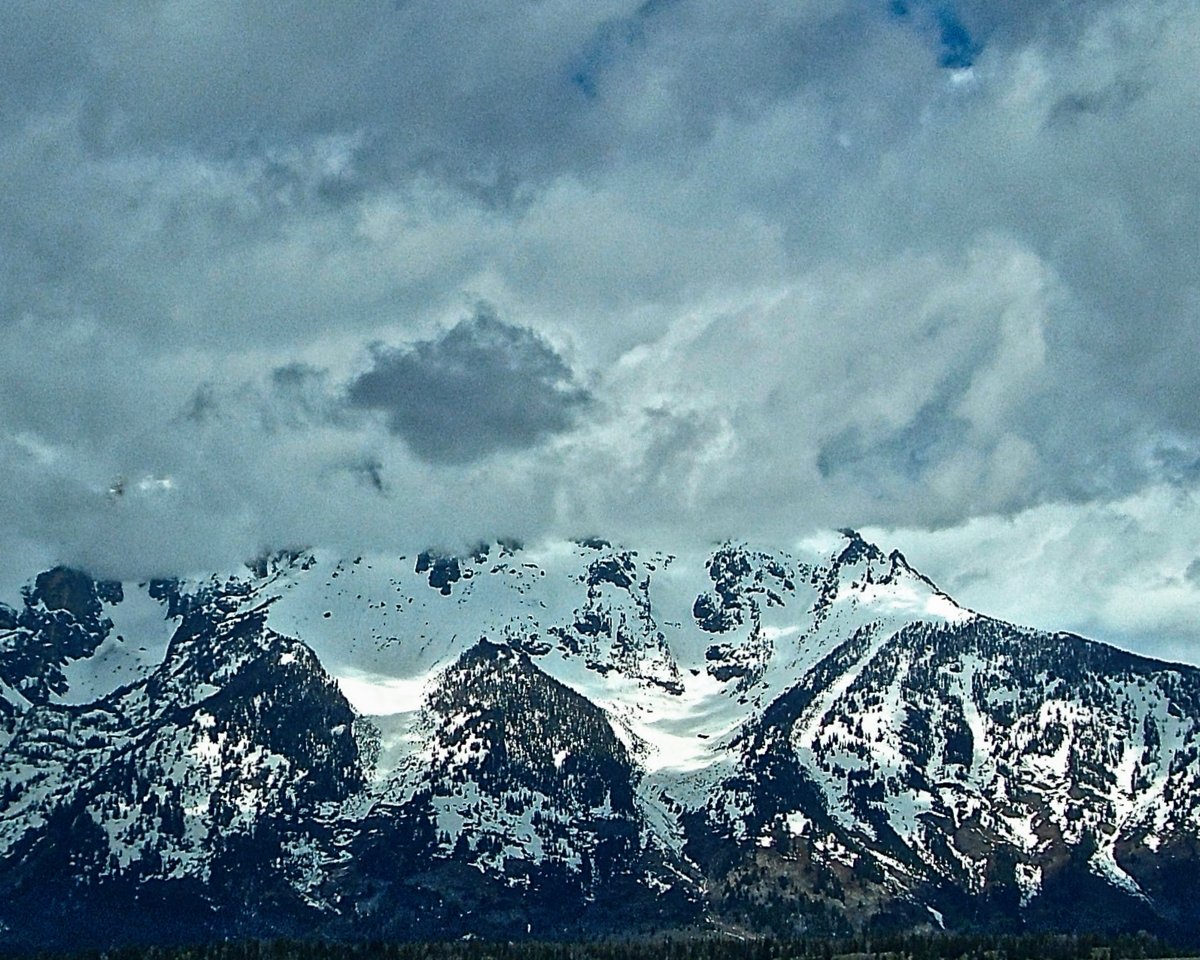
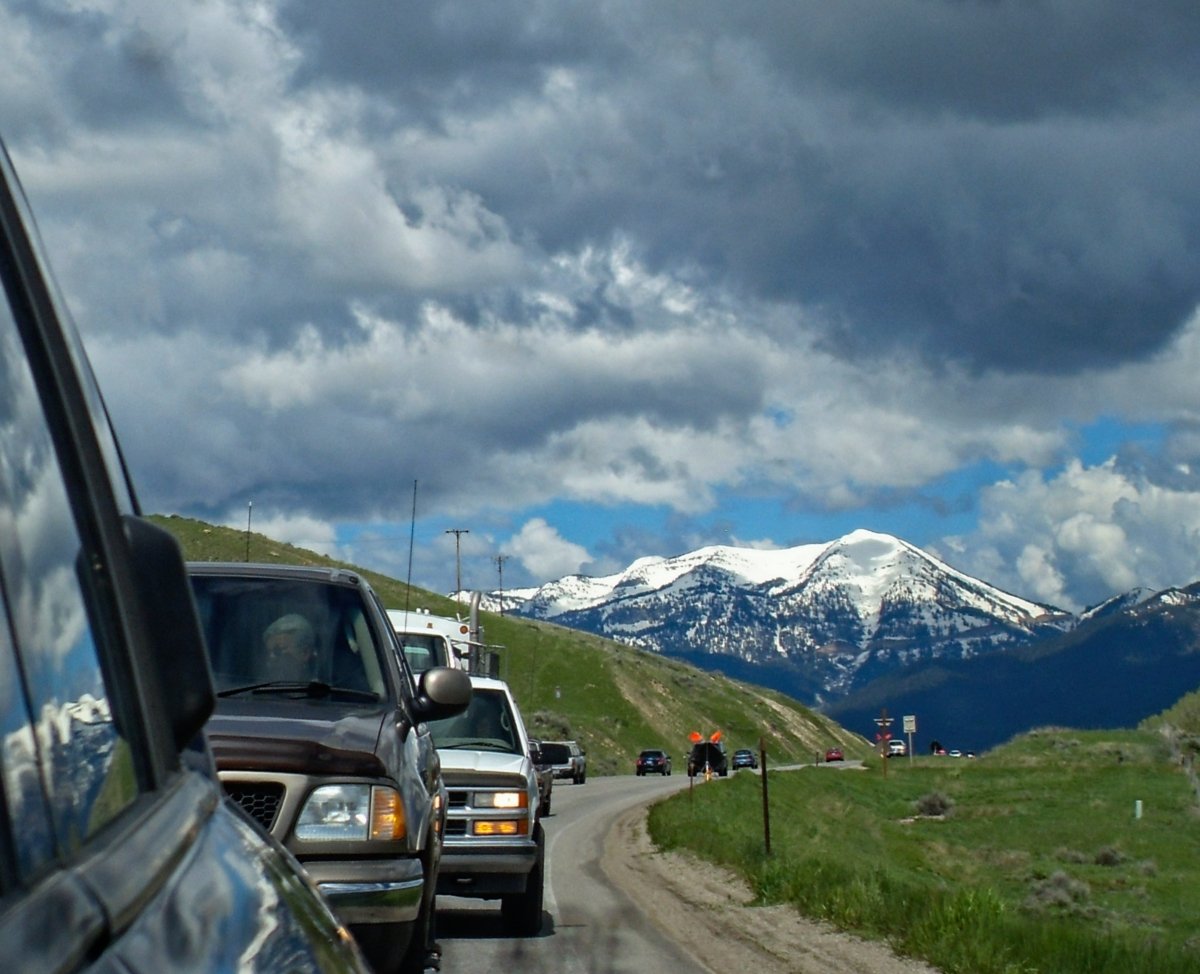
Rear view is just as good as front view !

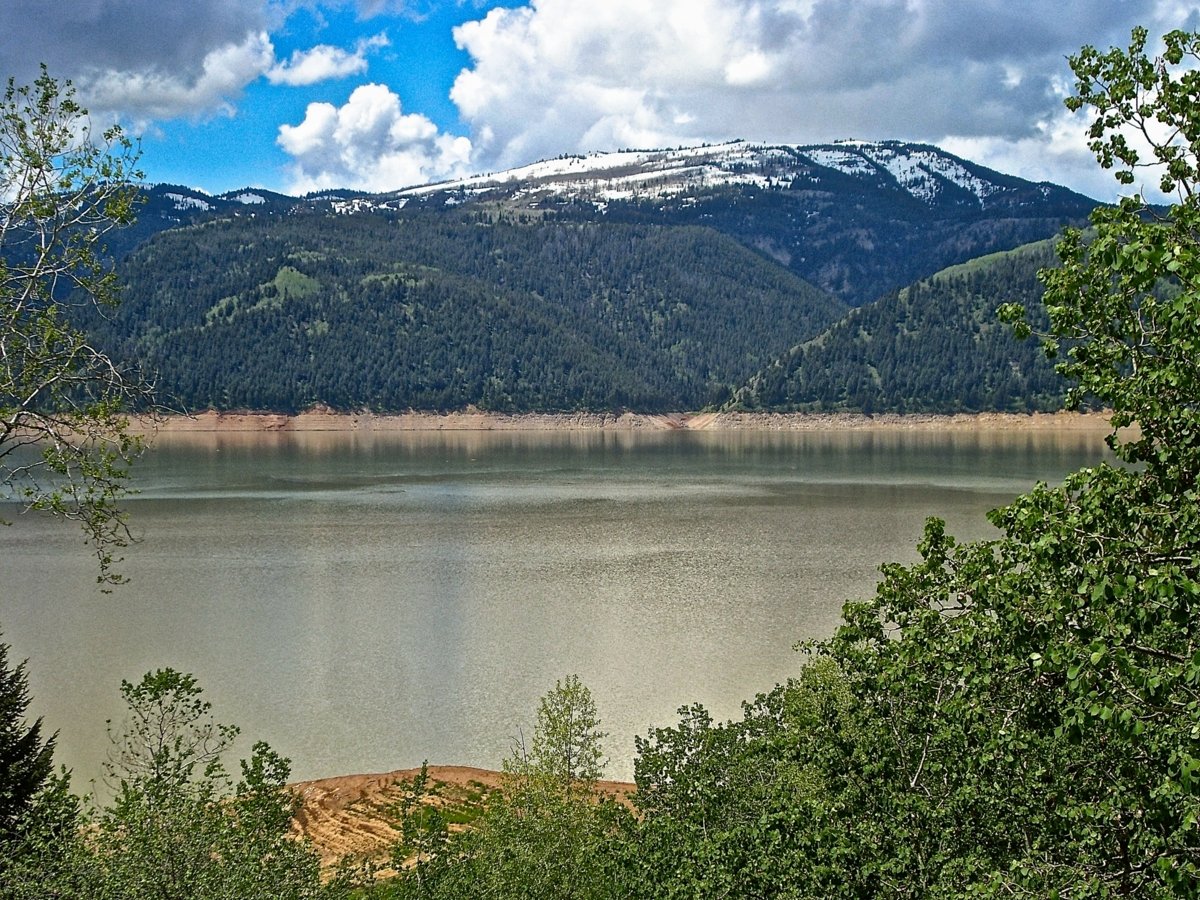
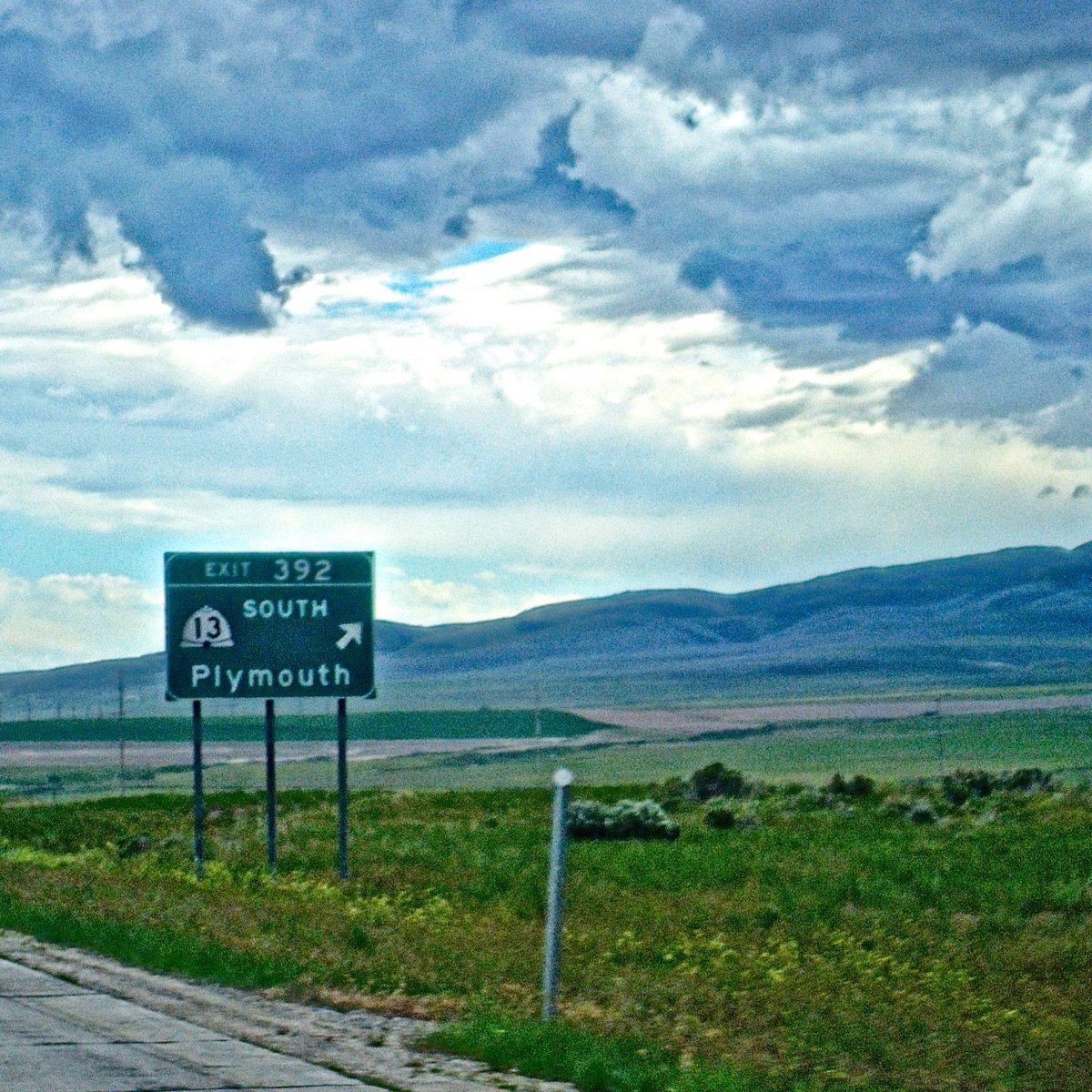
Storm clouds over Plymouth - our UK home town
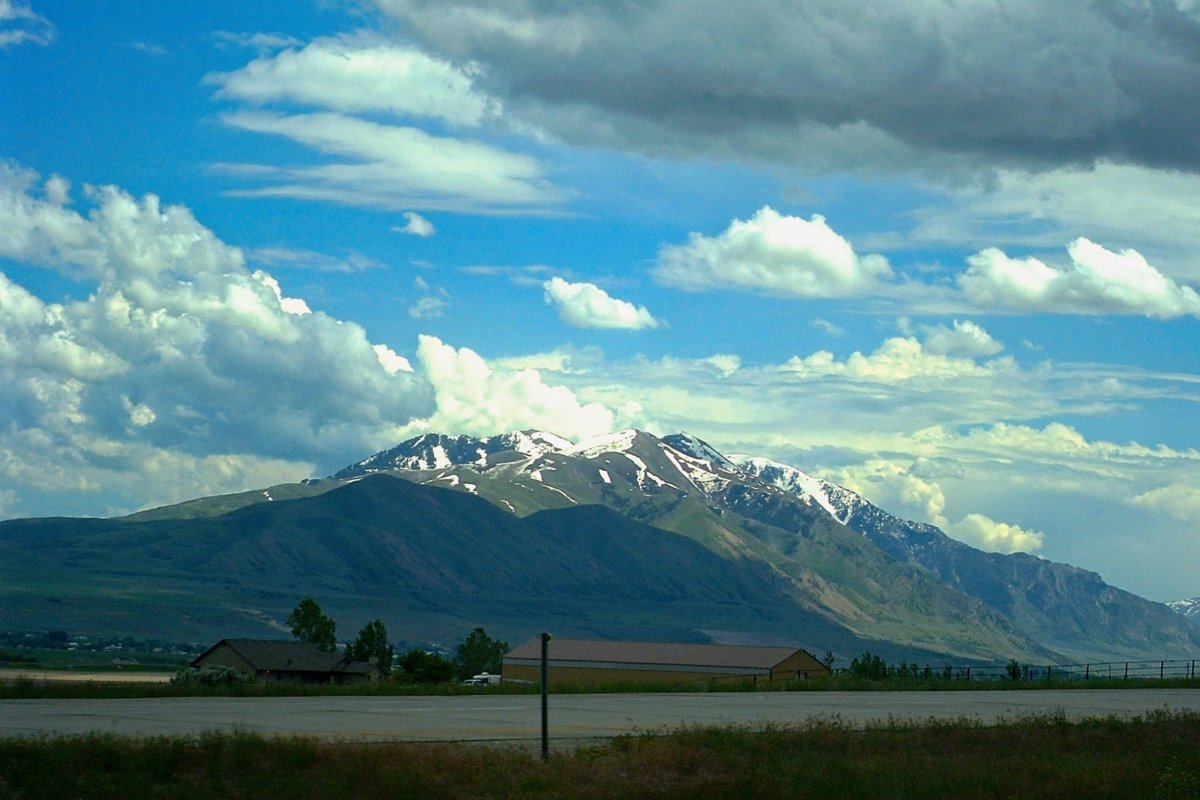

Deer
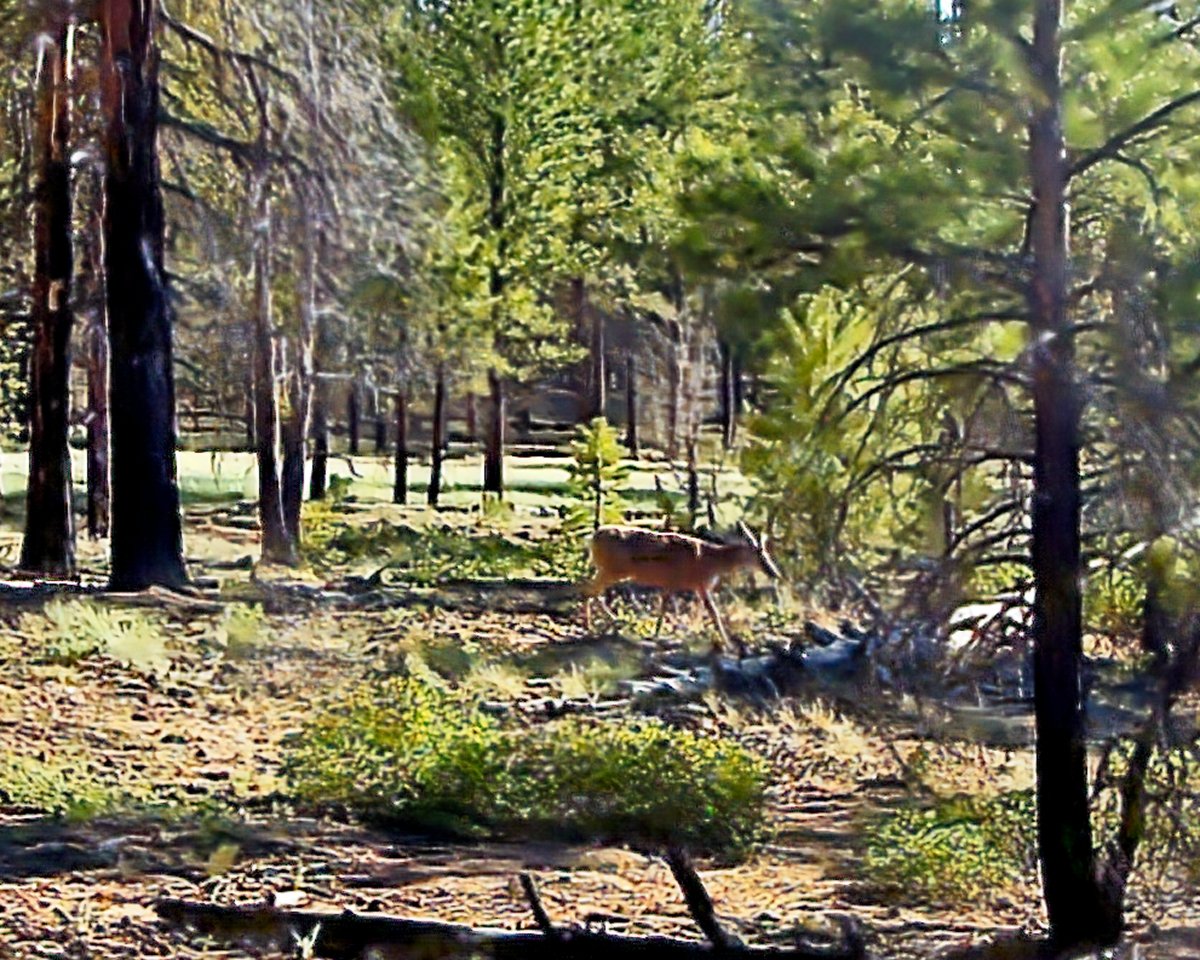

Possibly white tailed deer
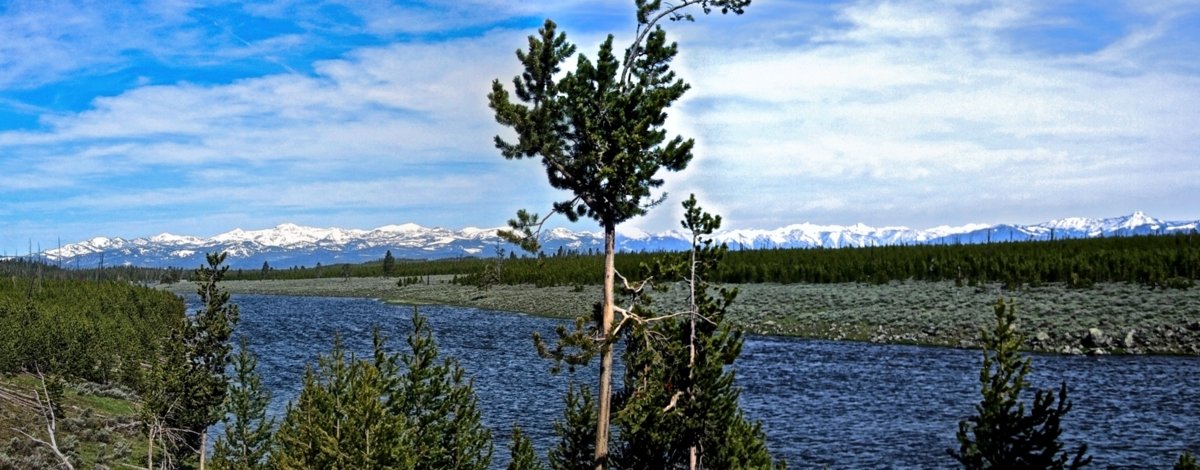
Yellowstone River & mountains panorama
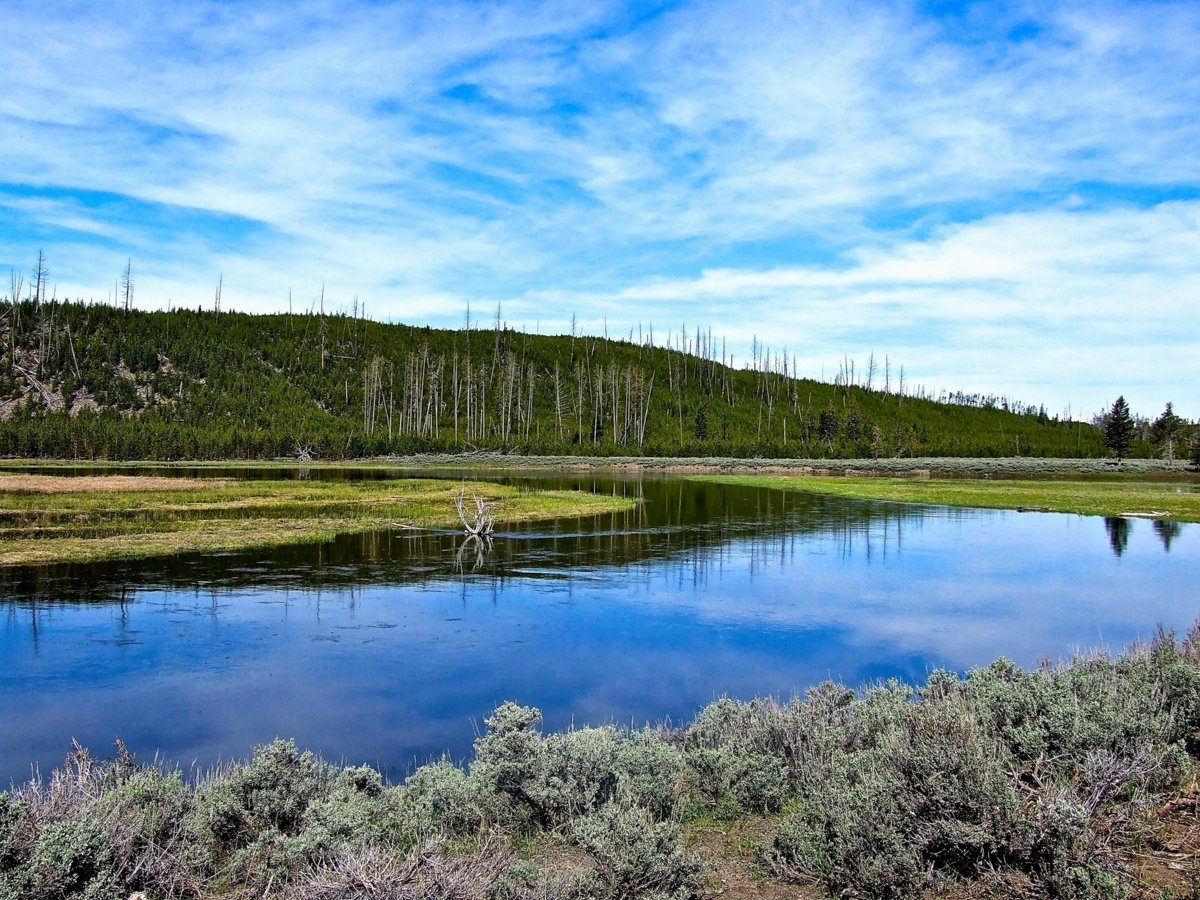


Distant Bison graze in the lush valley pastures
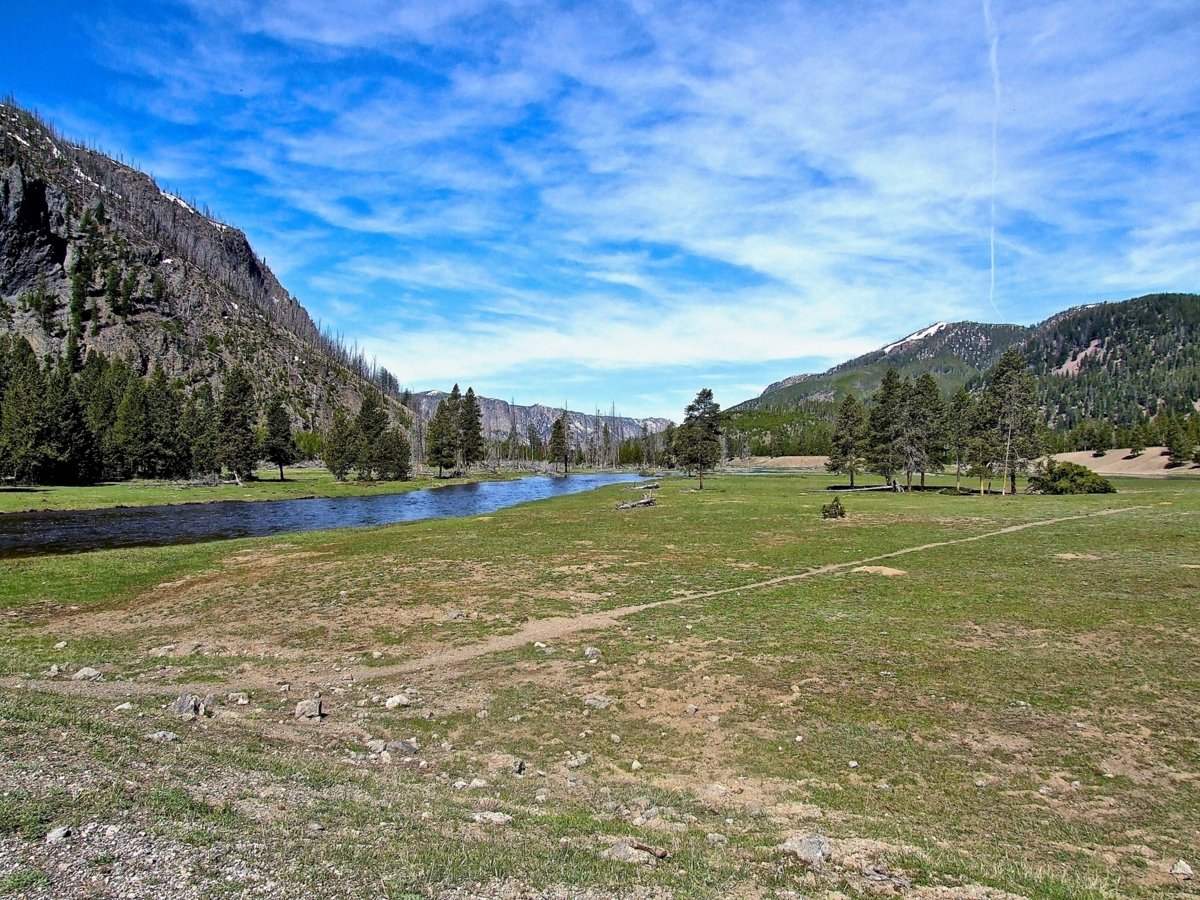

Buffalo art in West Yellowstone
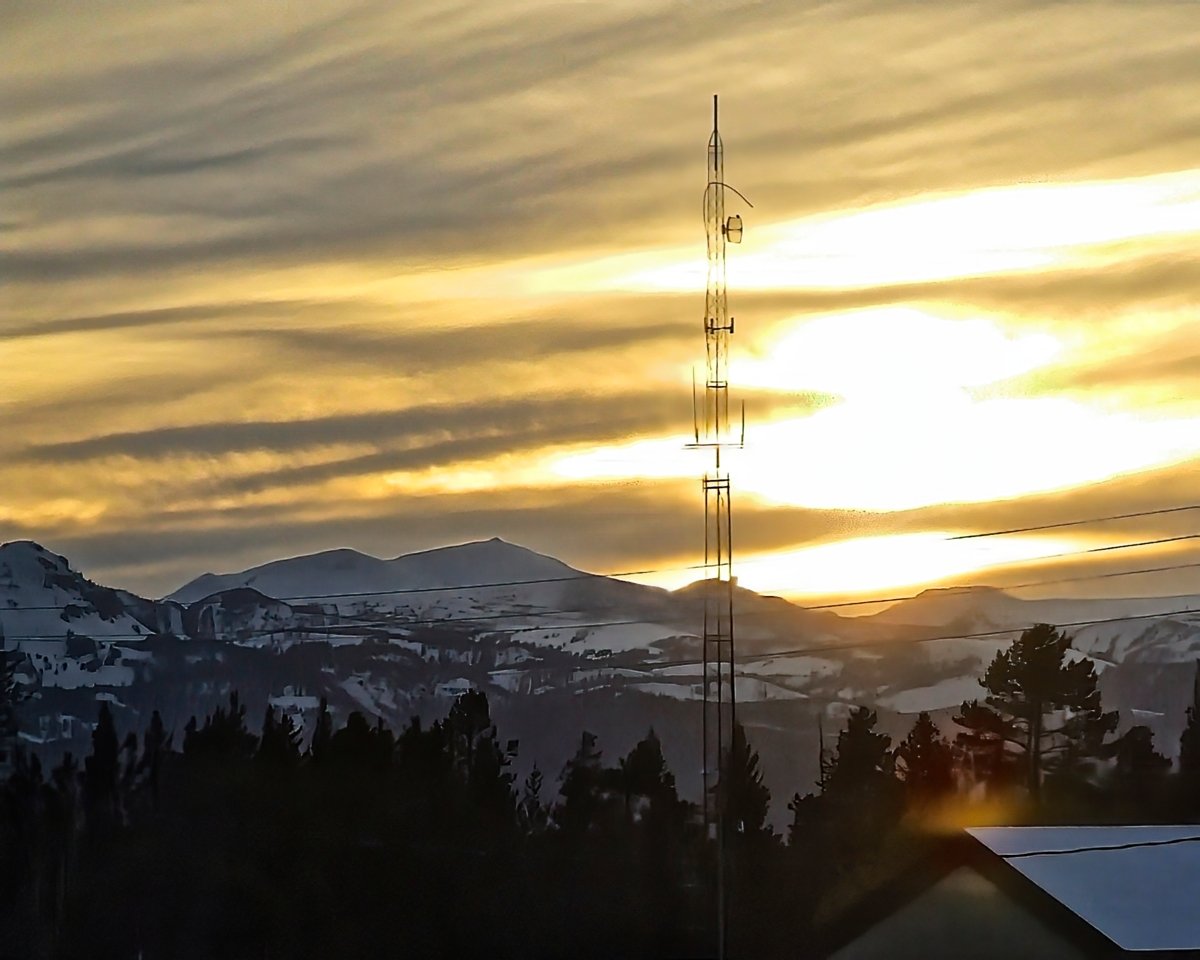
Beautiful sunset West Yellowstone

Traffic gives way to wildlife !

Grazing at the roadside

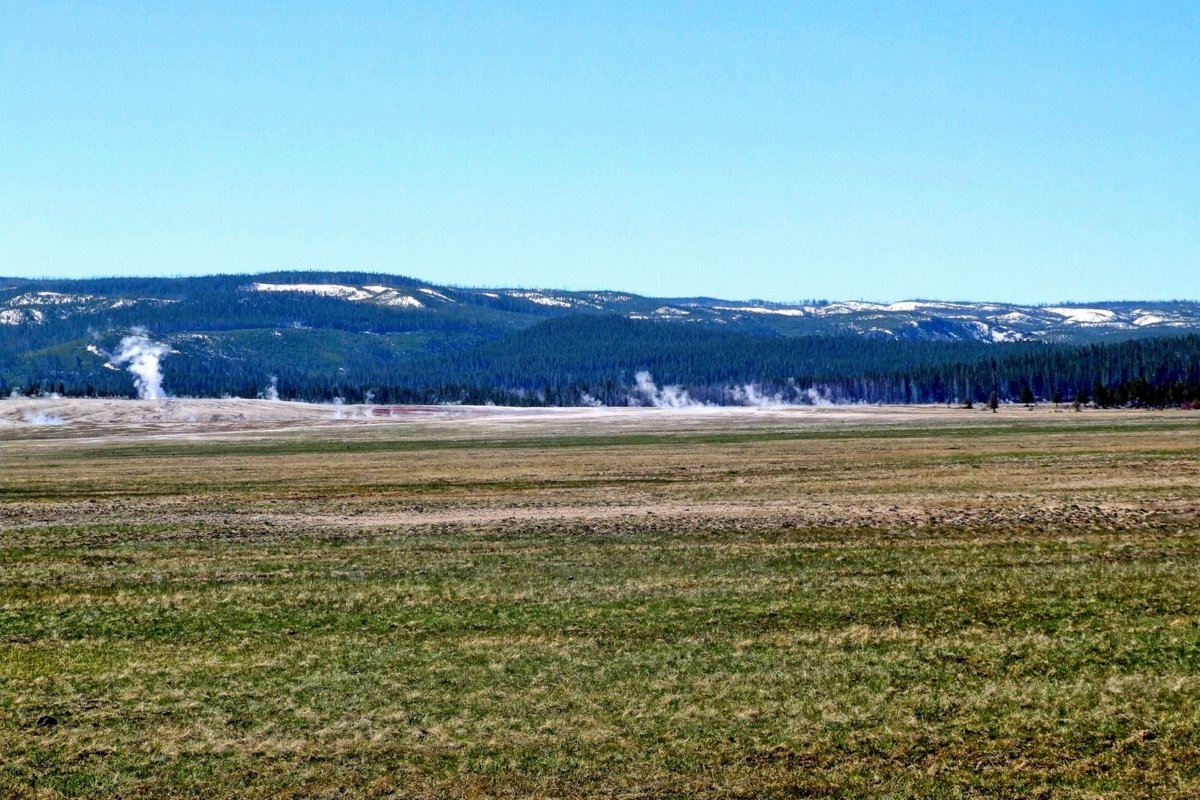

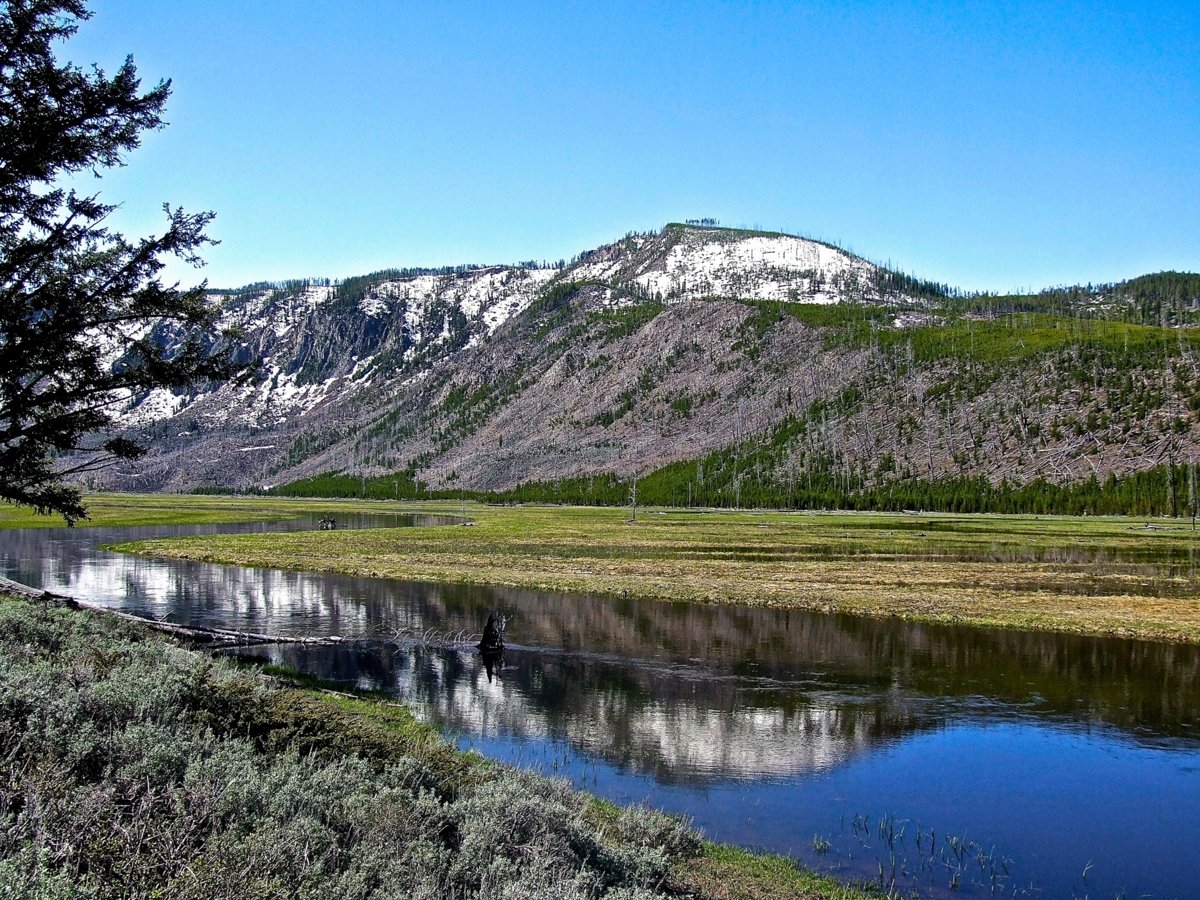
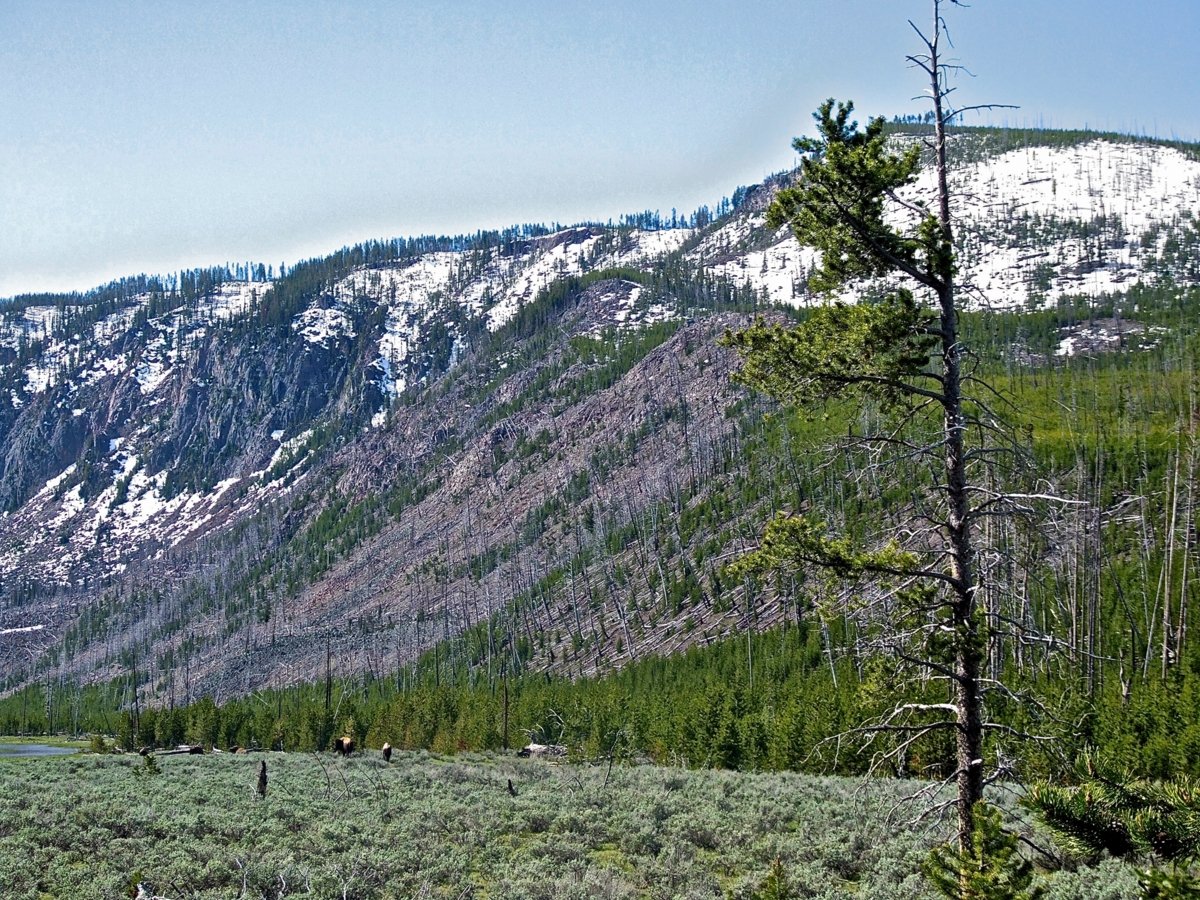
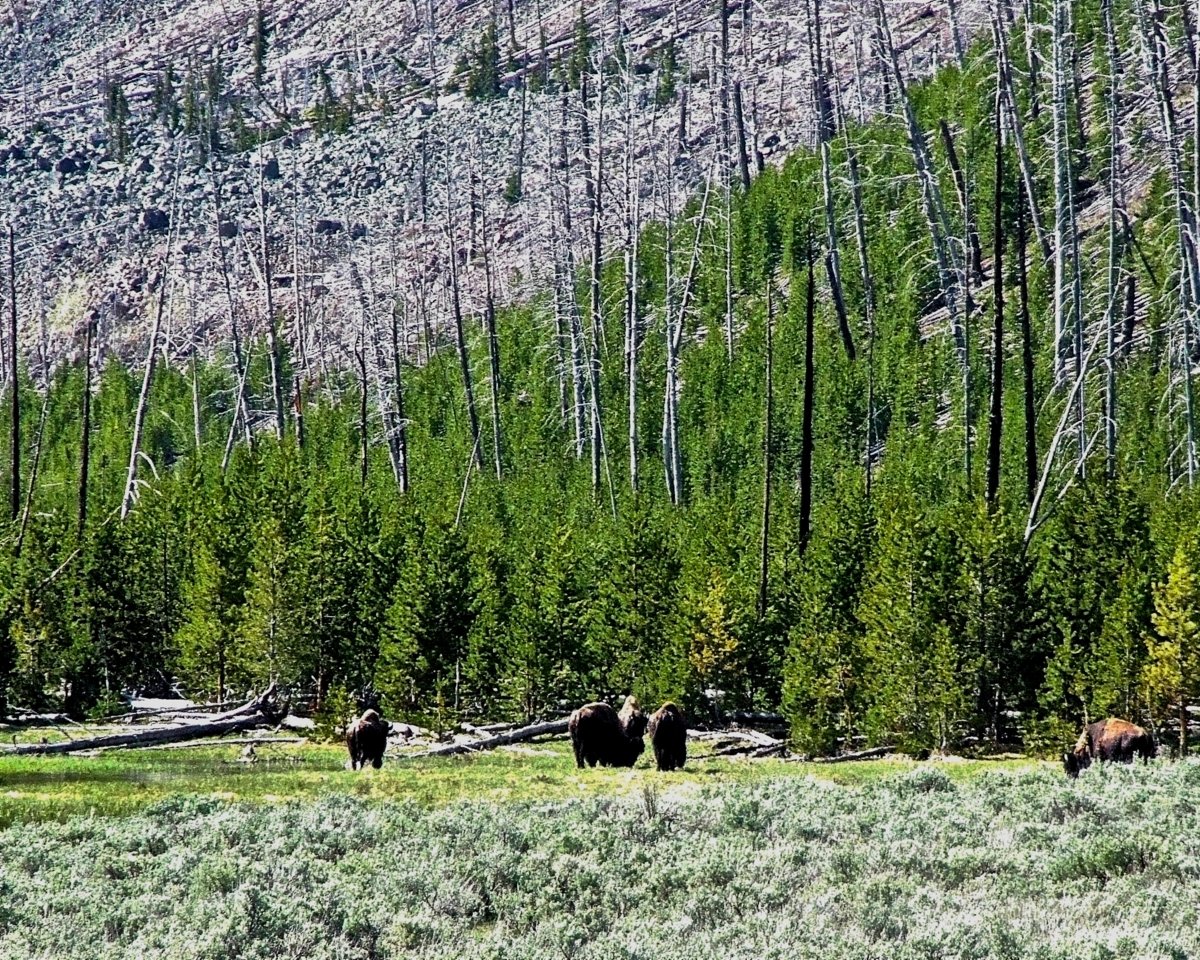



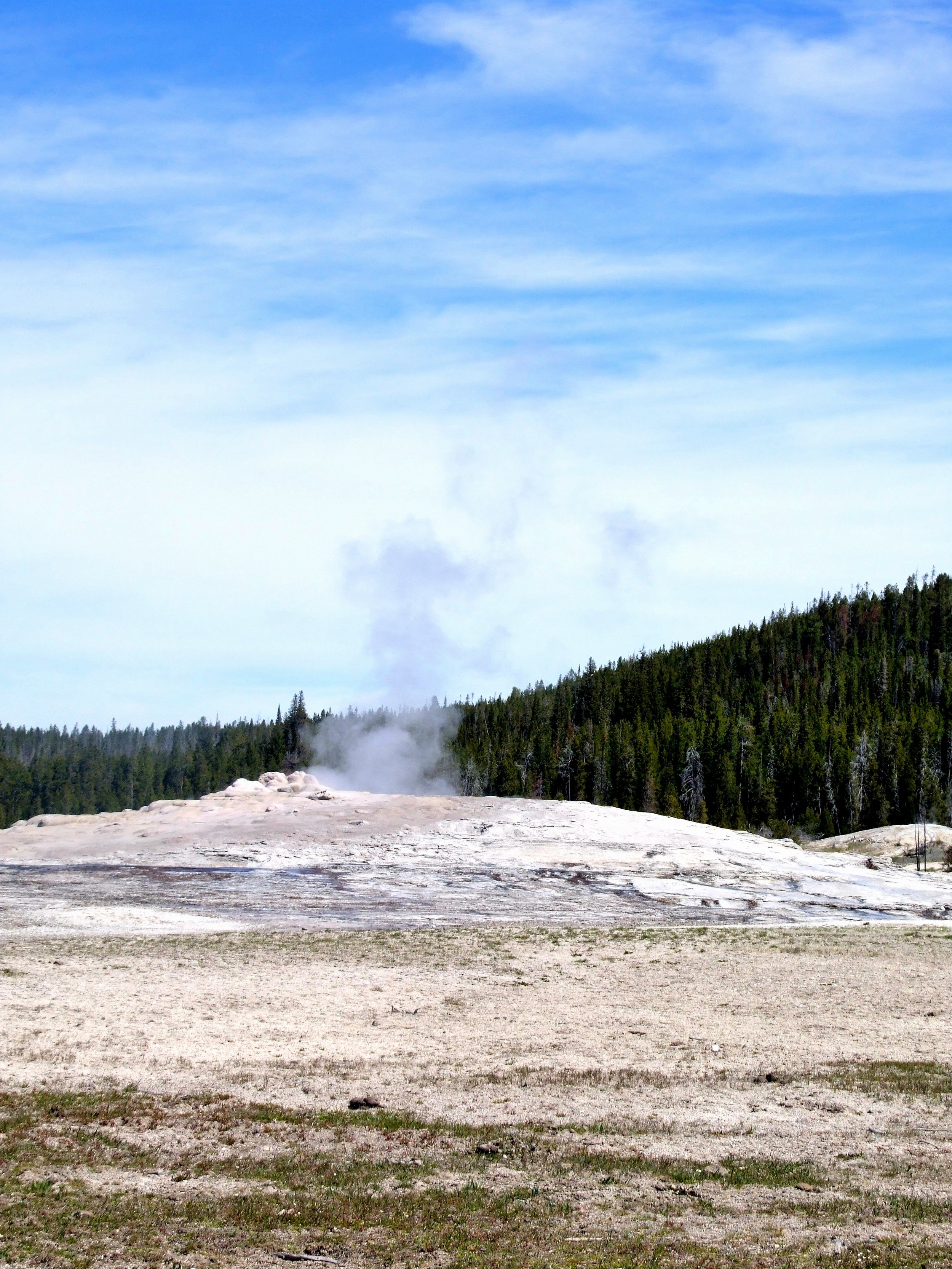
"Old Faithful" geyser begins to bubble.

Not much happens for a while
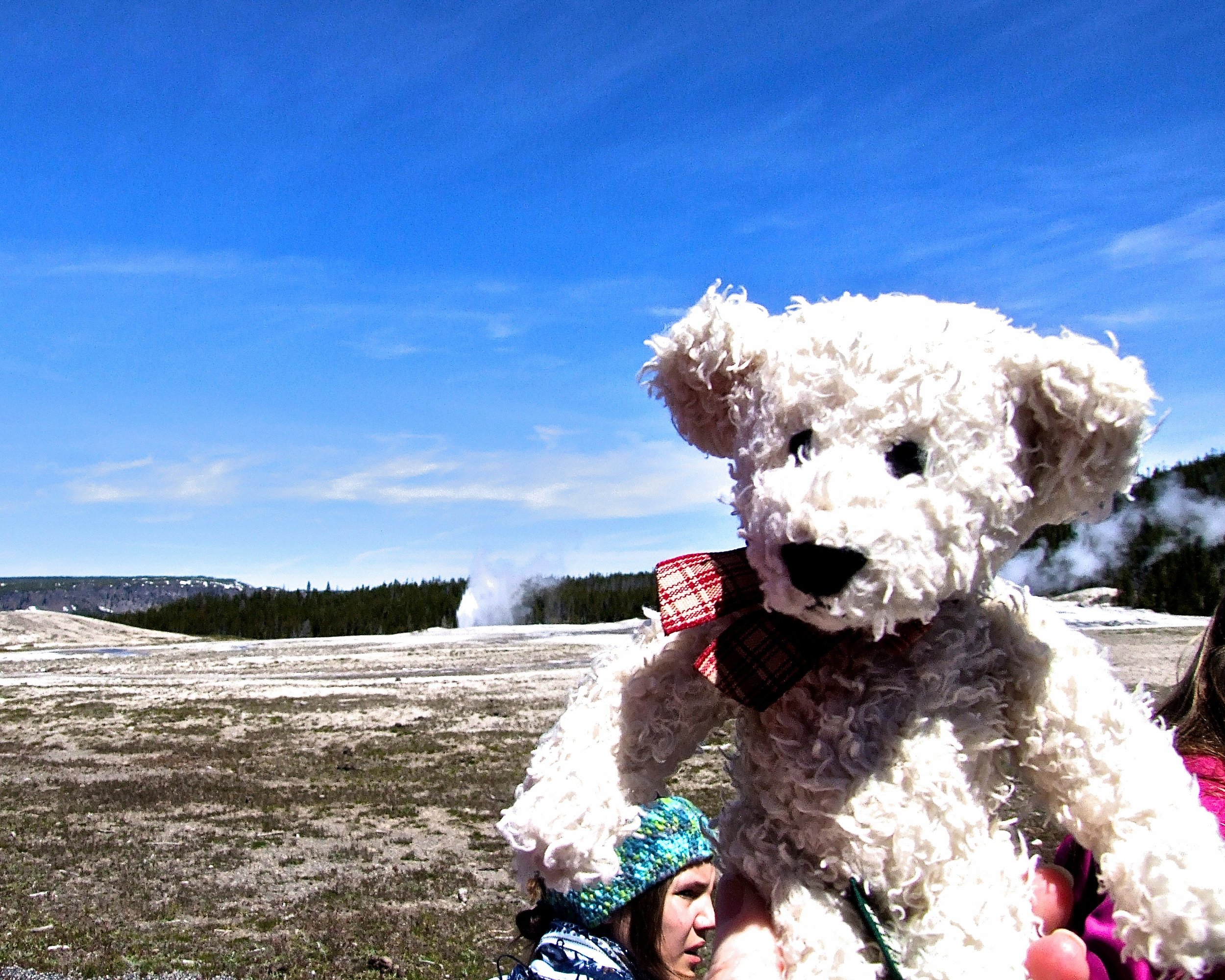
Time for a photo opportunity

Teddy gets bored waiting!

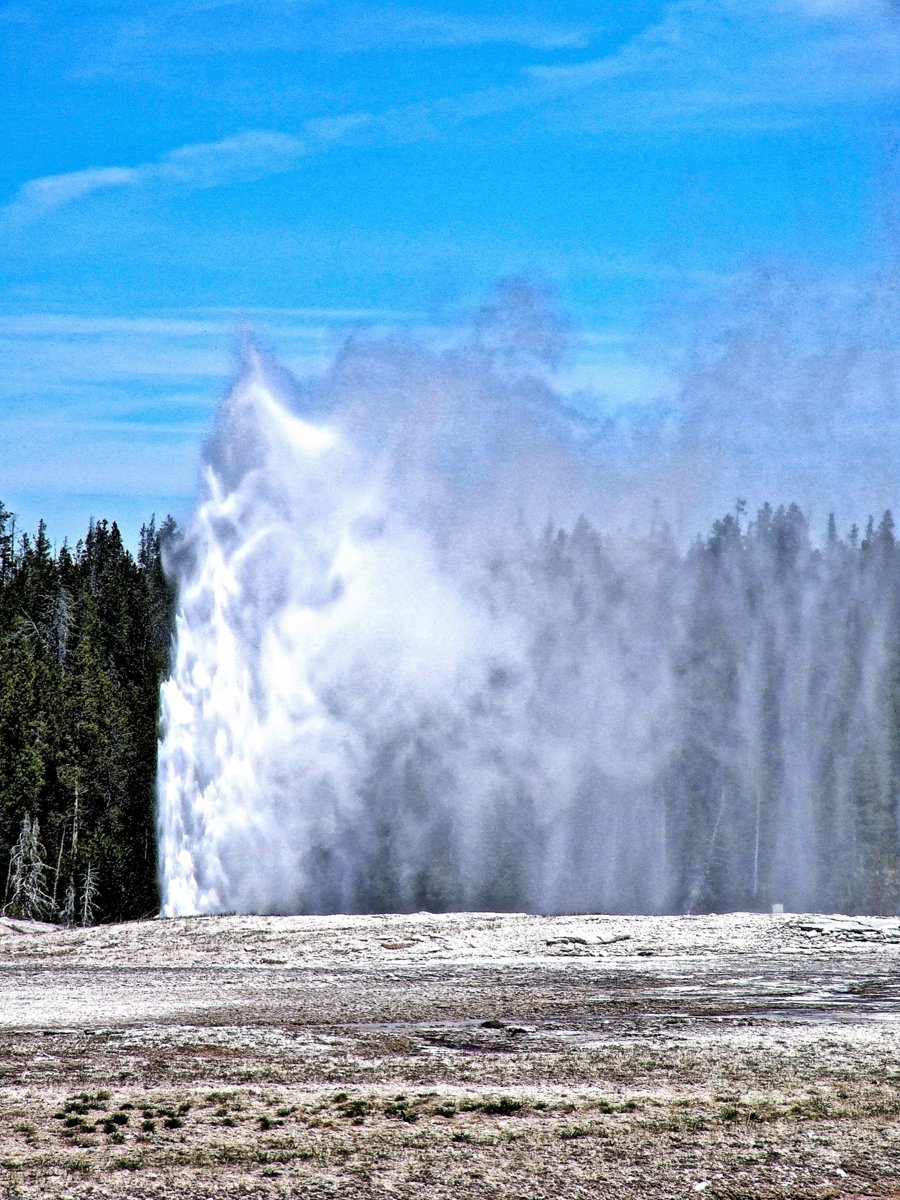
At last !

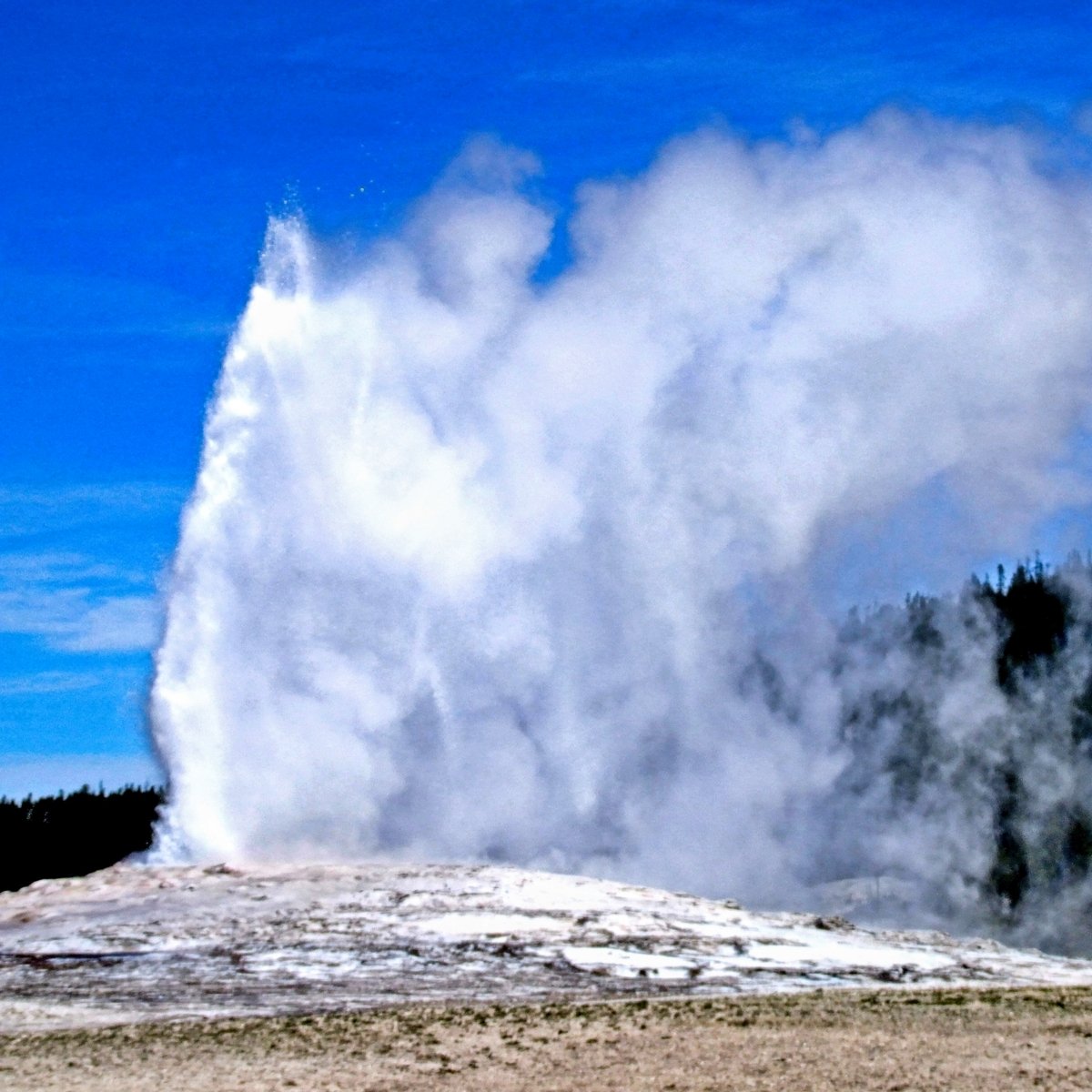
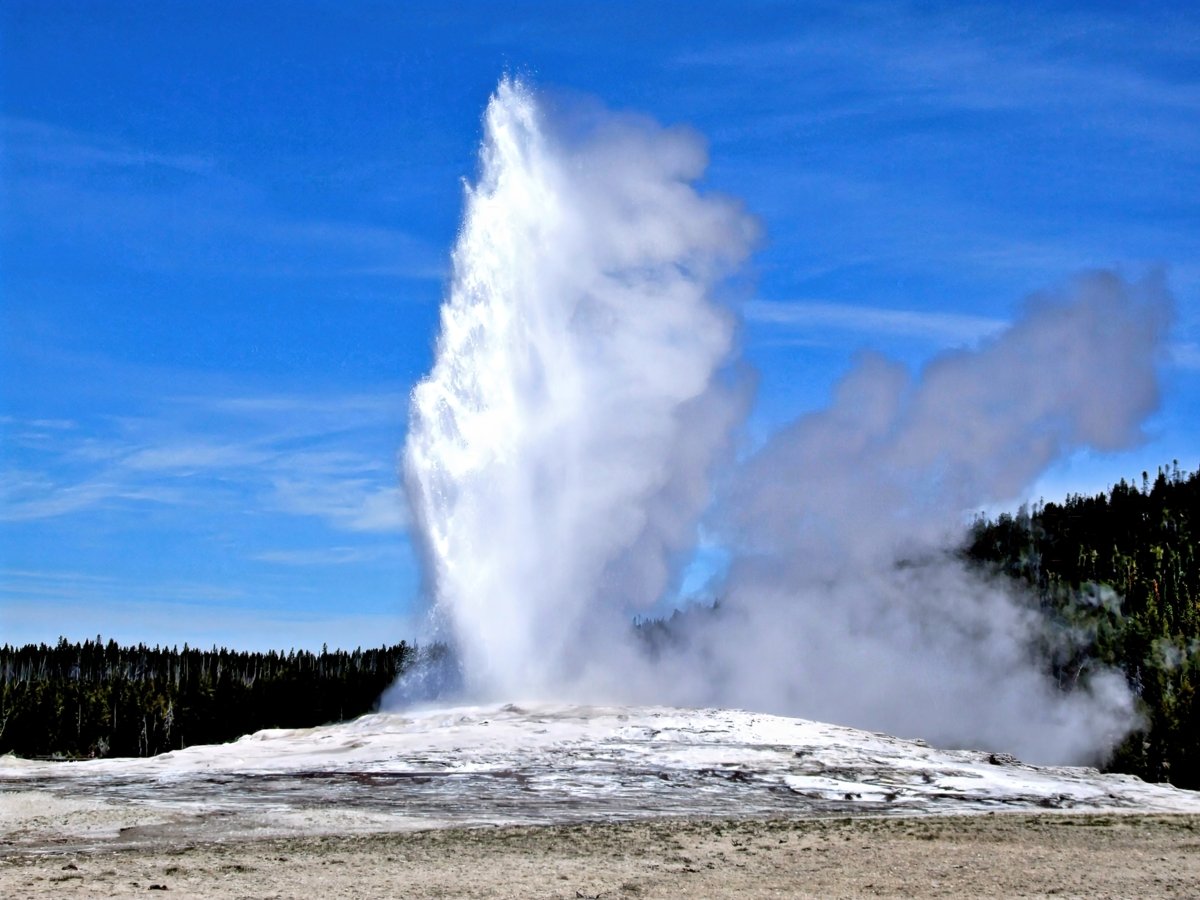
And that's it...
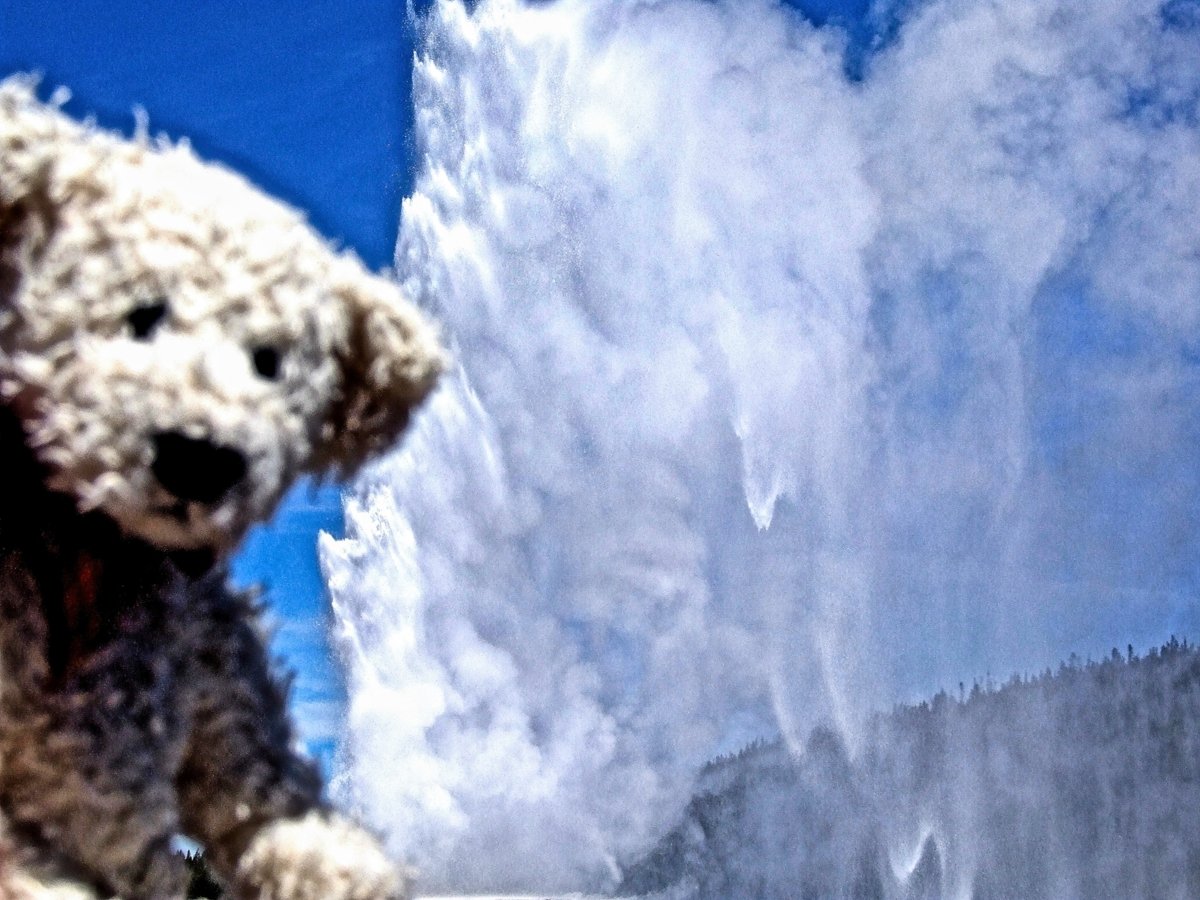
Worth the wait, Teddy?
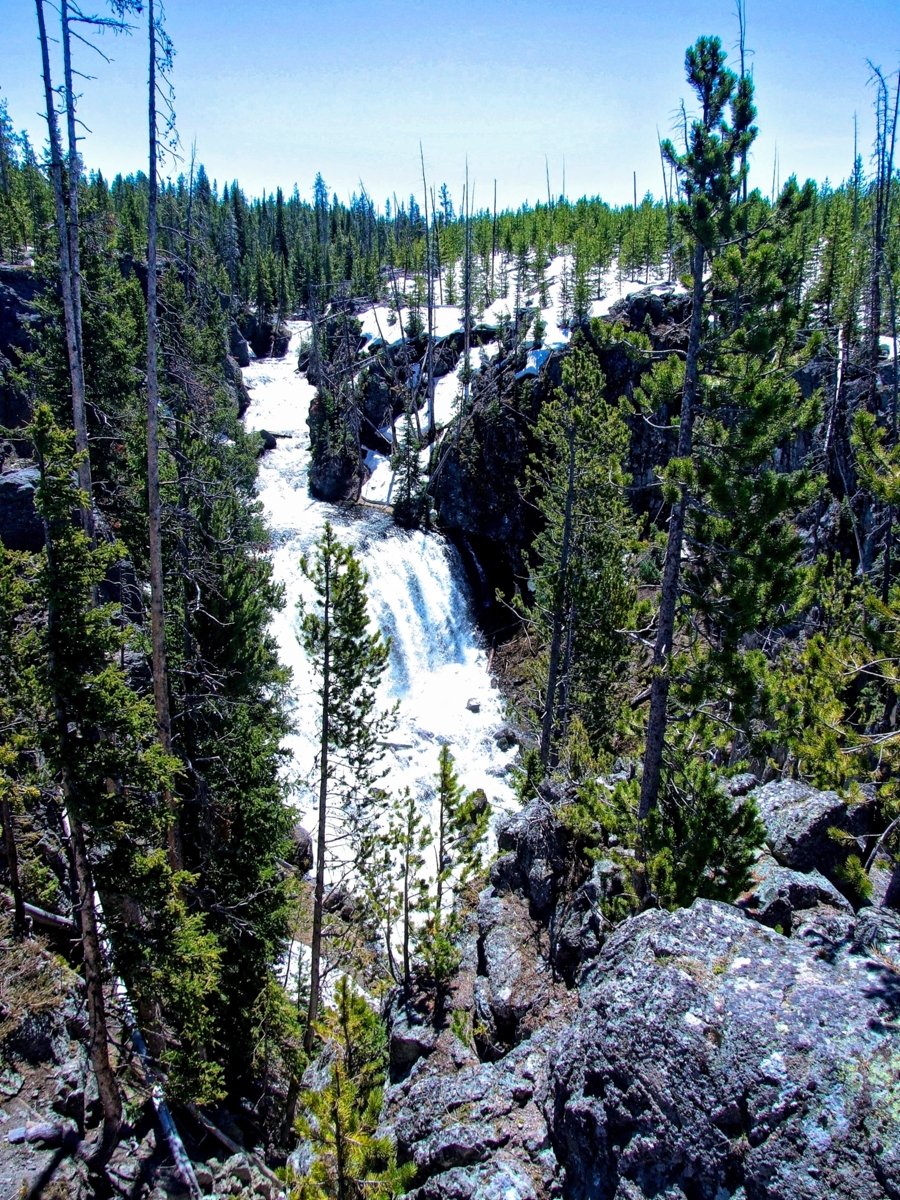
Yellowstone River in full flow

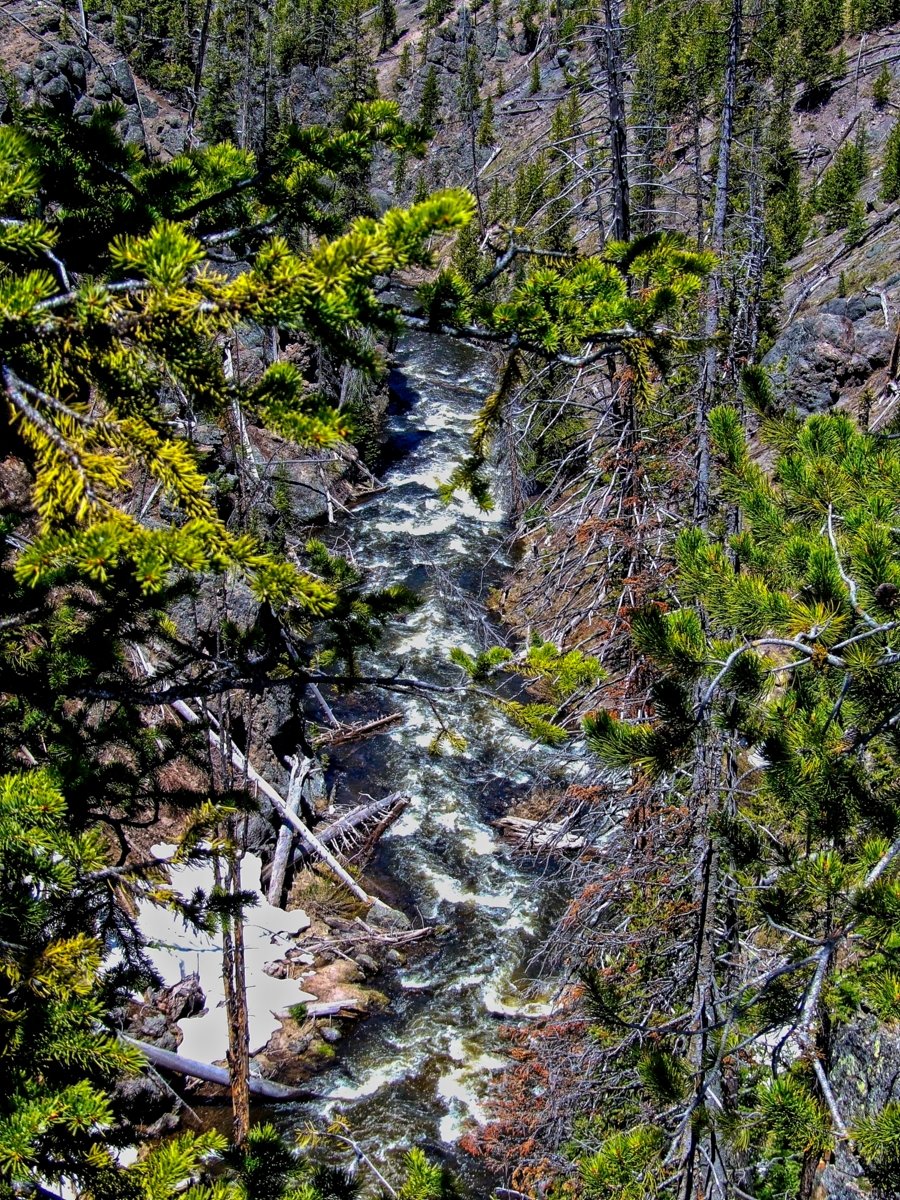
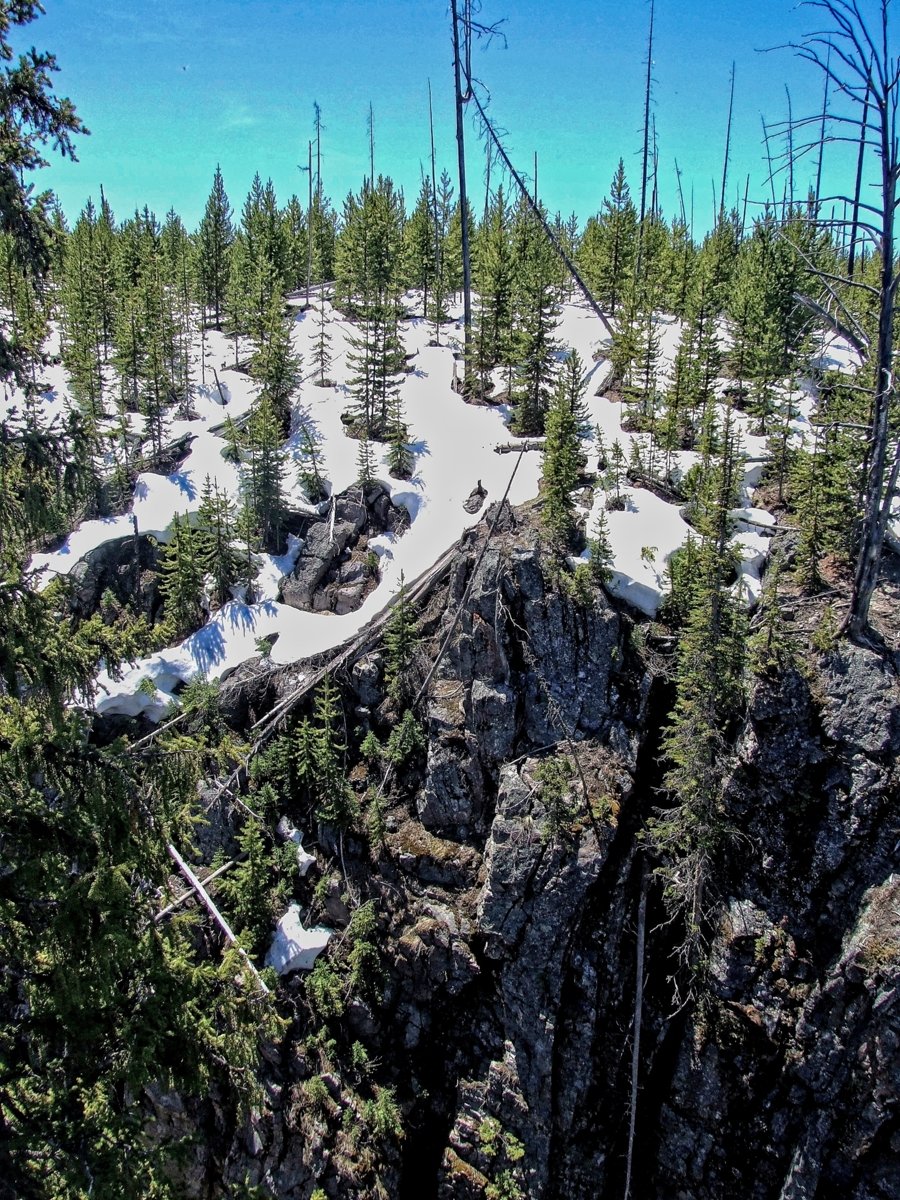
Still plenty of snow in June !
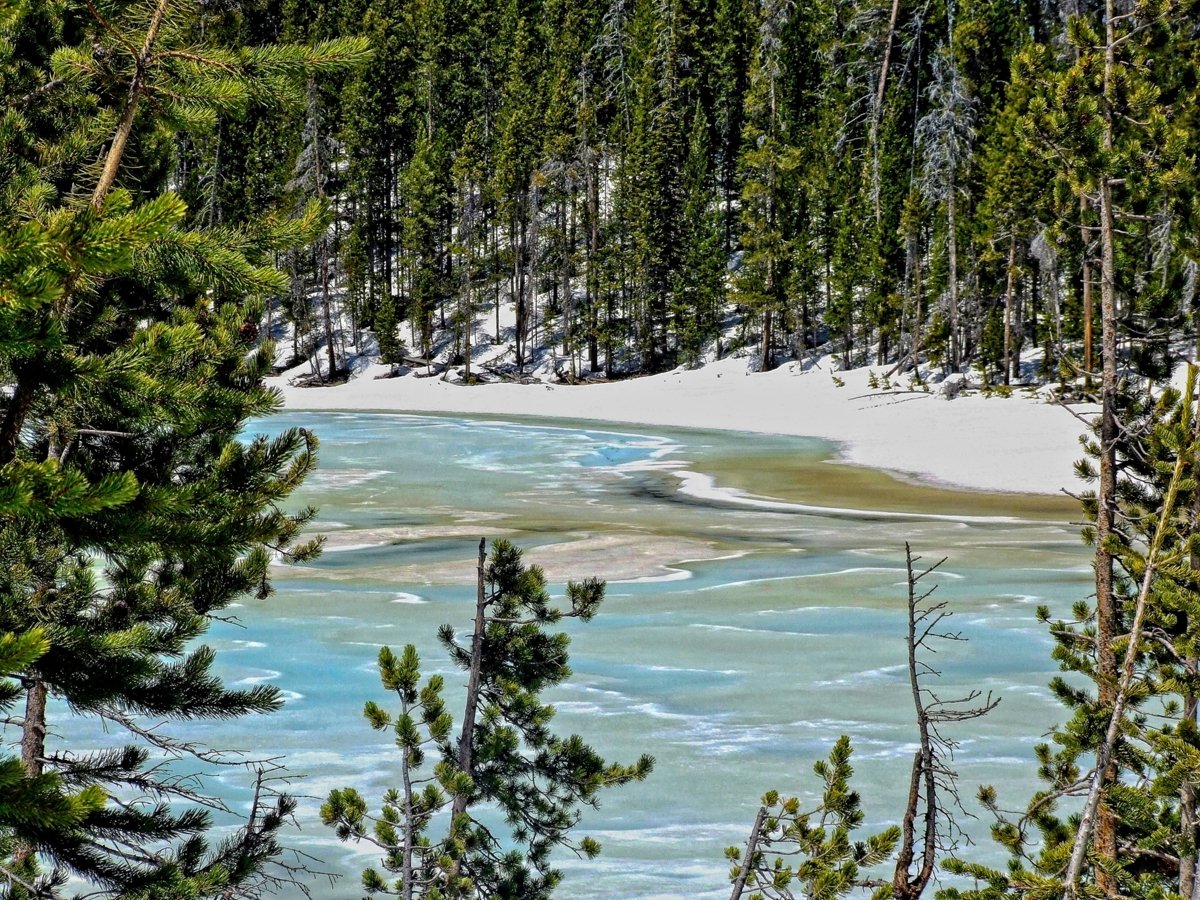
Frozen pond
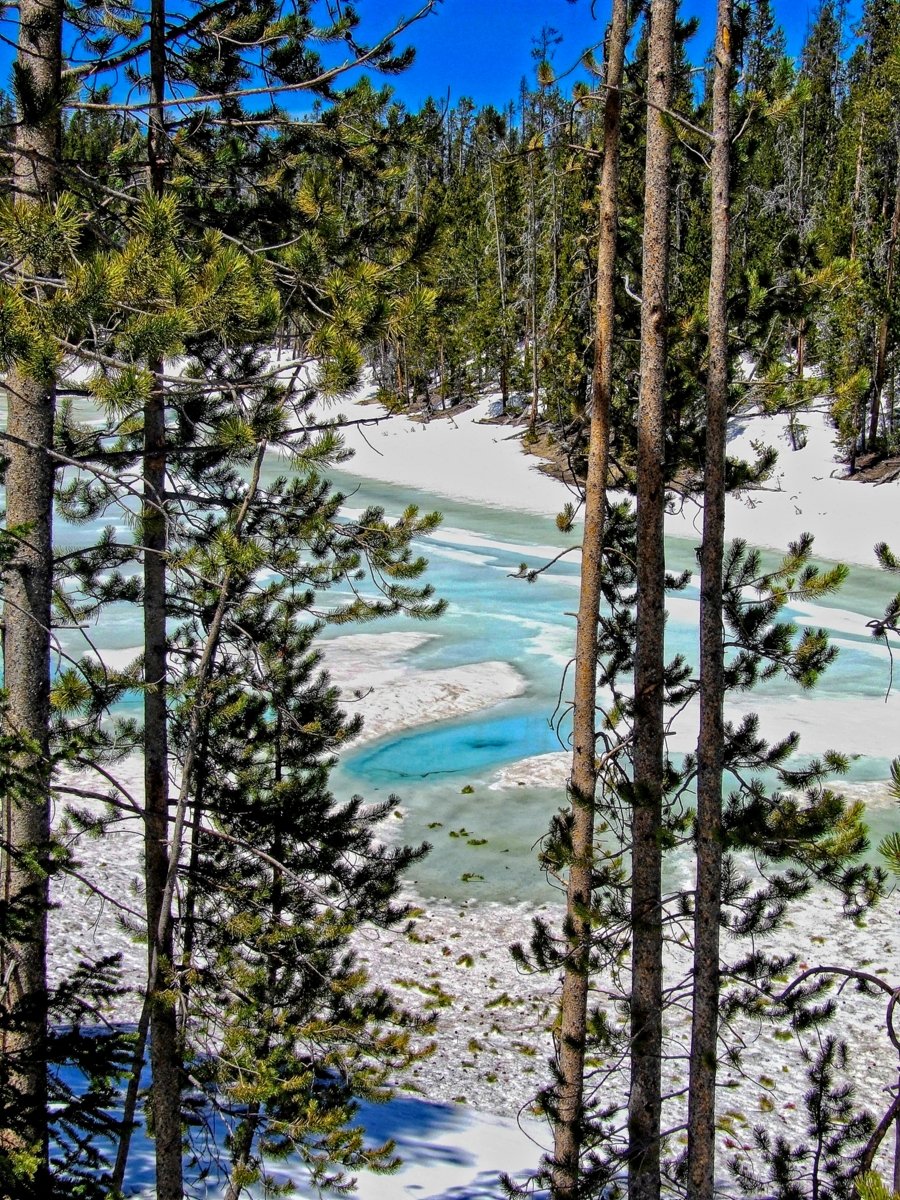

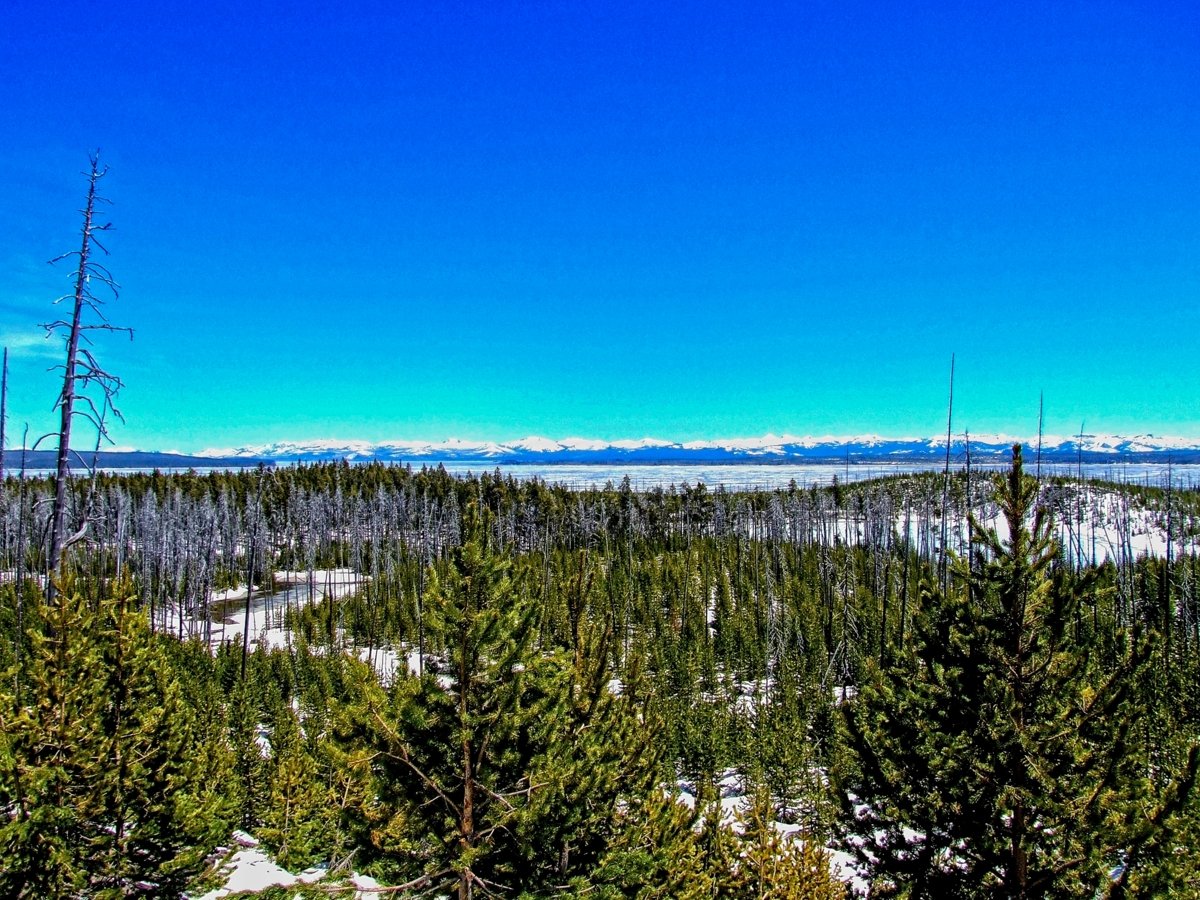
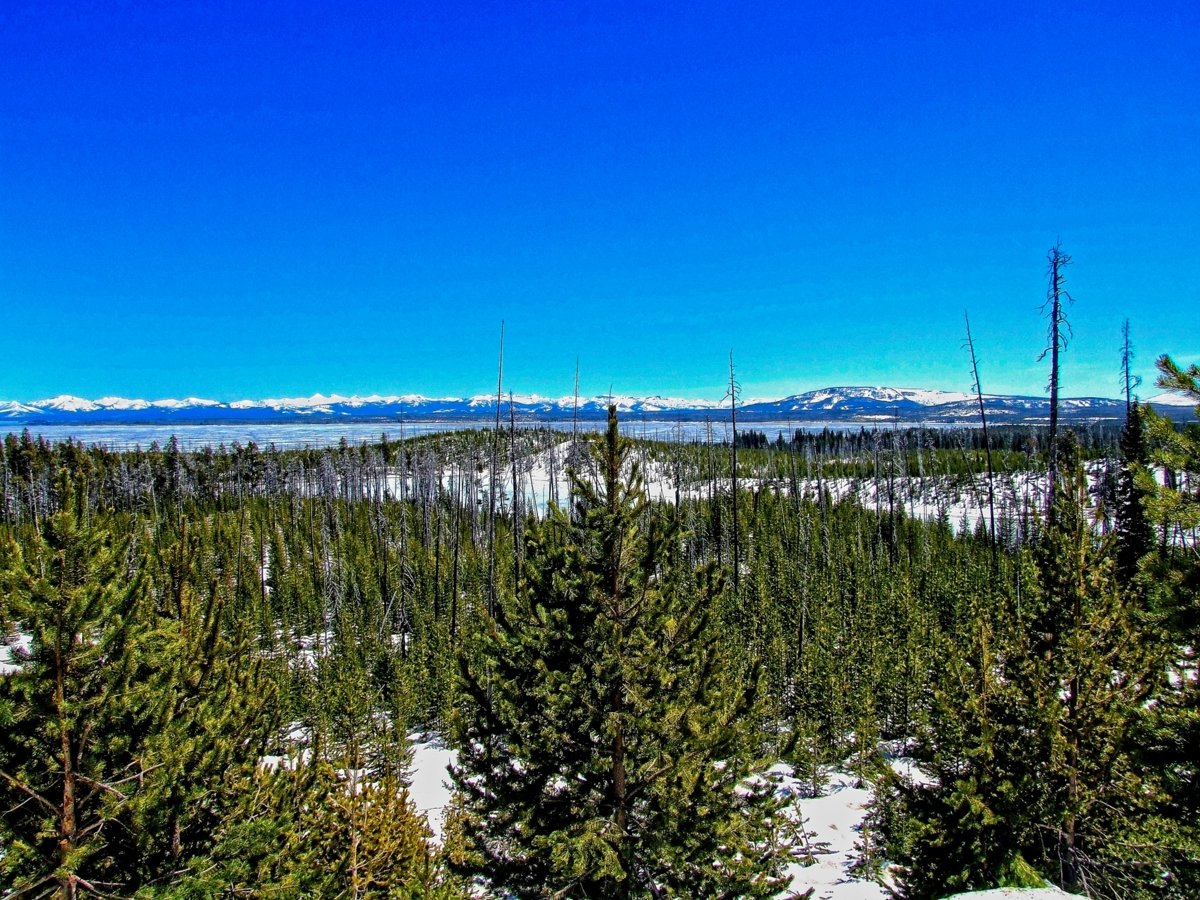

Amazing scenery


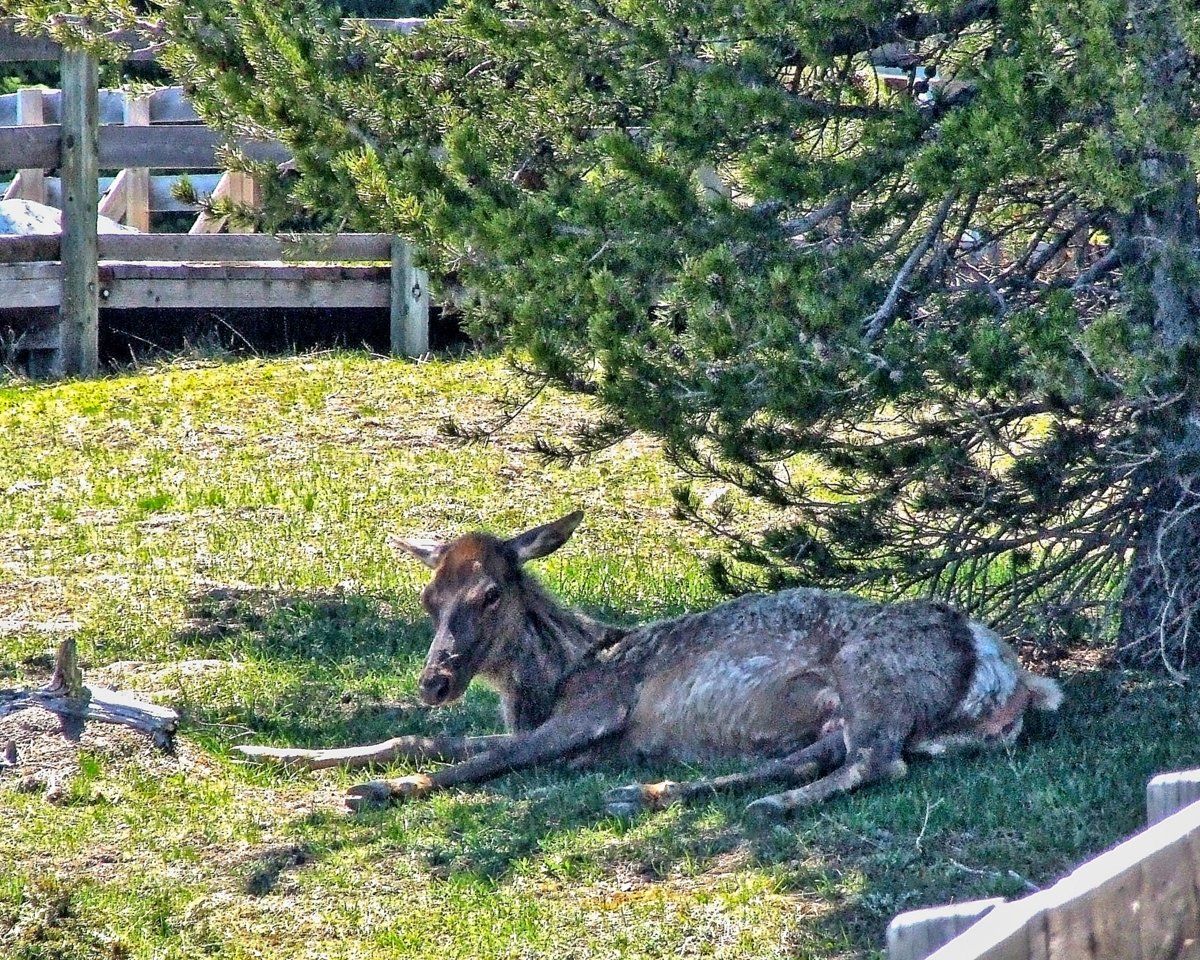
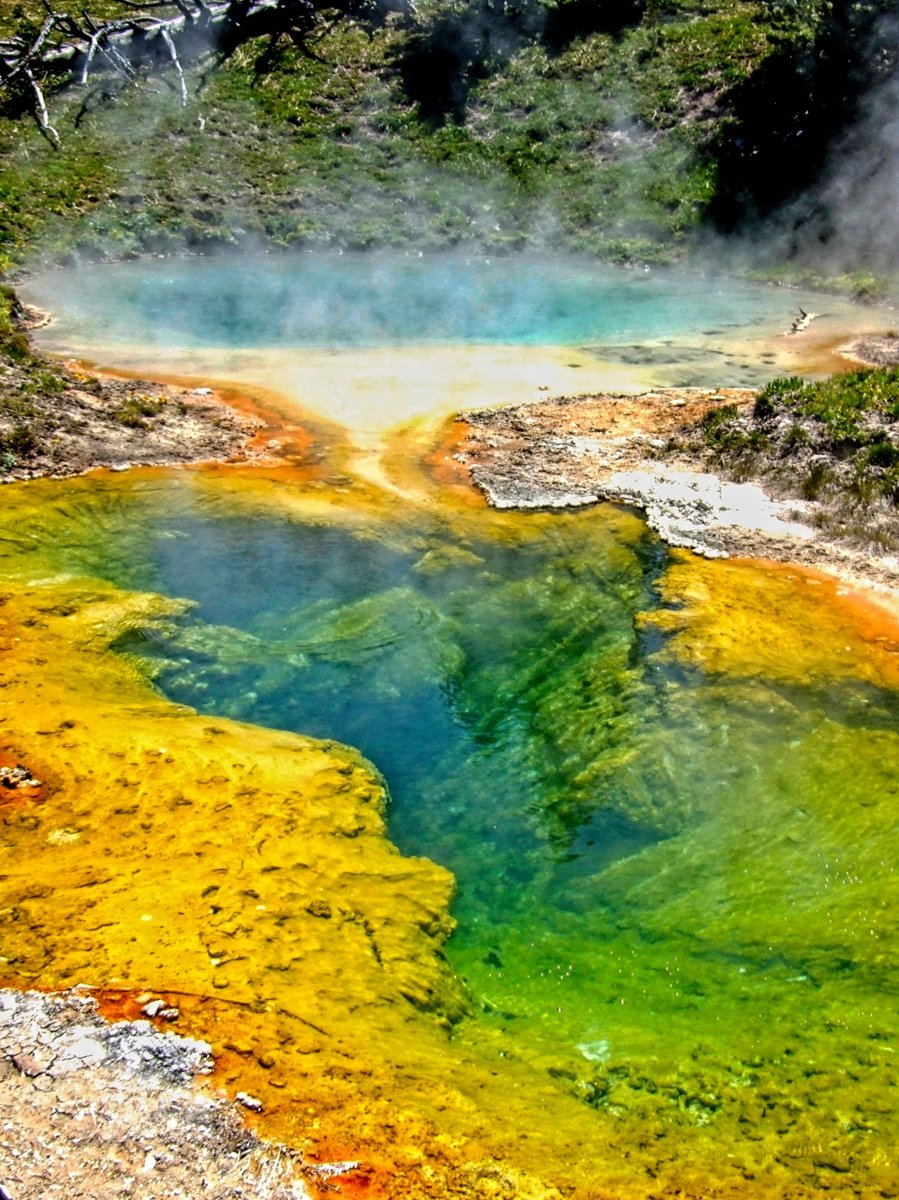
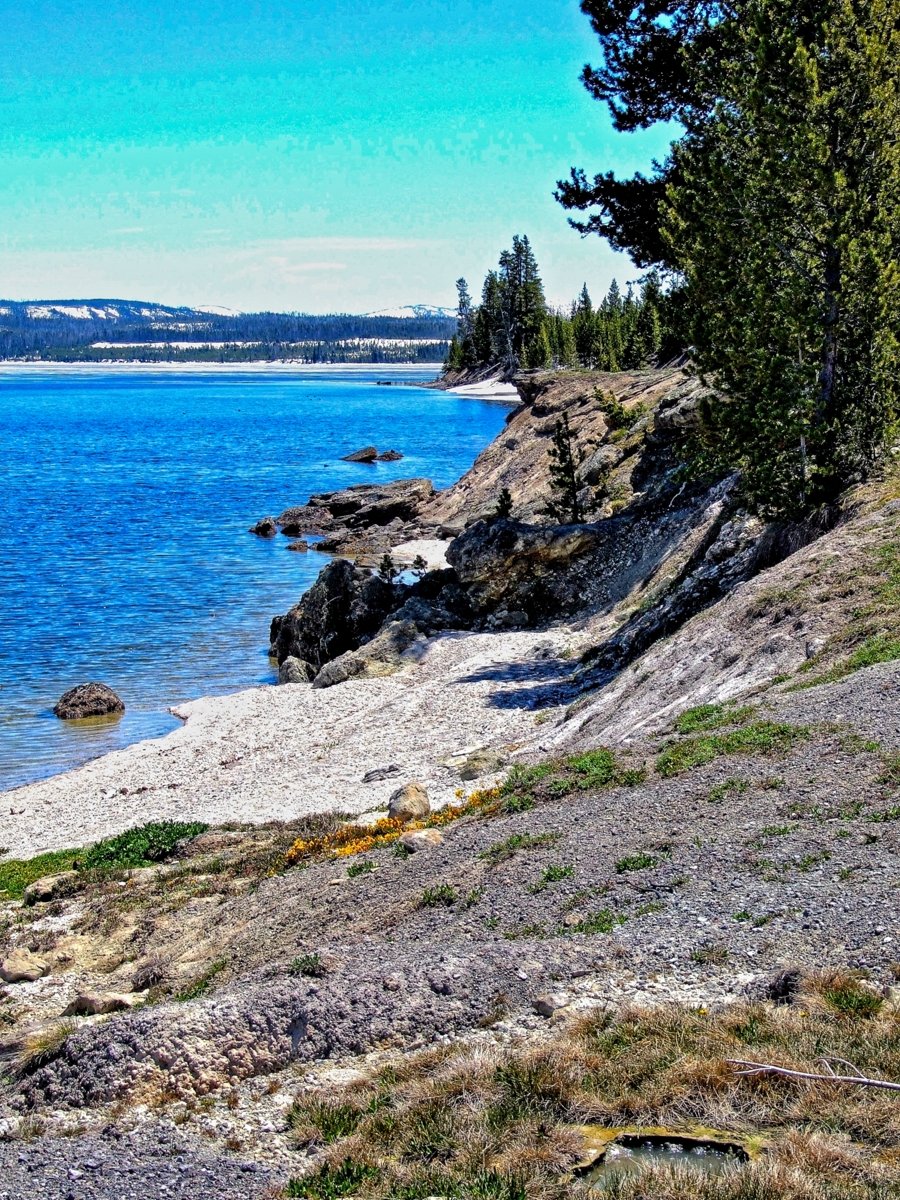


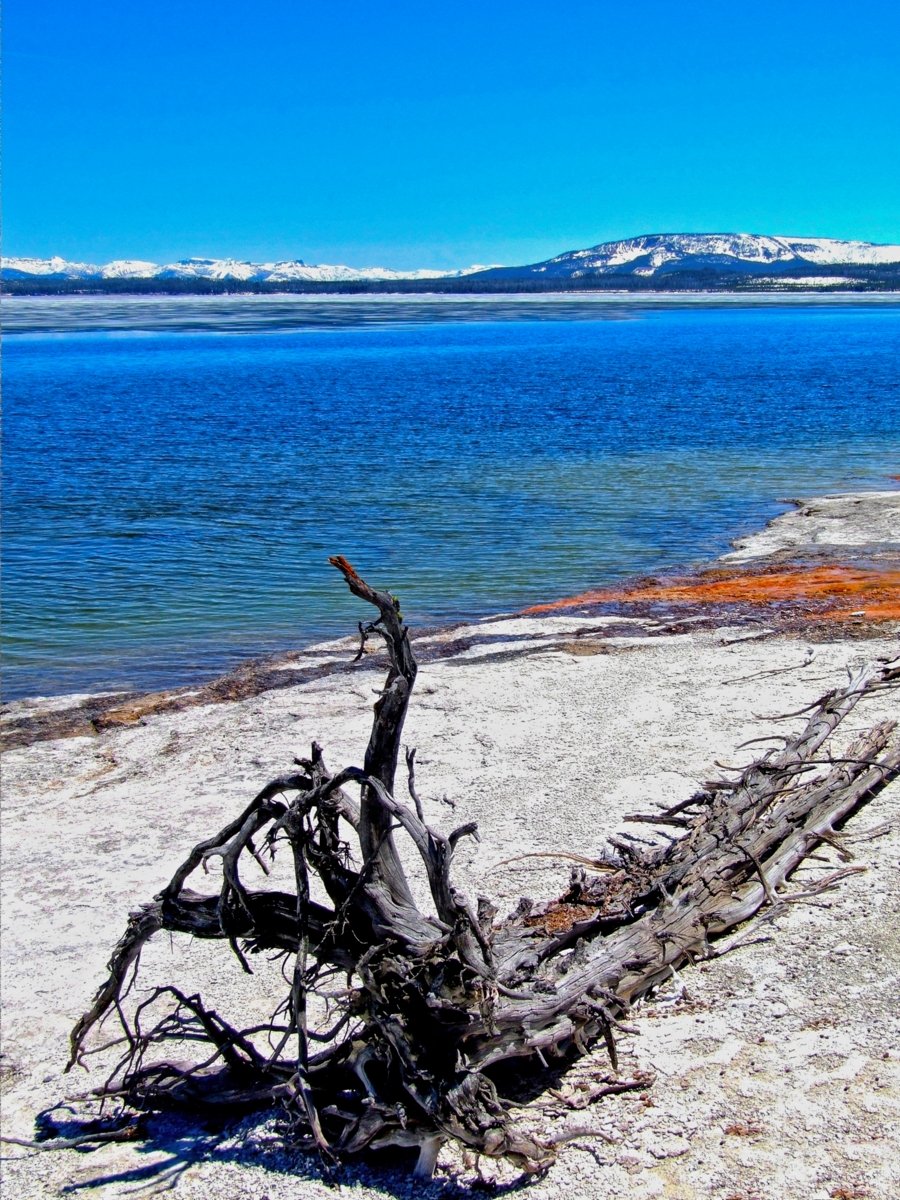
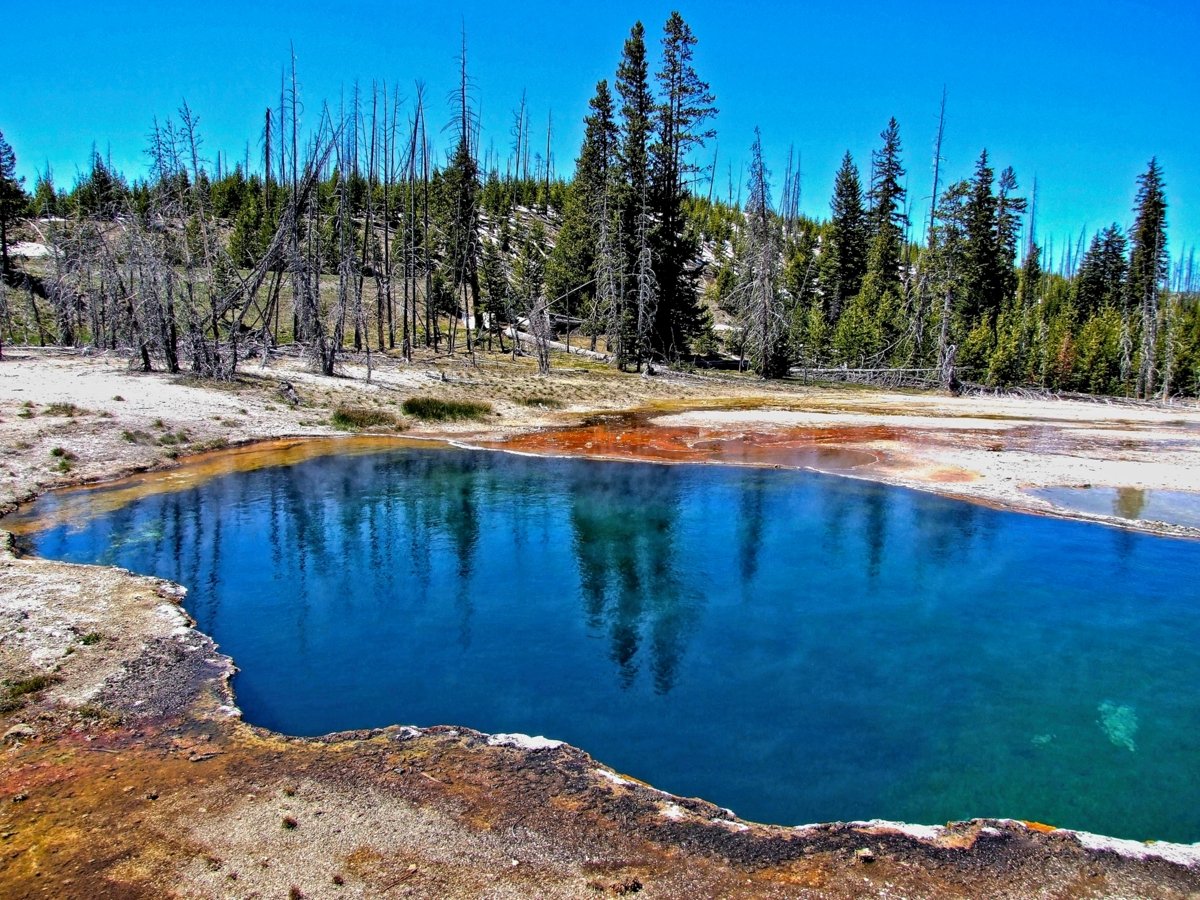
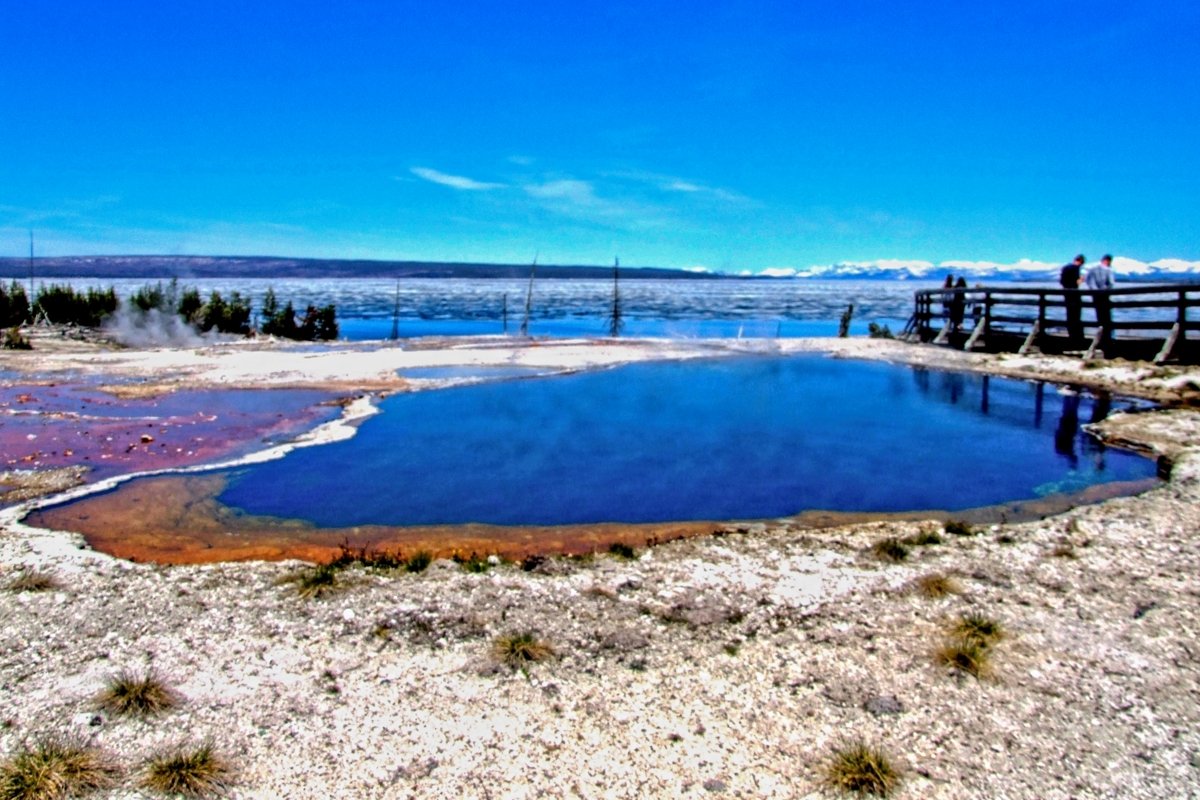
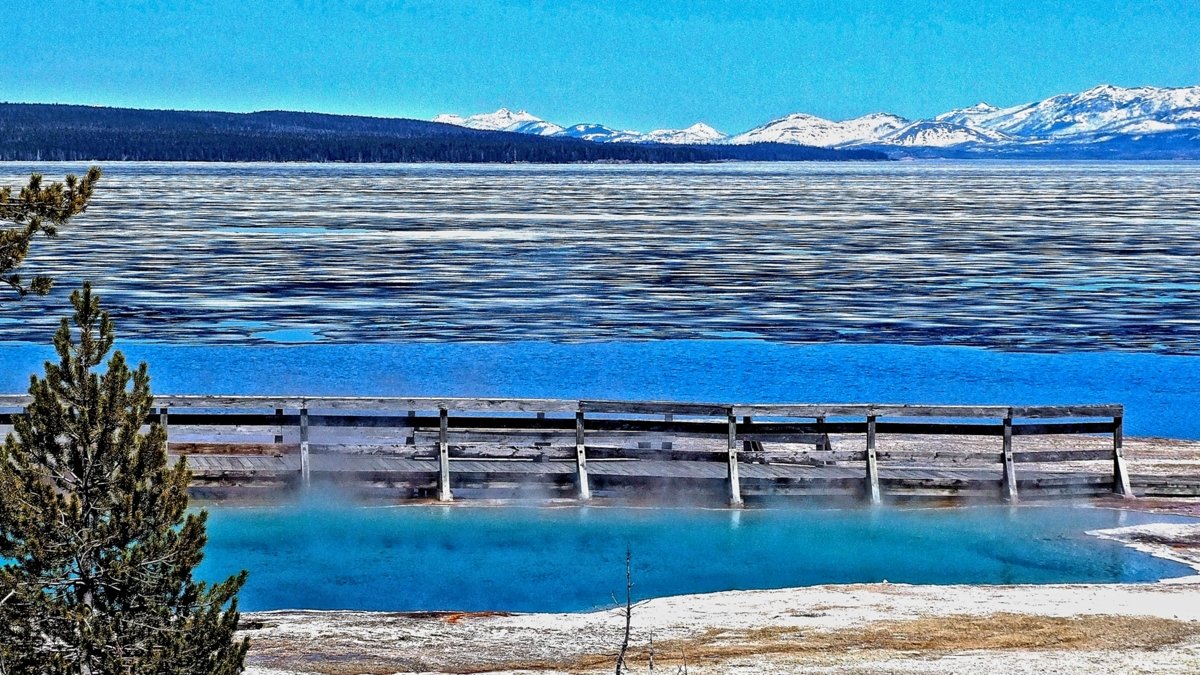

Canada goose

A huge variety of colours in the thermal pools

An Elk doe ready to give birth

Not ready yet!

Time for a photo !

Thermal pool

What a view !



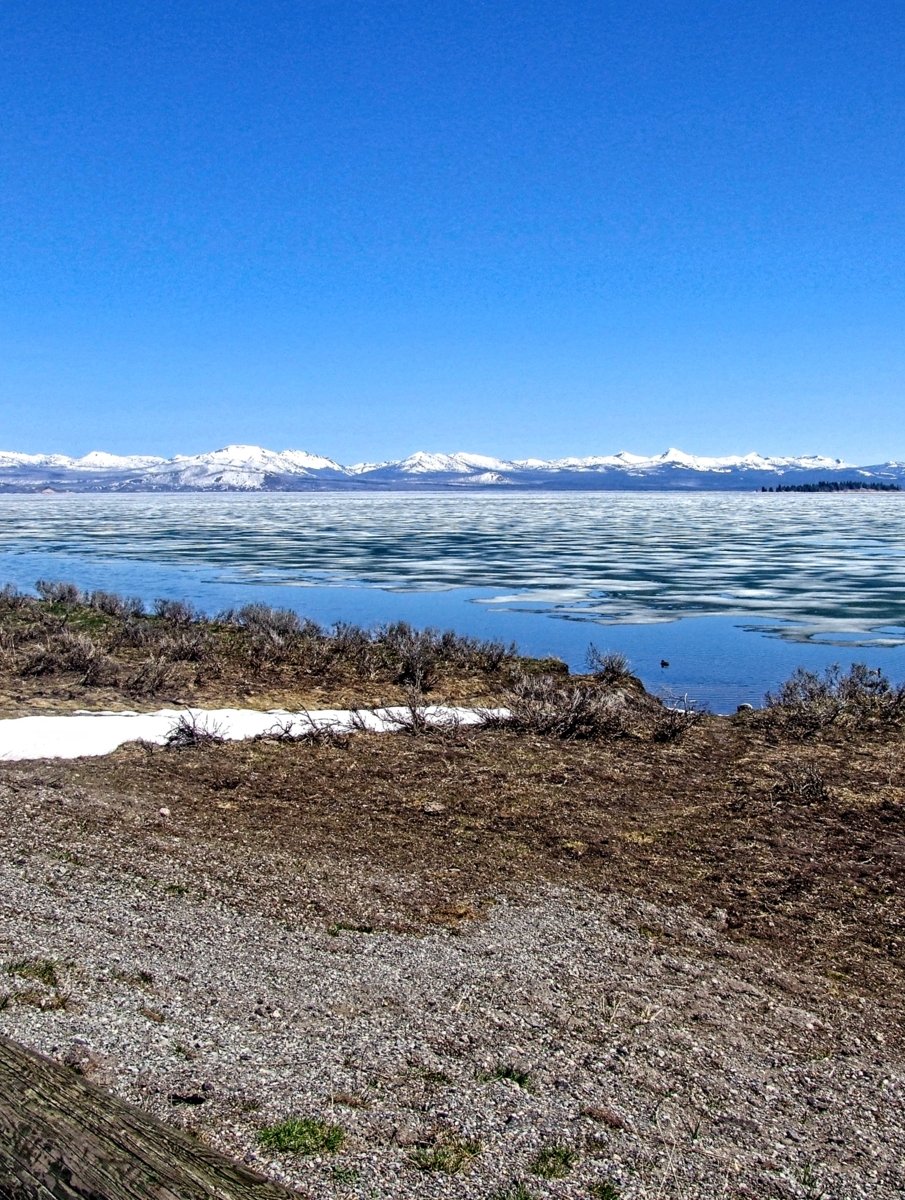
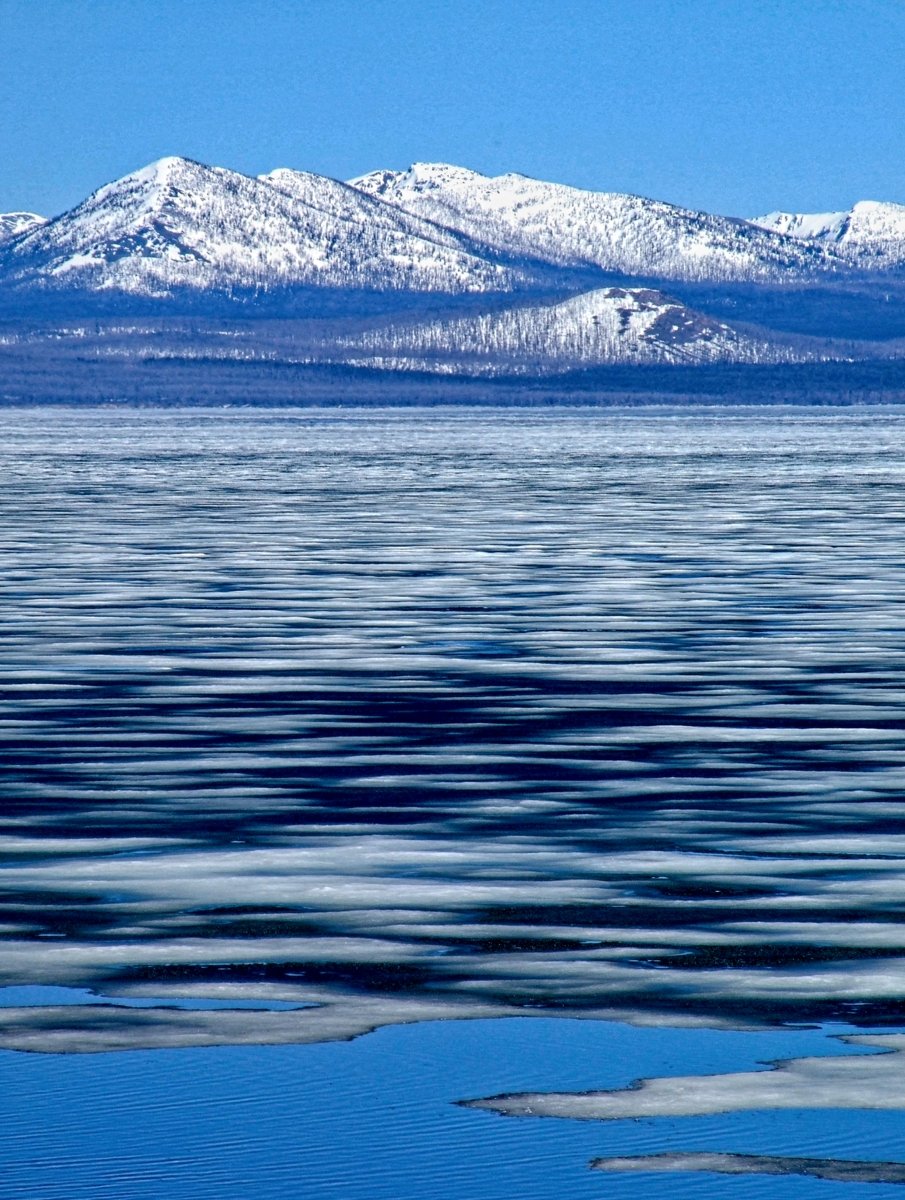
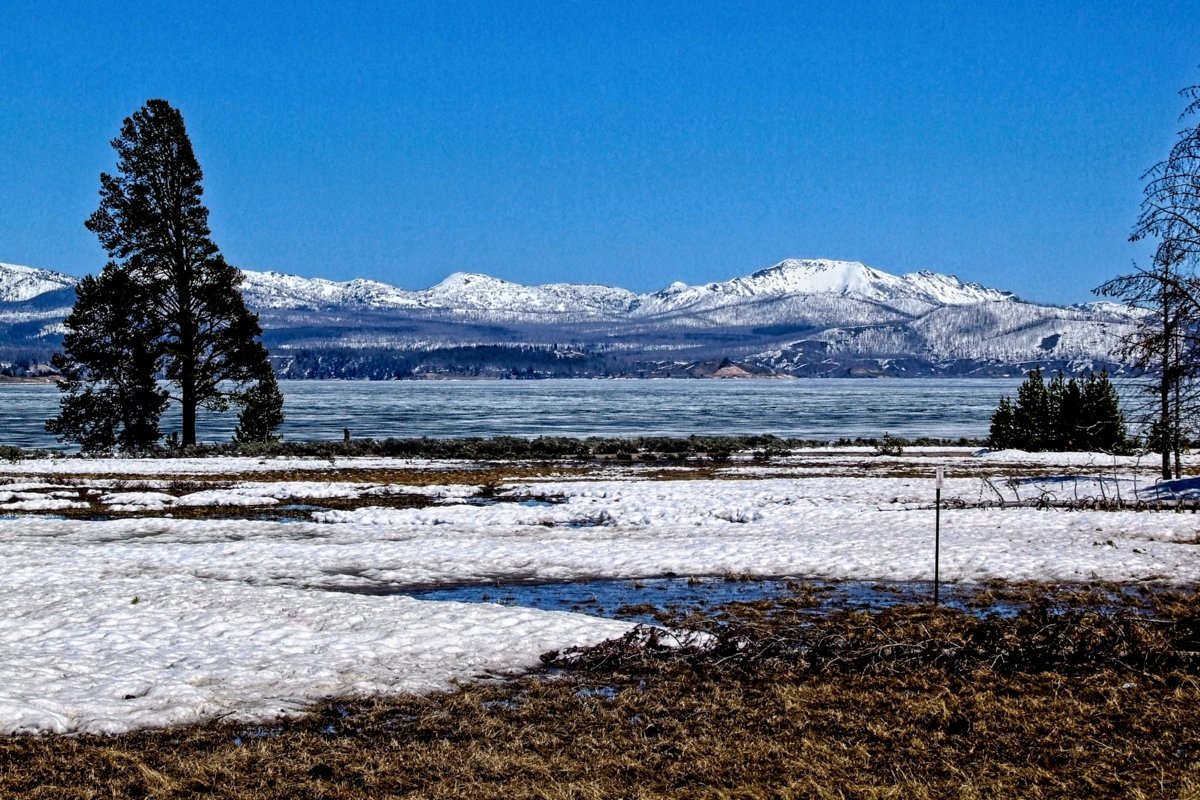
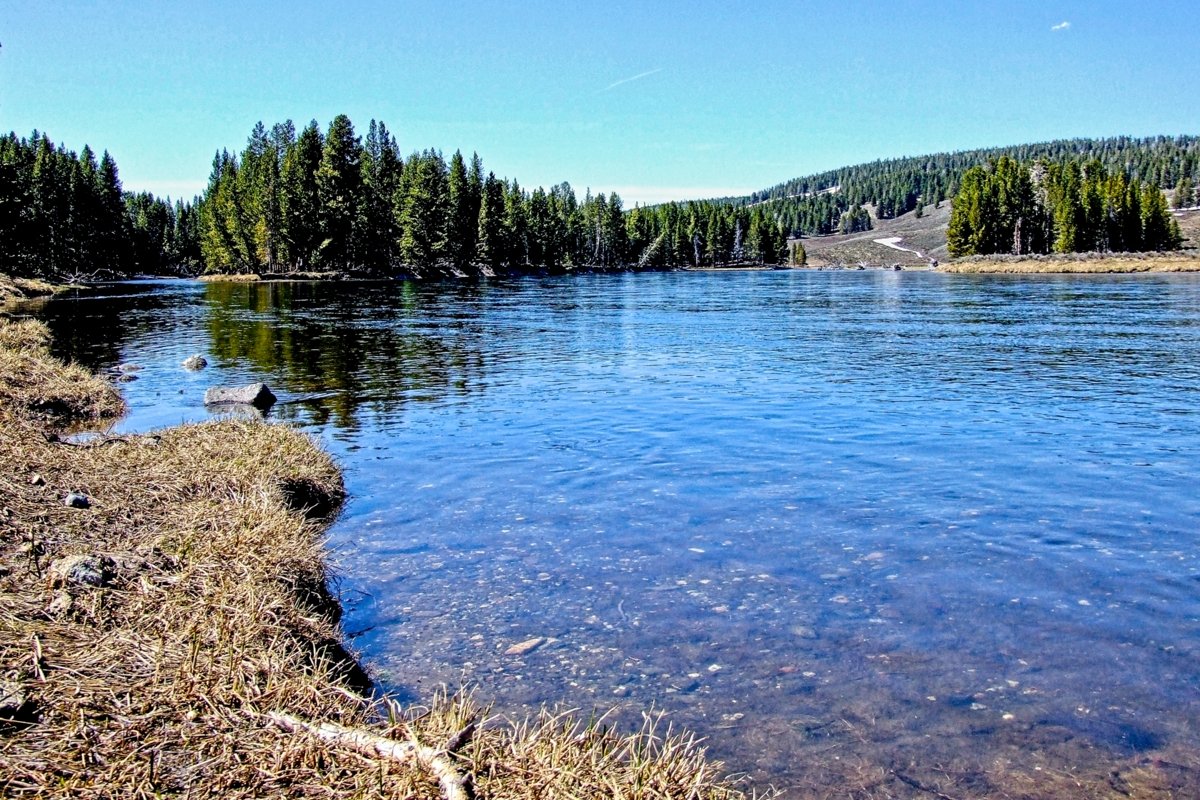



Volcanic pools

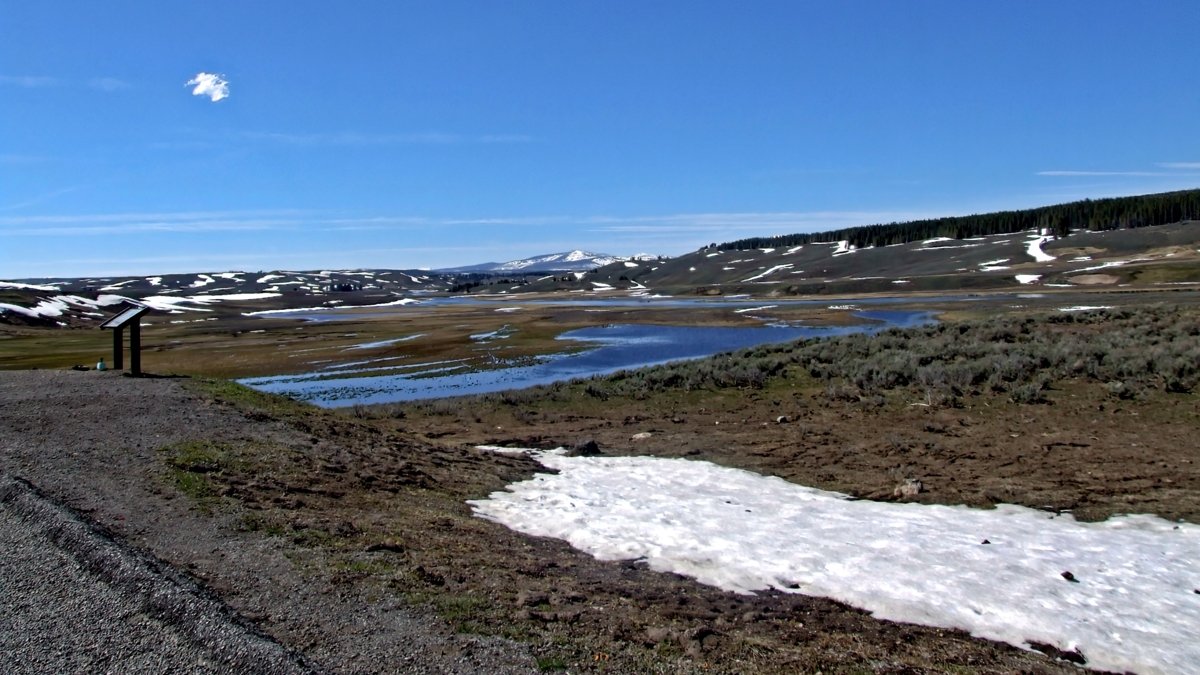

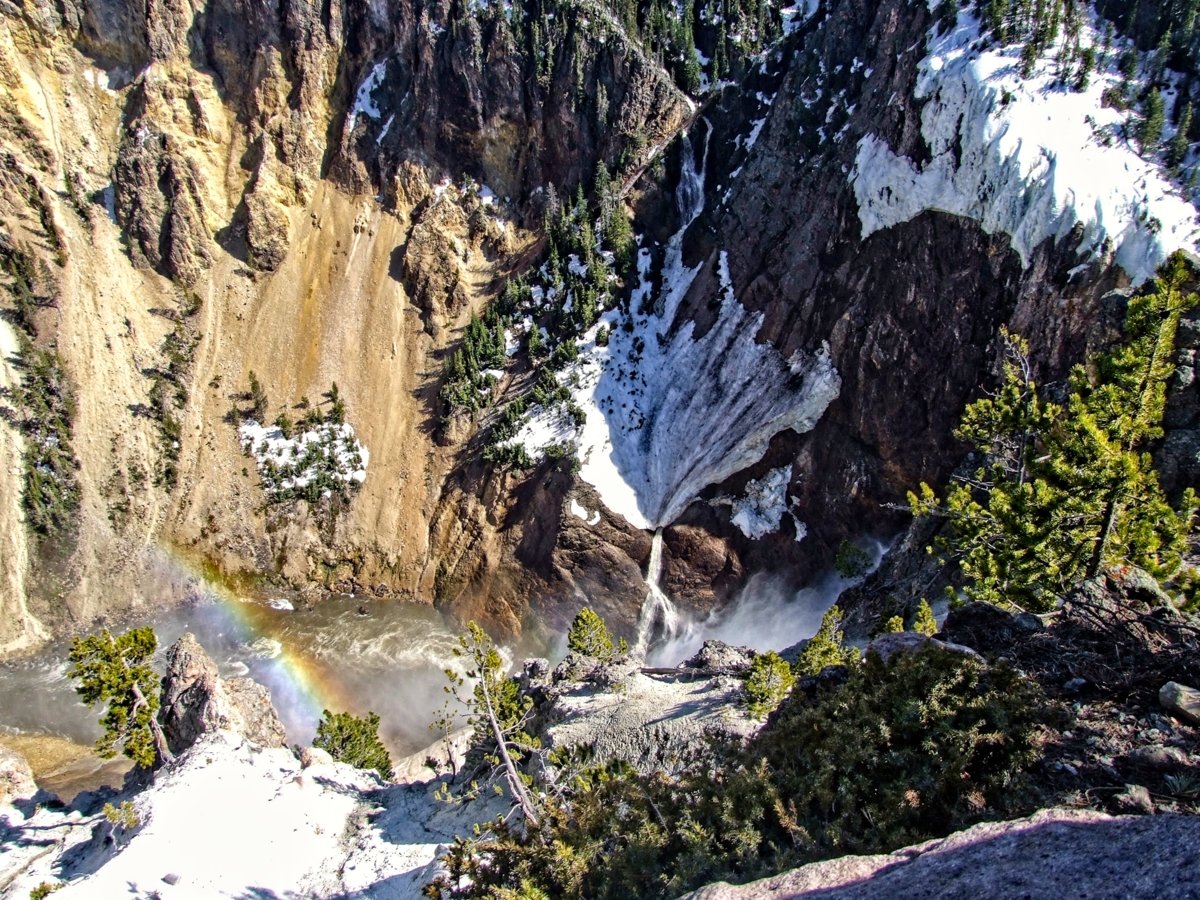
Rainbow from the waterfall
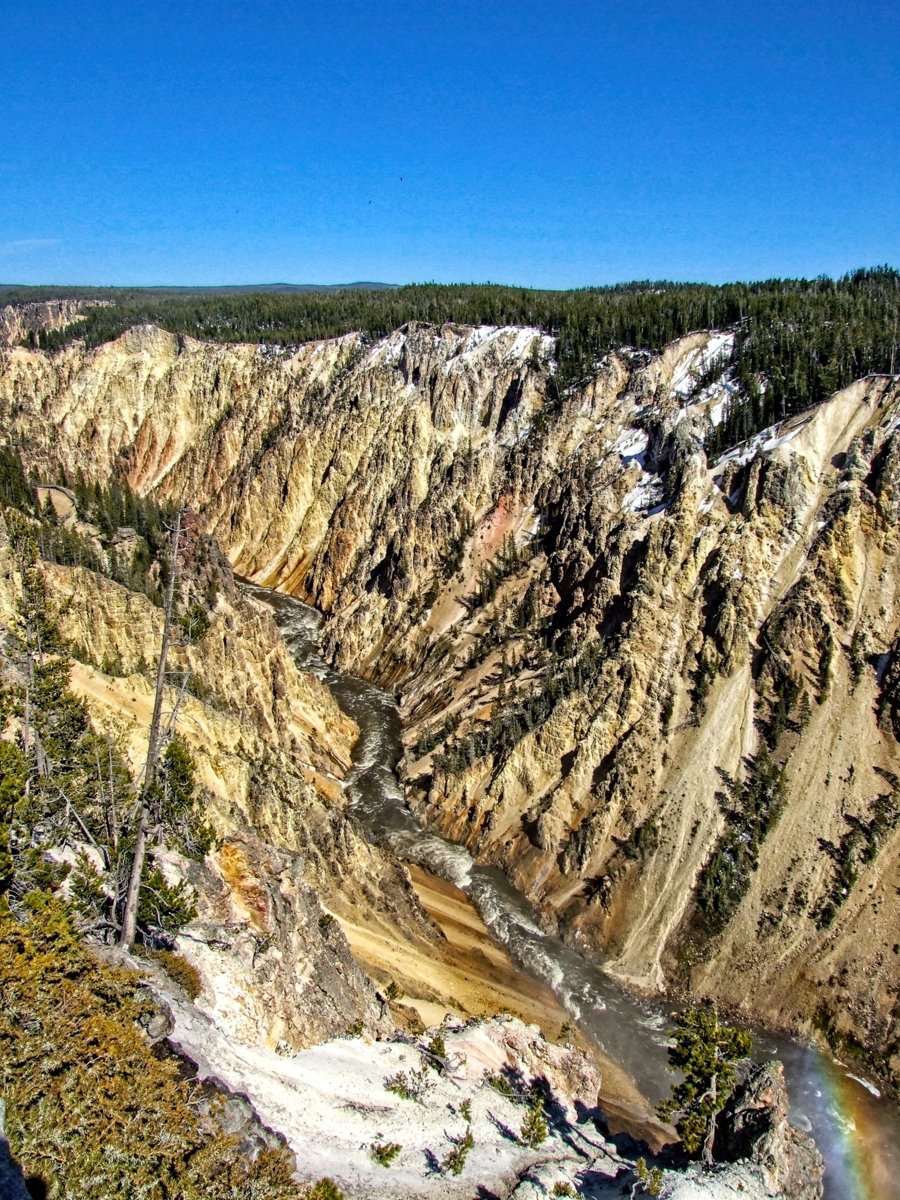

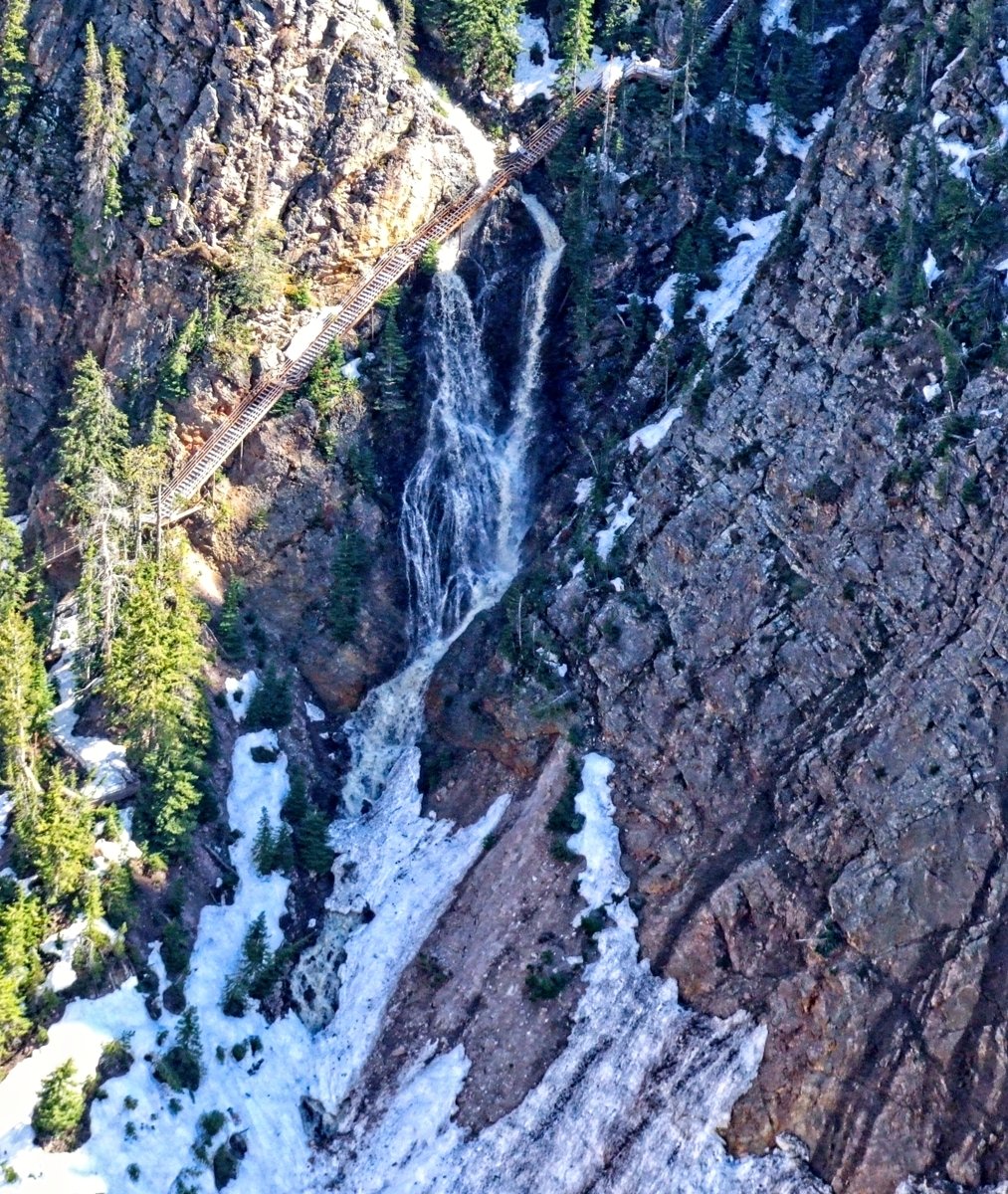
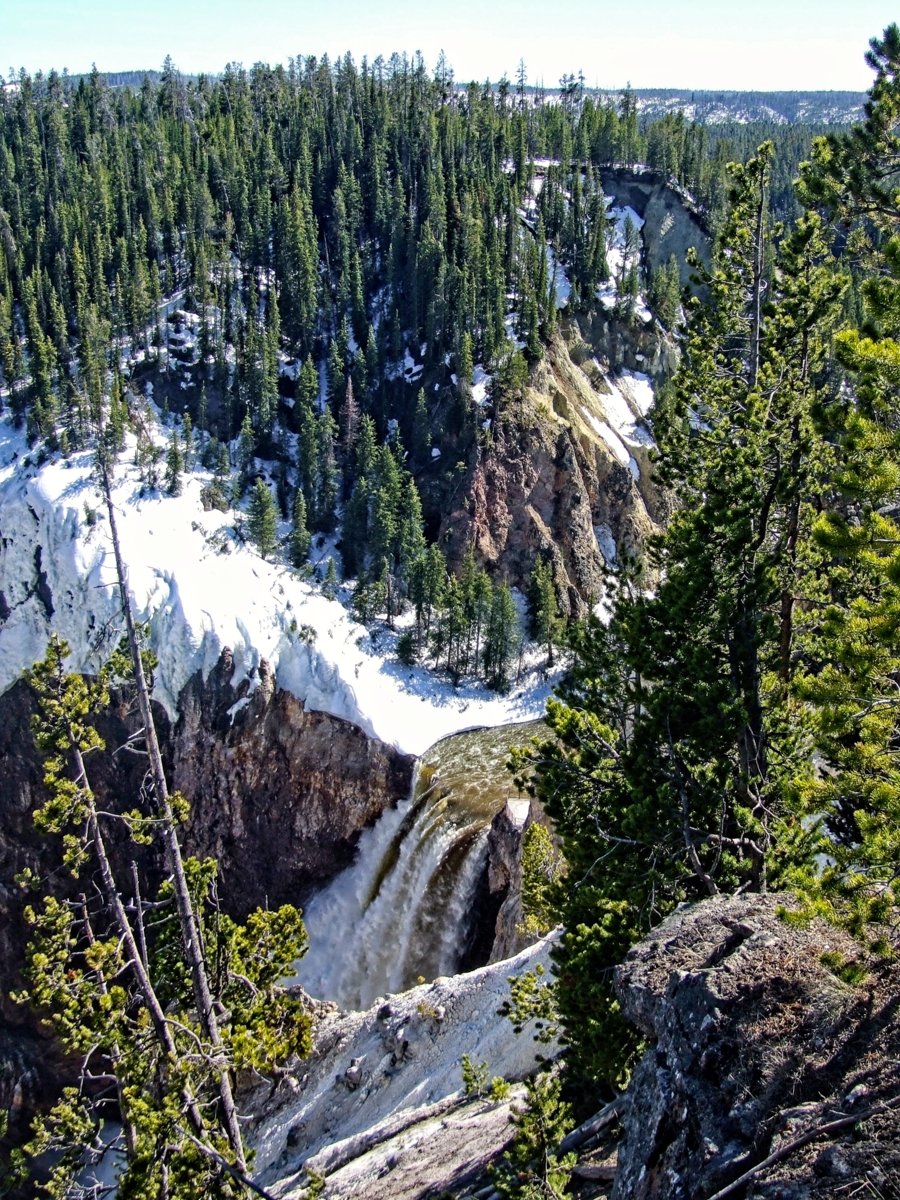

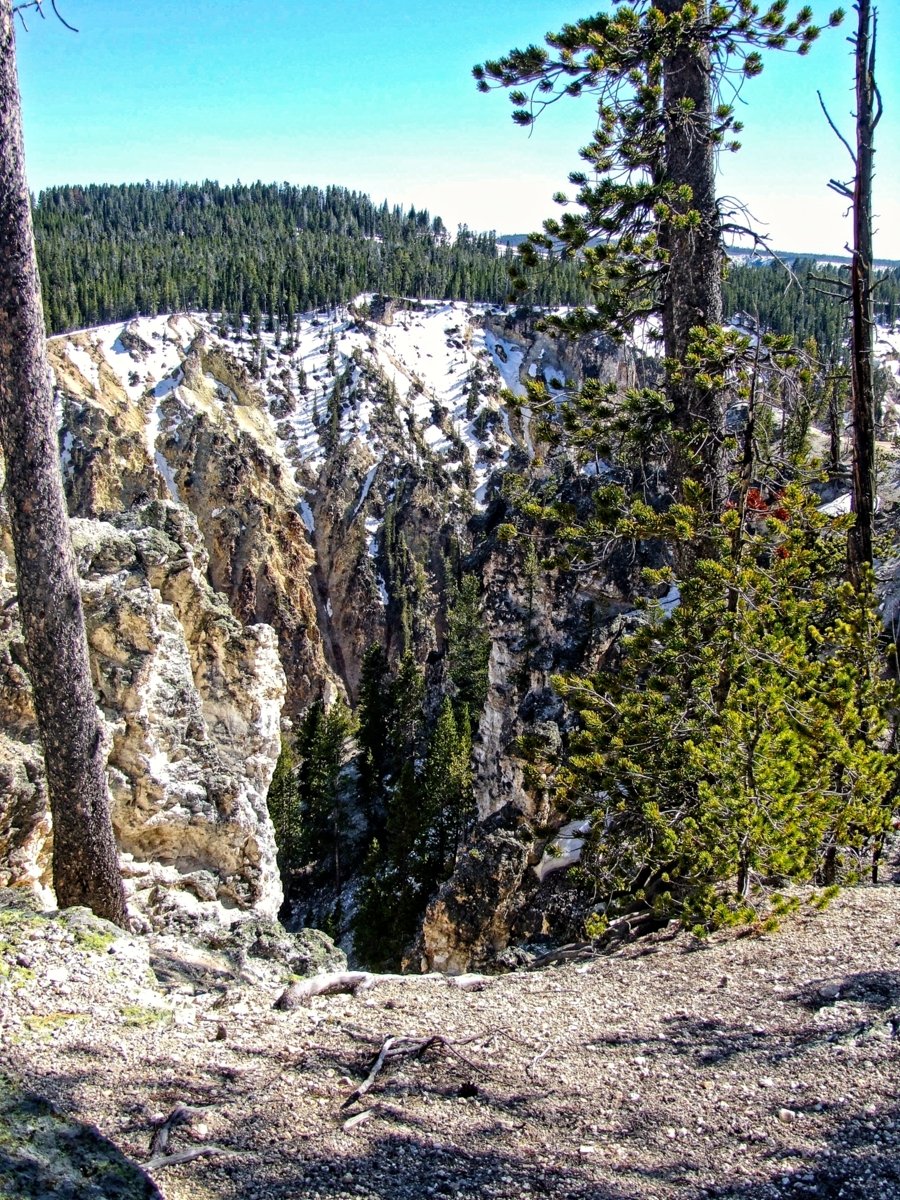



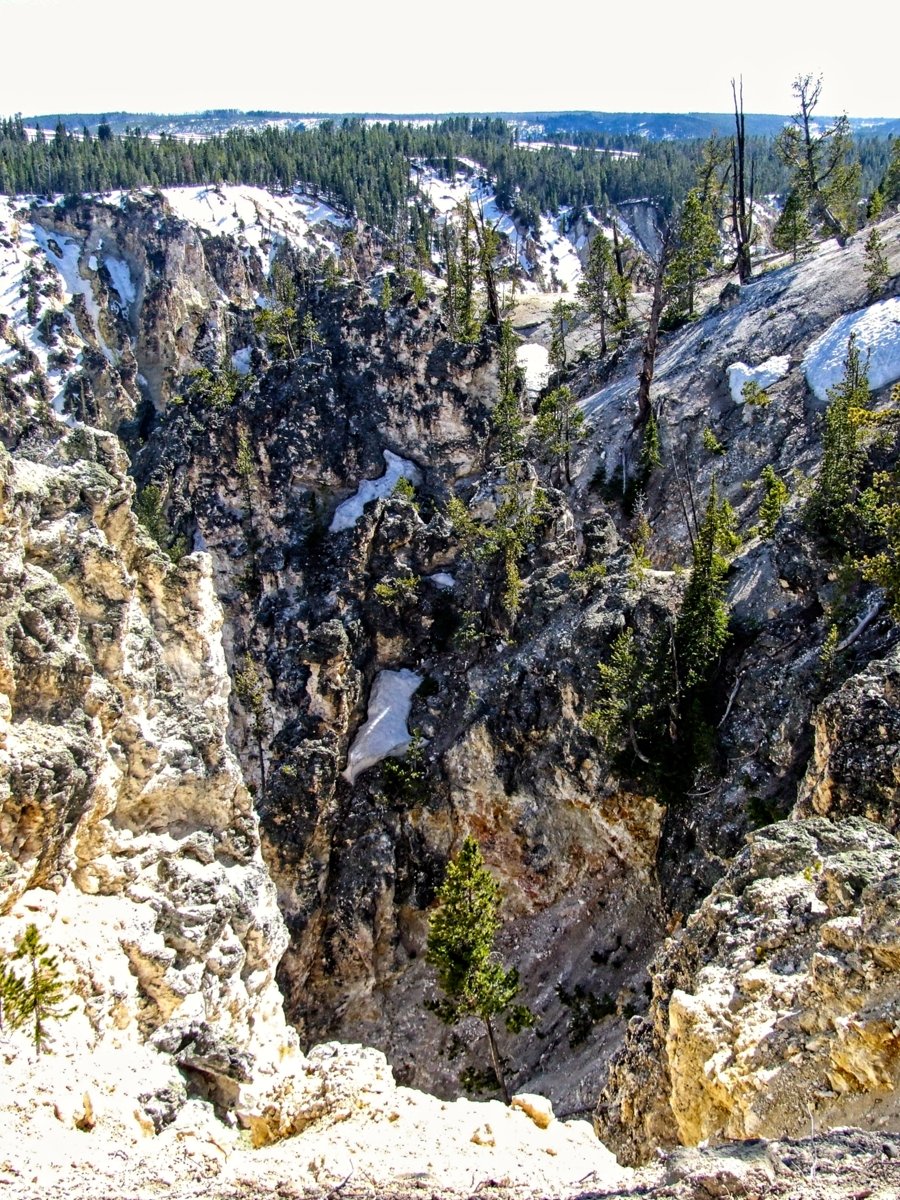

The sheer scale of the area is impressive

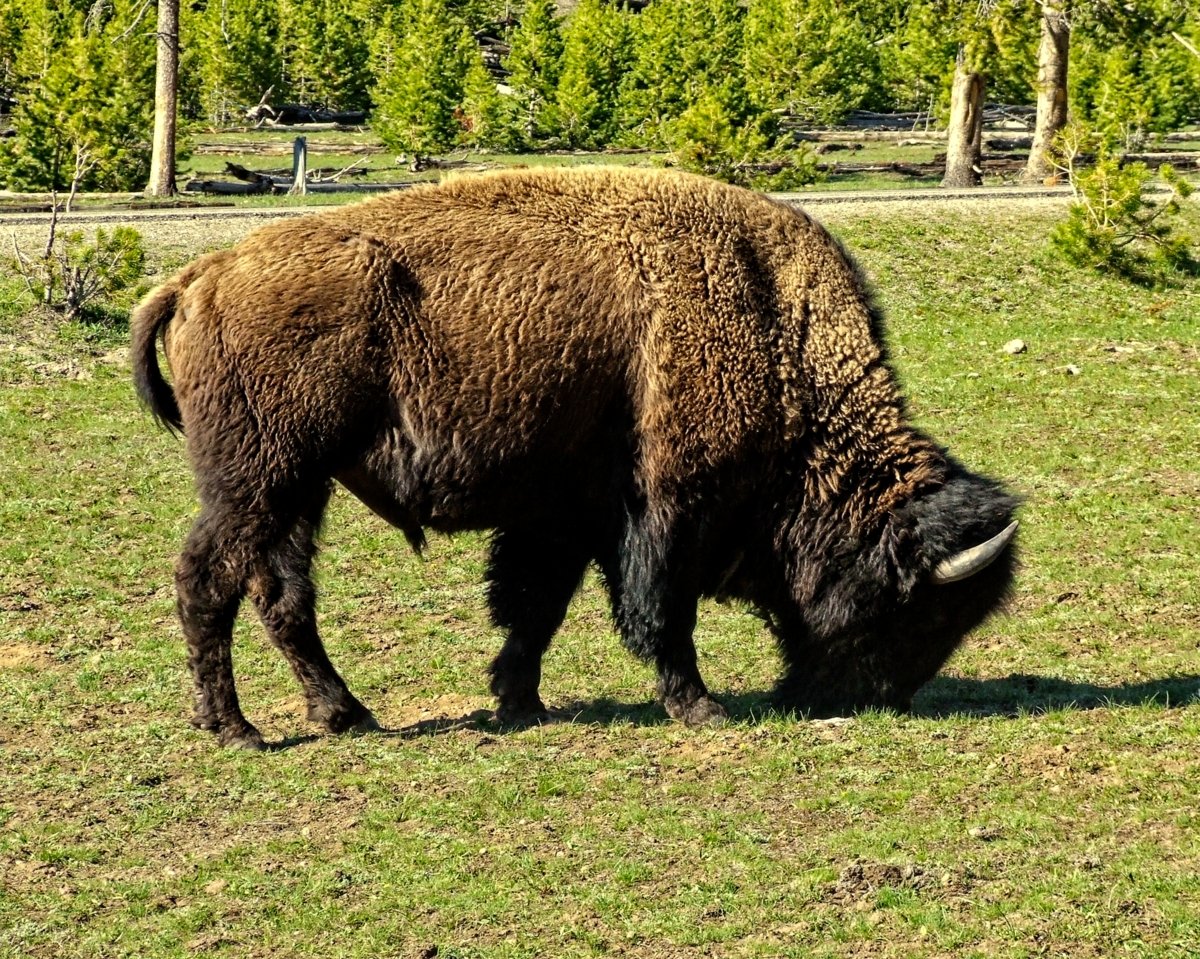



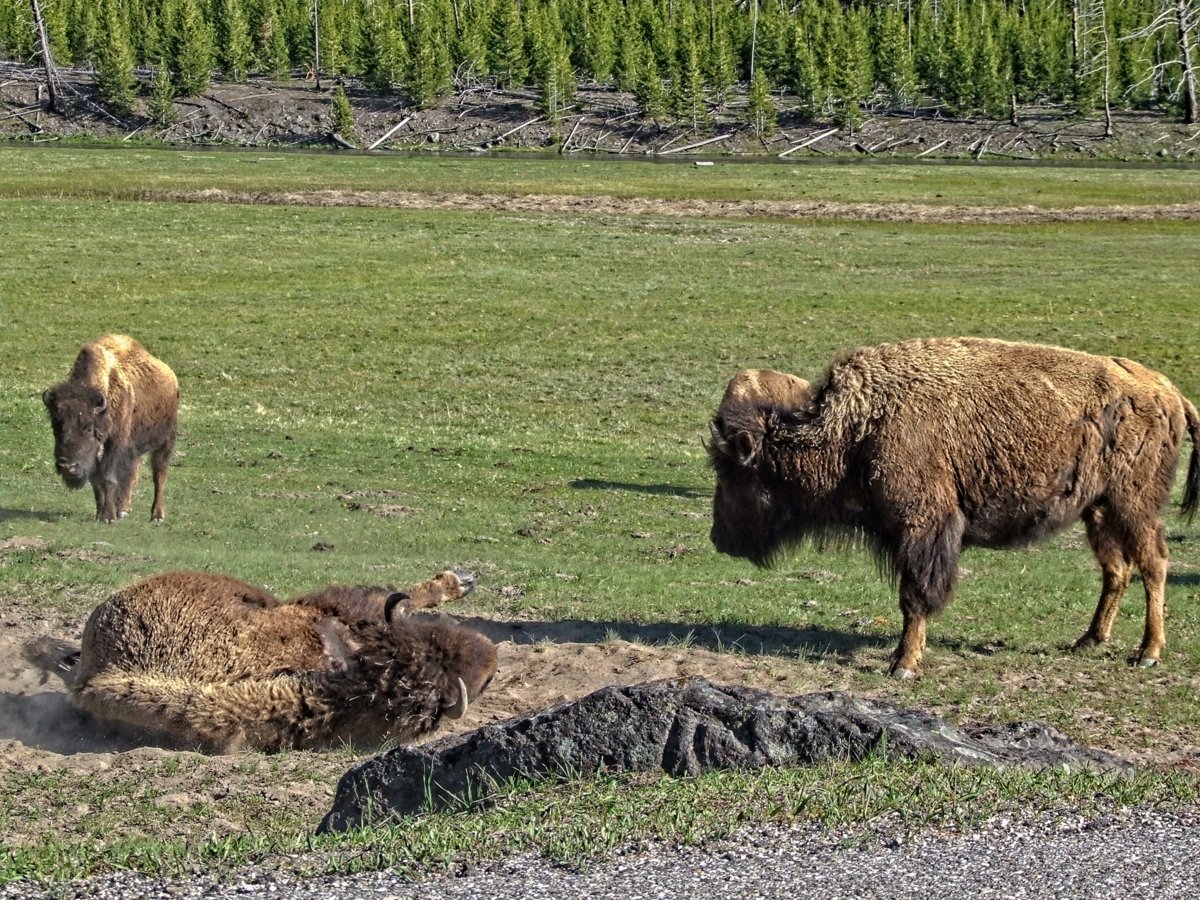


Yellowstone River stays mostly ice free in winter

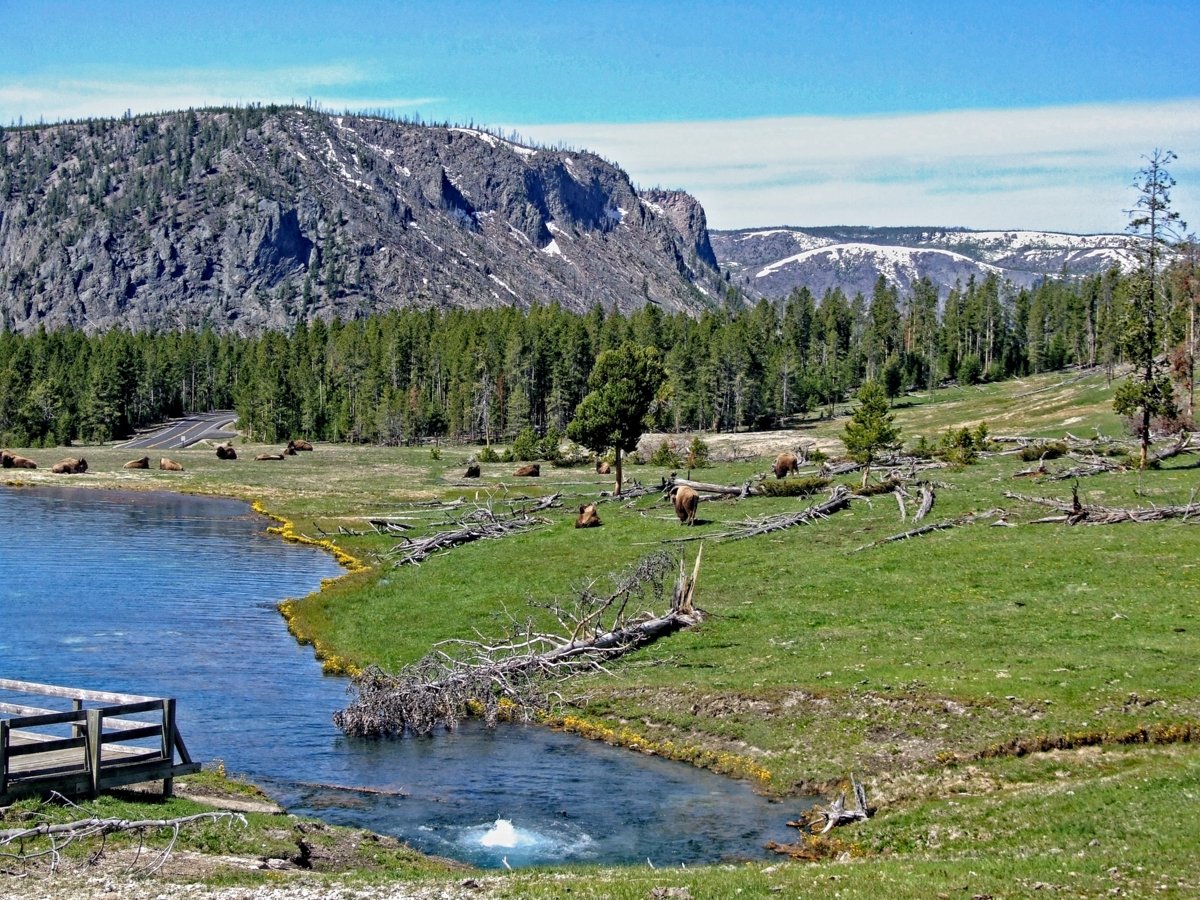

It is amazing how wild flowers can survive in such hostile conditions
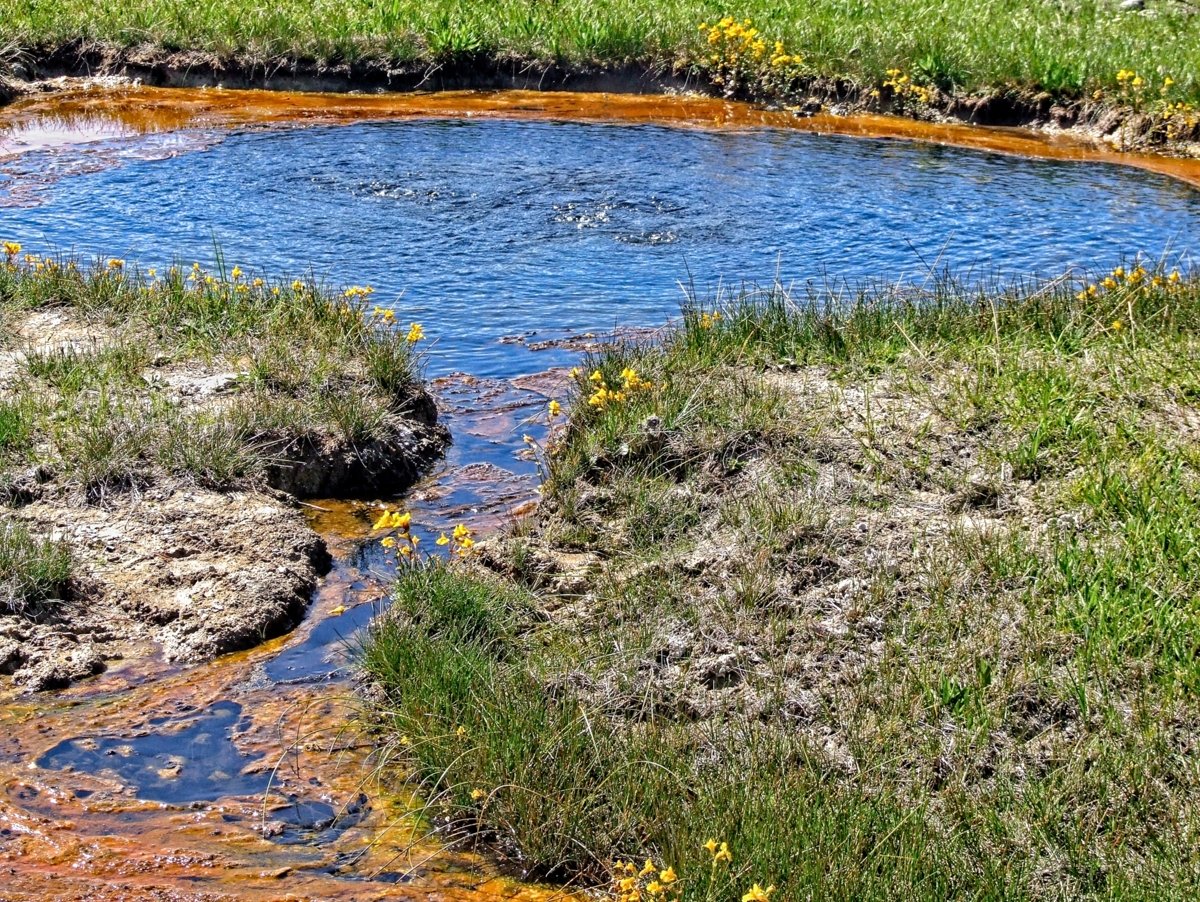

Not all Bison survive the tough winters and predators


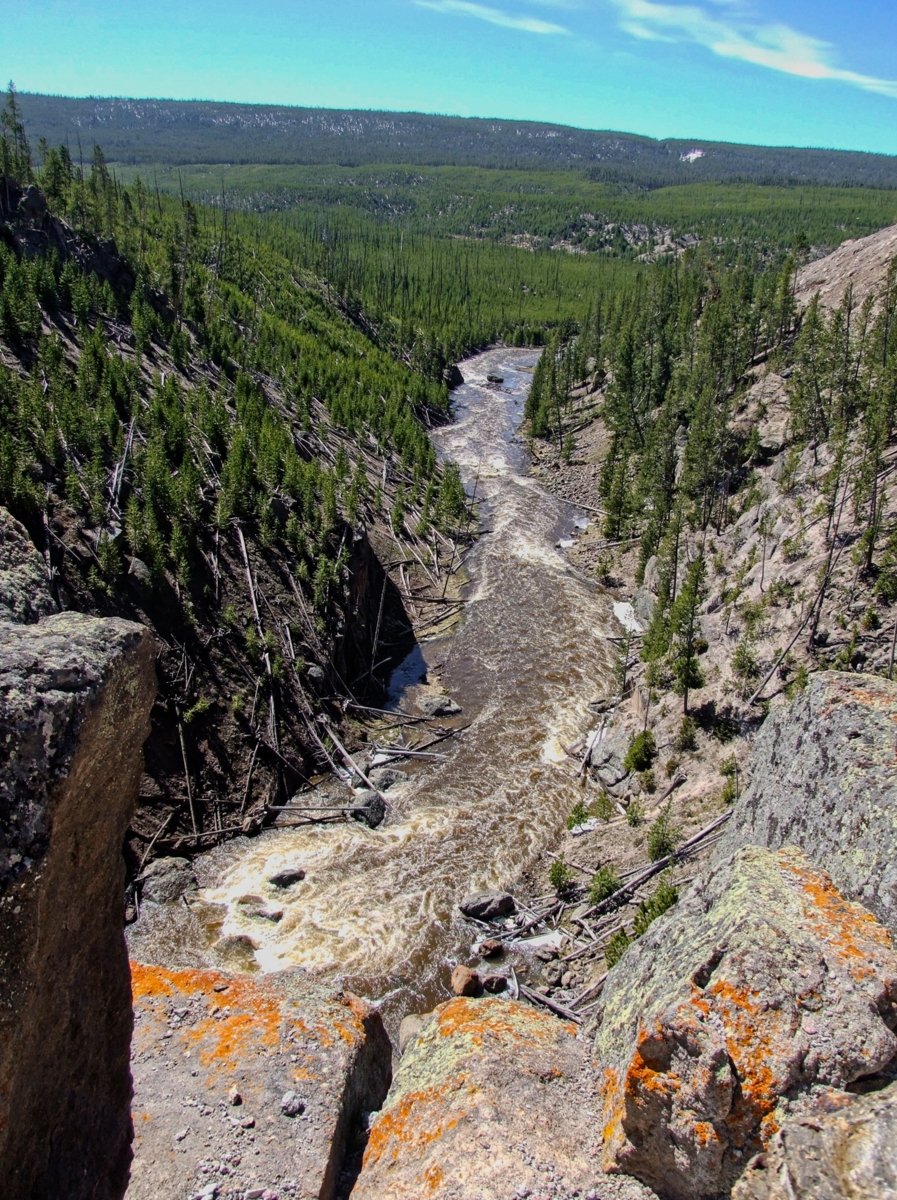



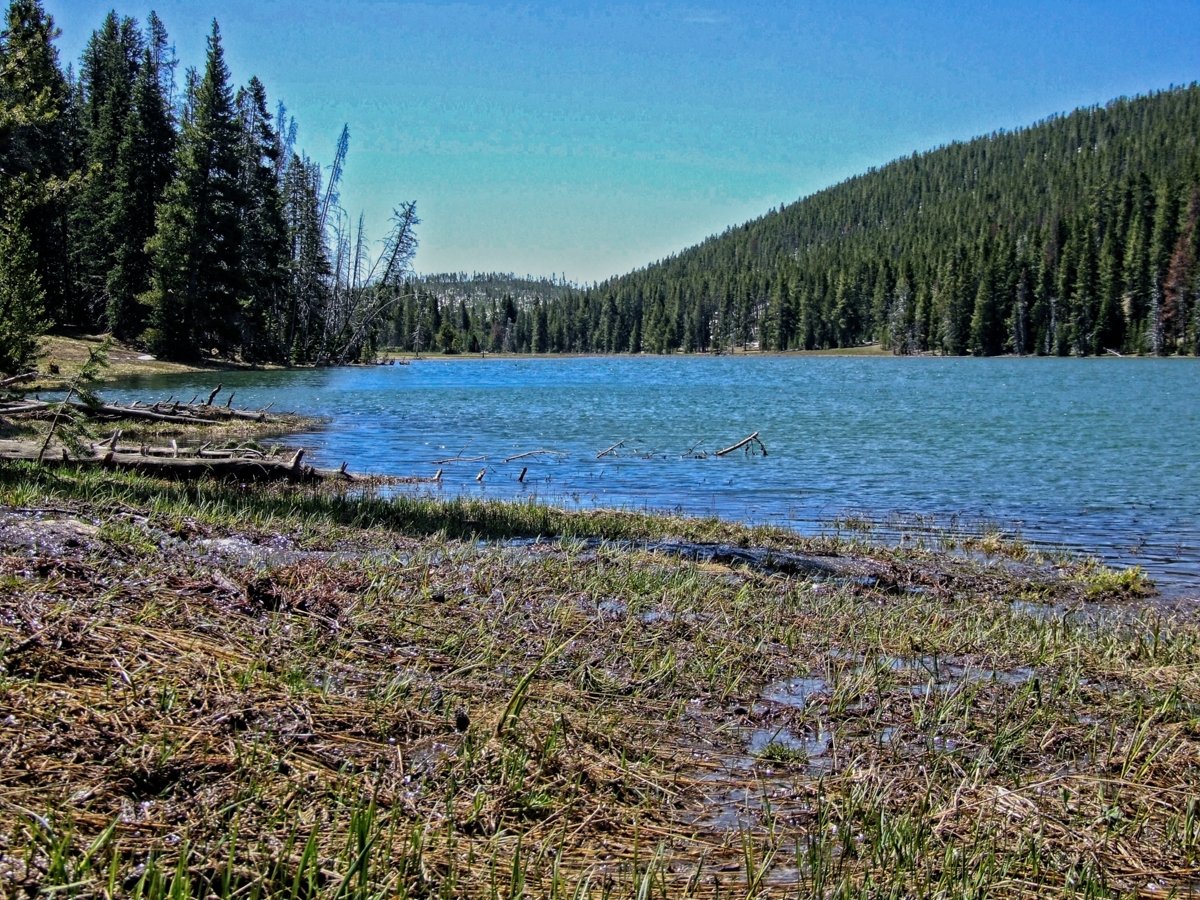

Wild flowers push through after a hard winter



A Bear !

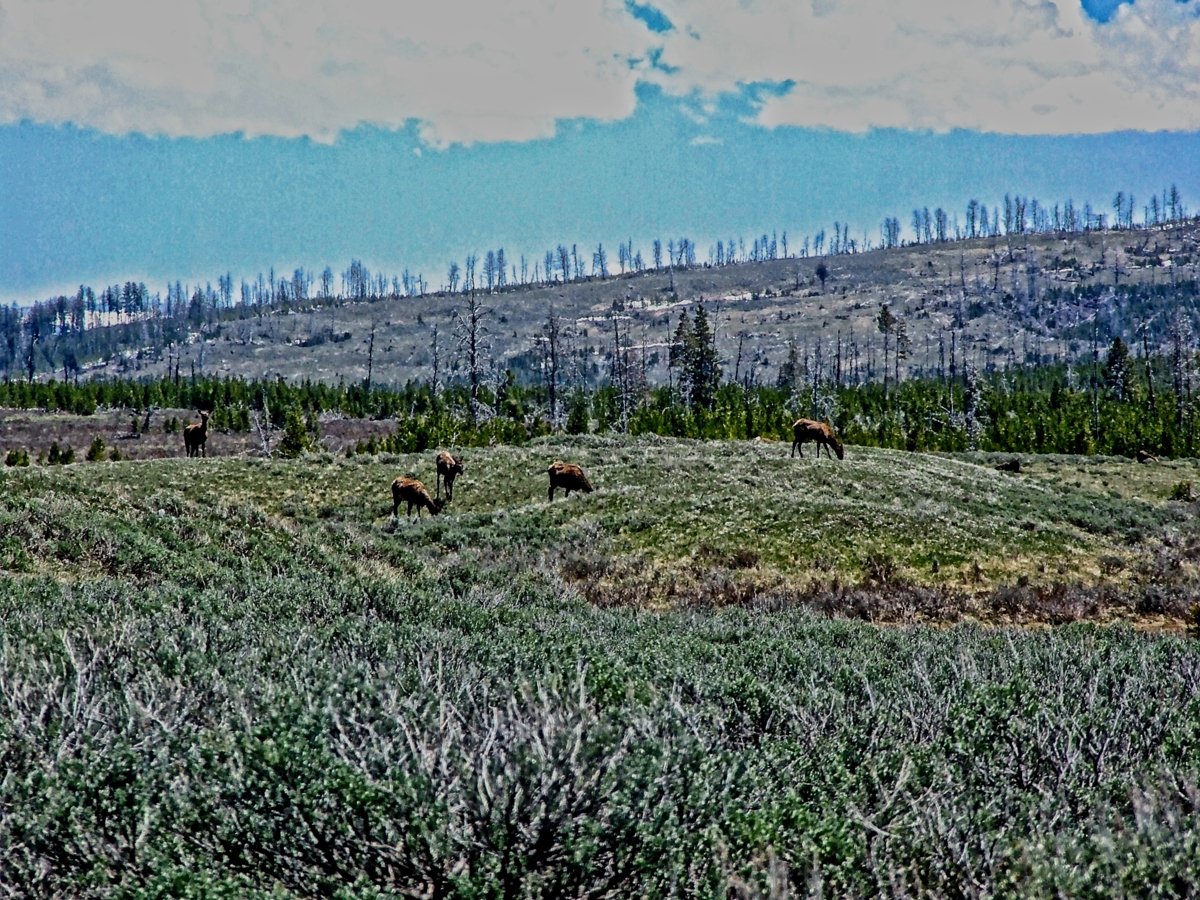

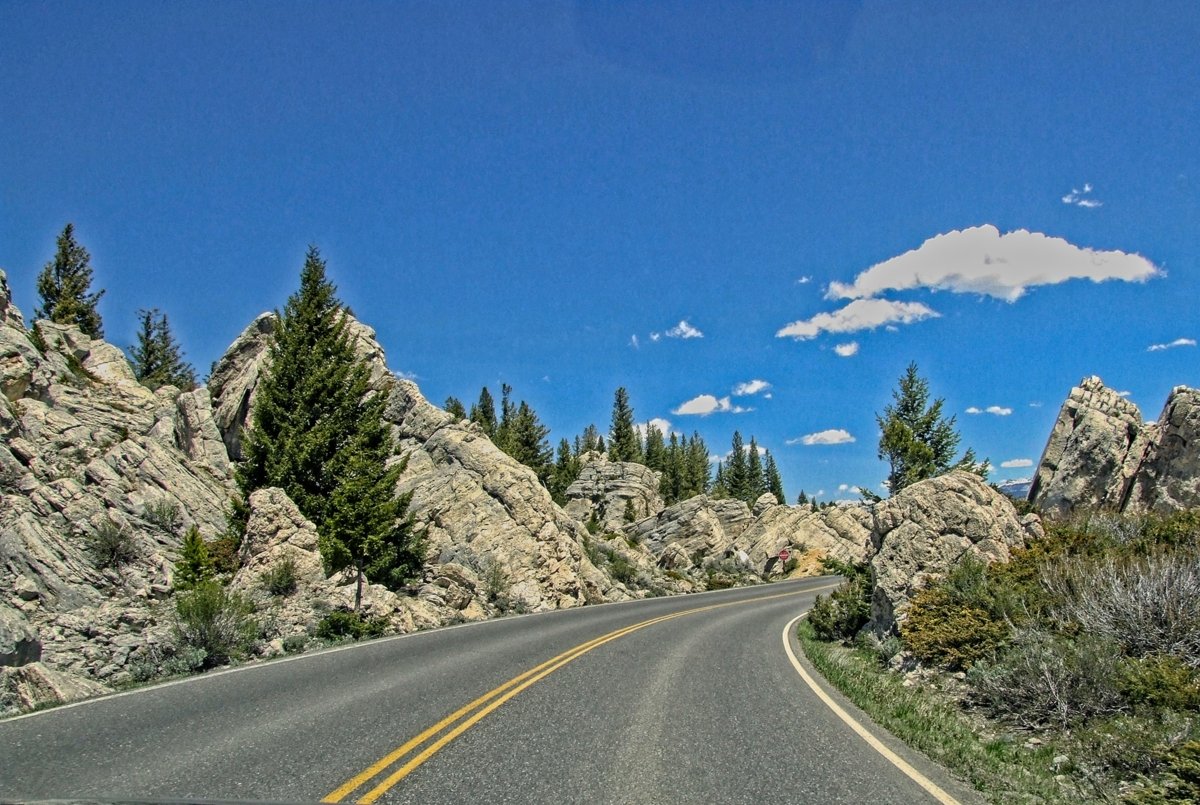
On the road to the Mammoth Hot Springs
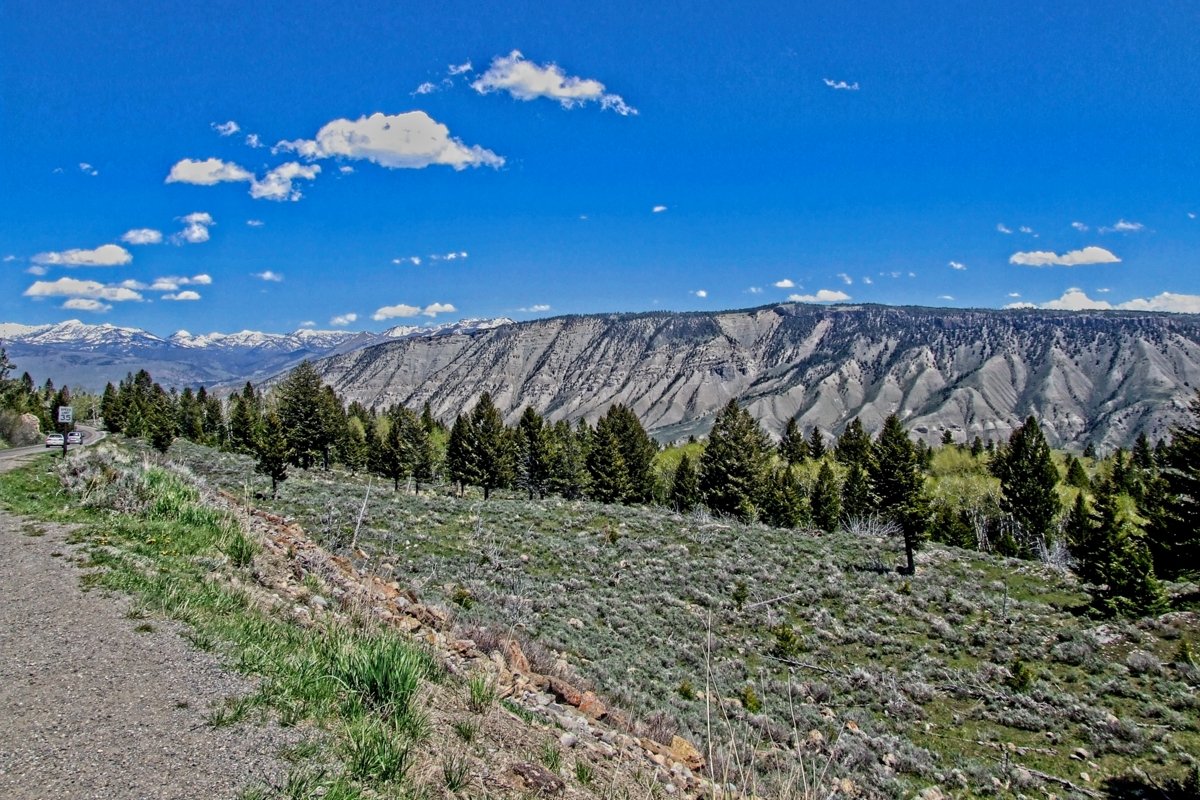
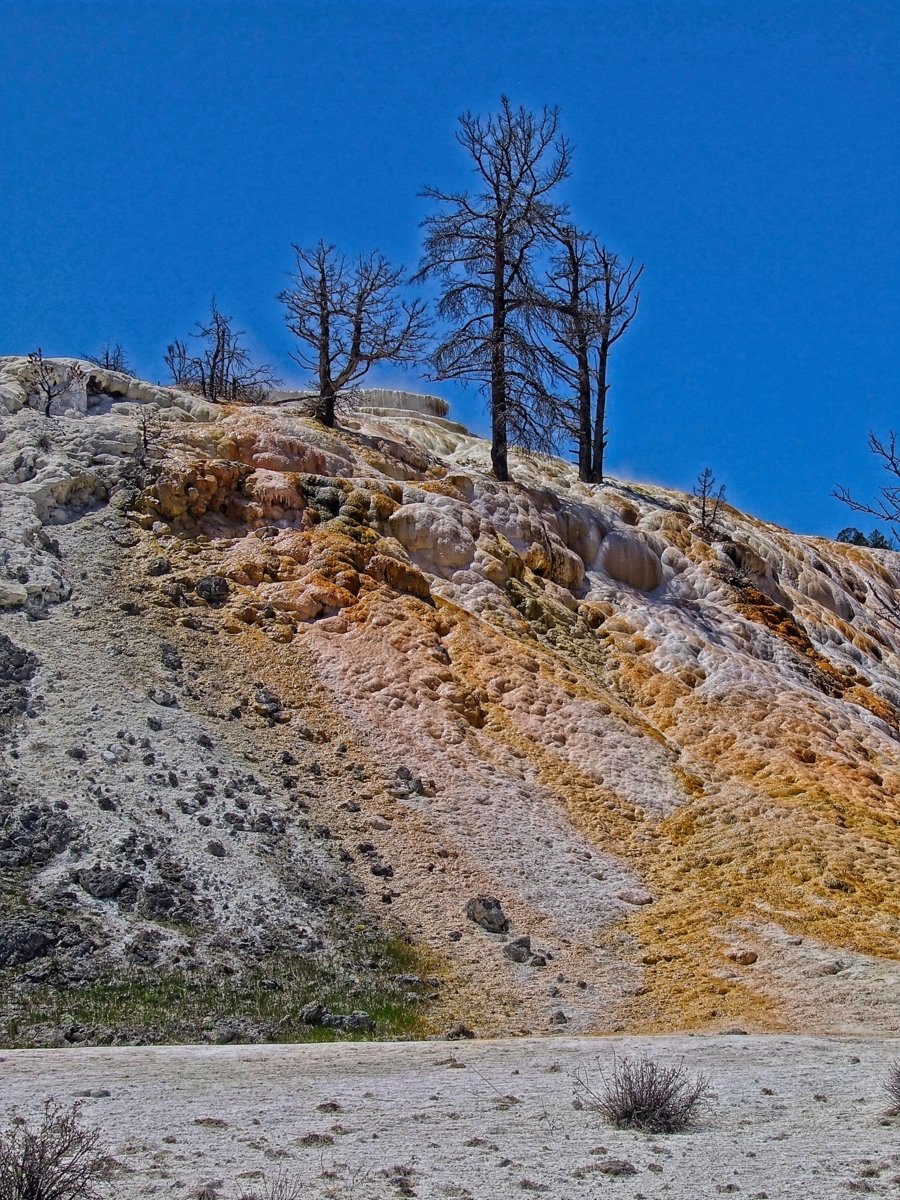
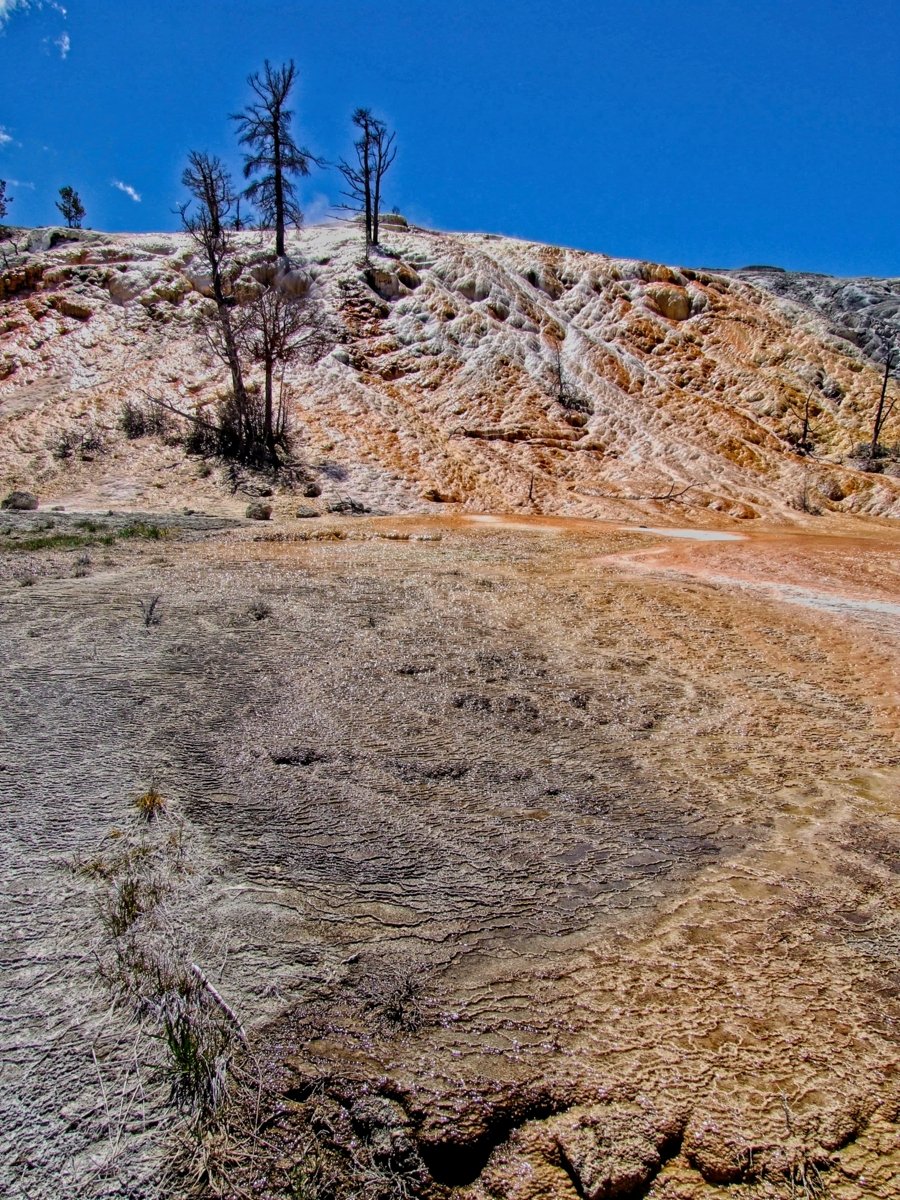
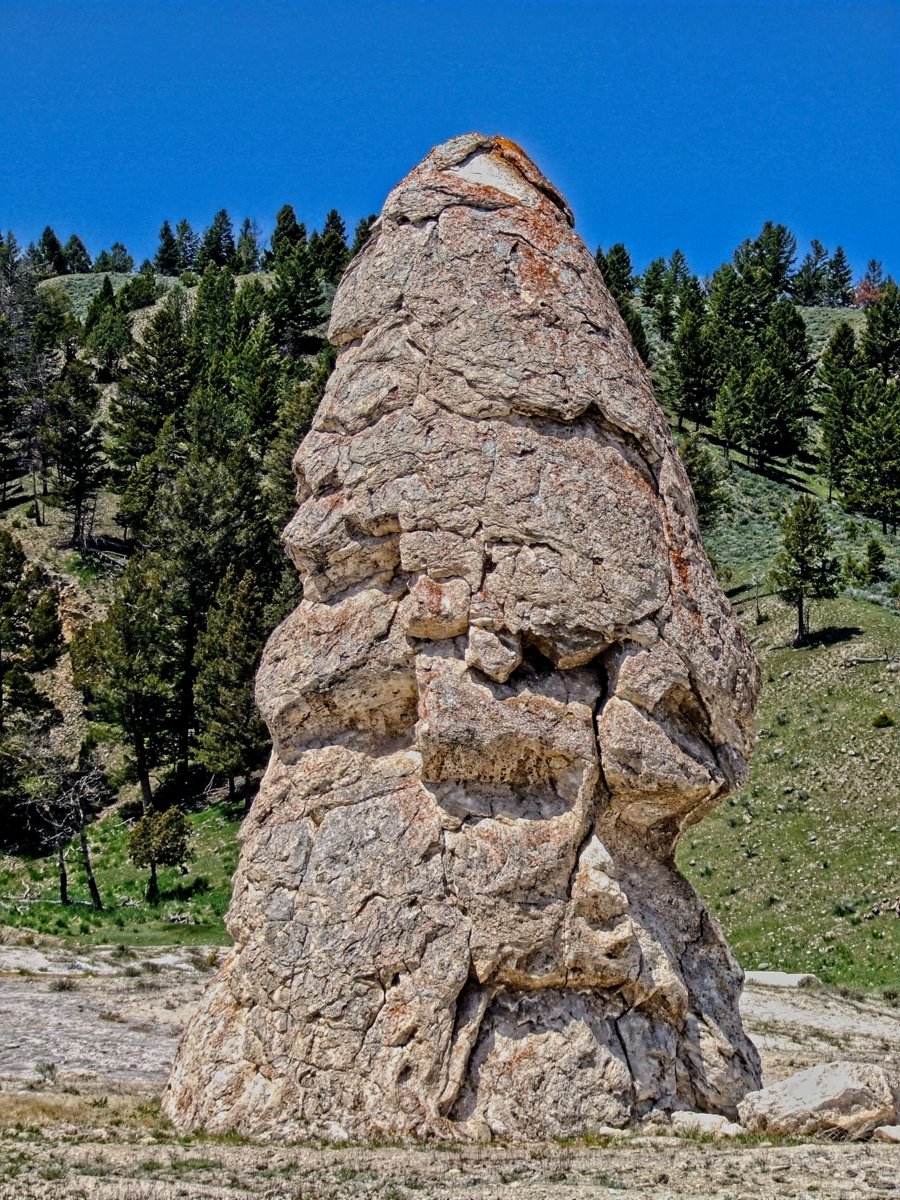
Stange rock features


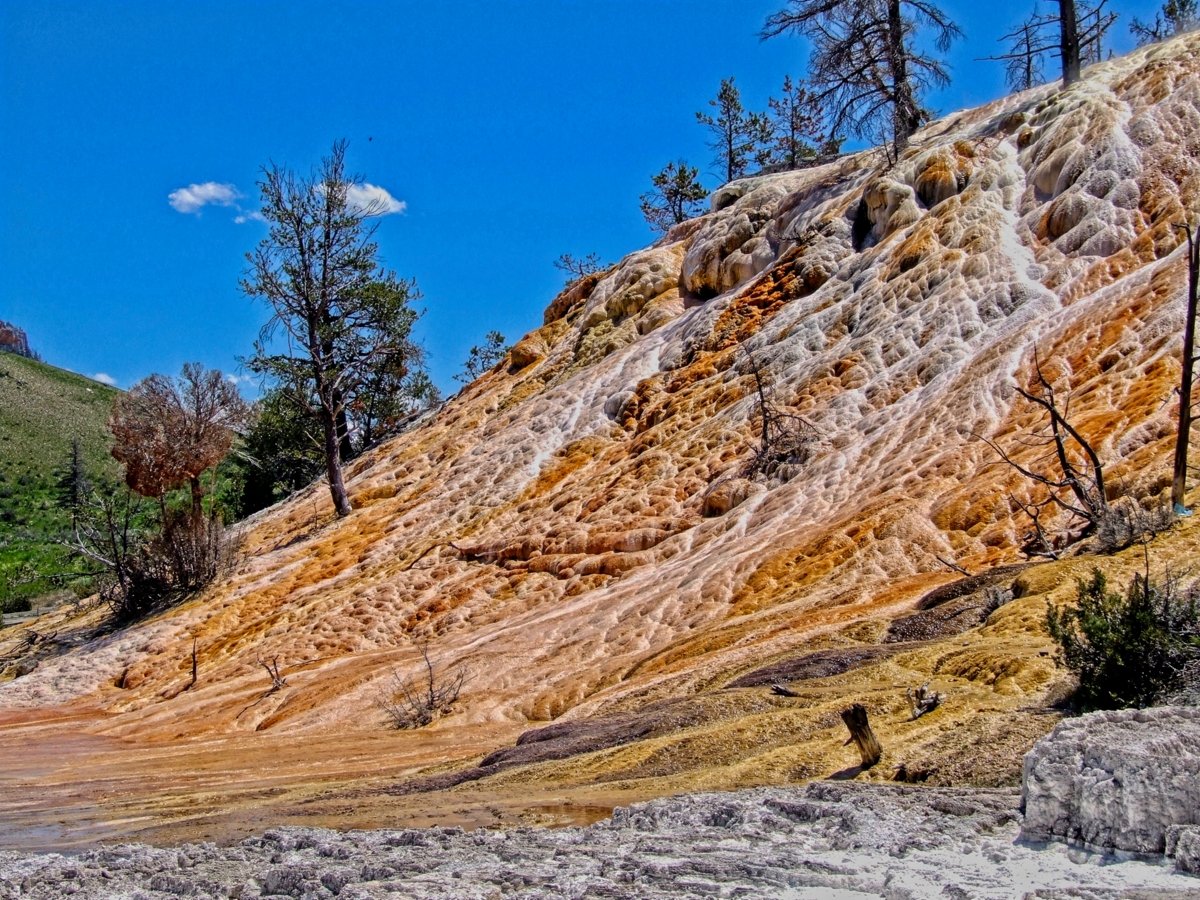


Minerva Terrace - Mammoth Hot Springs

Petrified tree
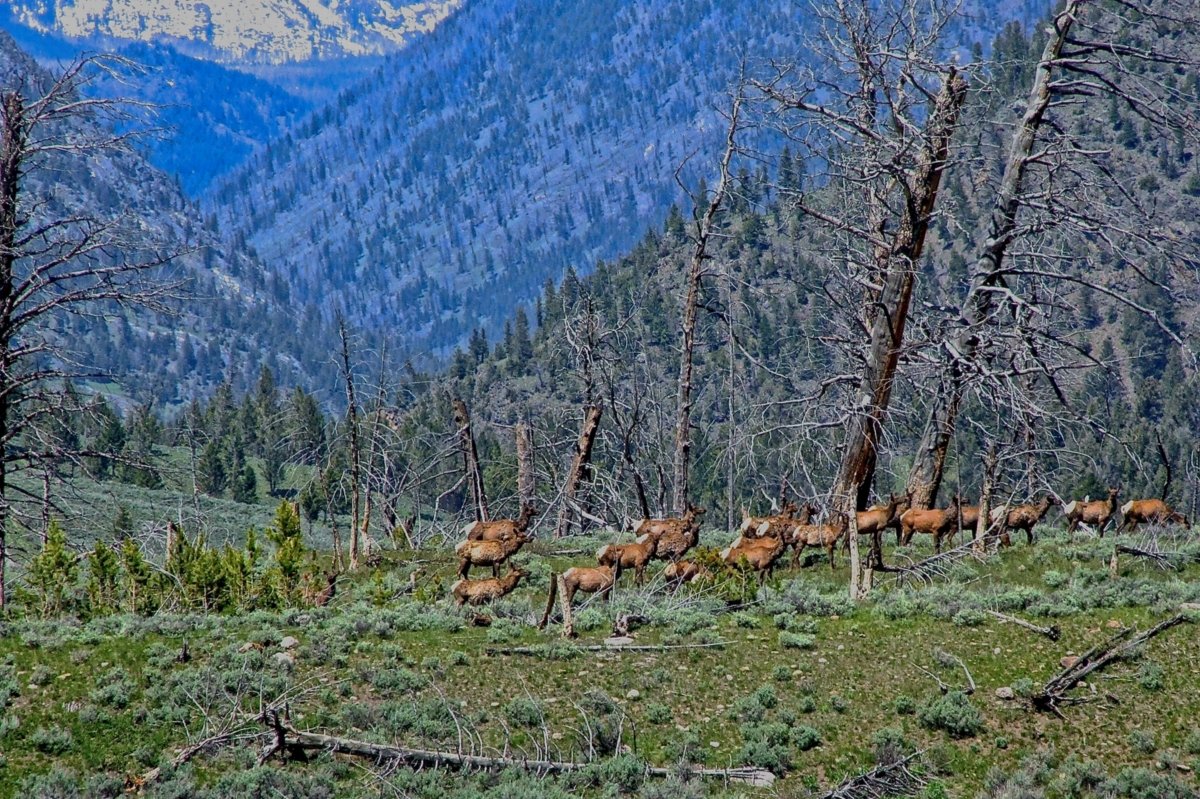
White tailed deer?
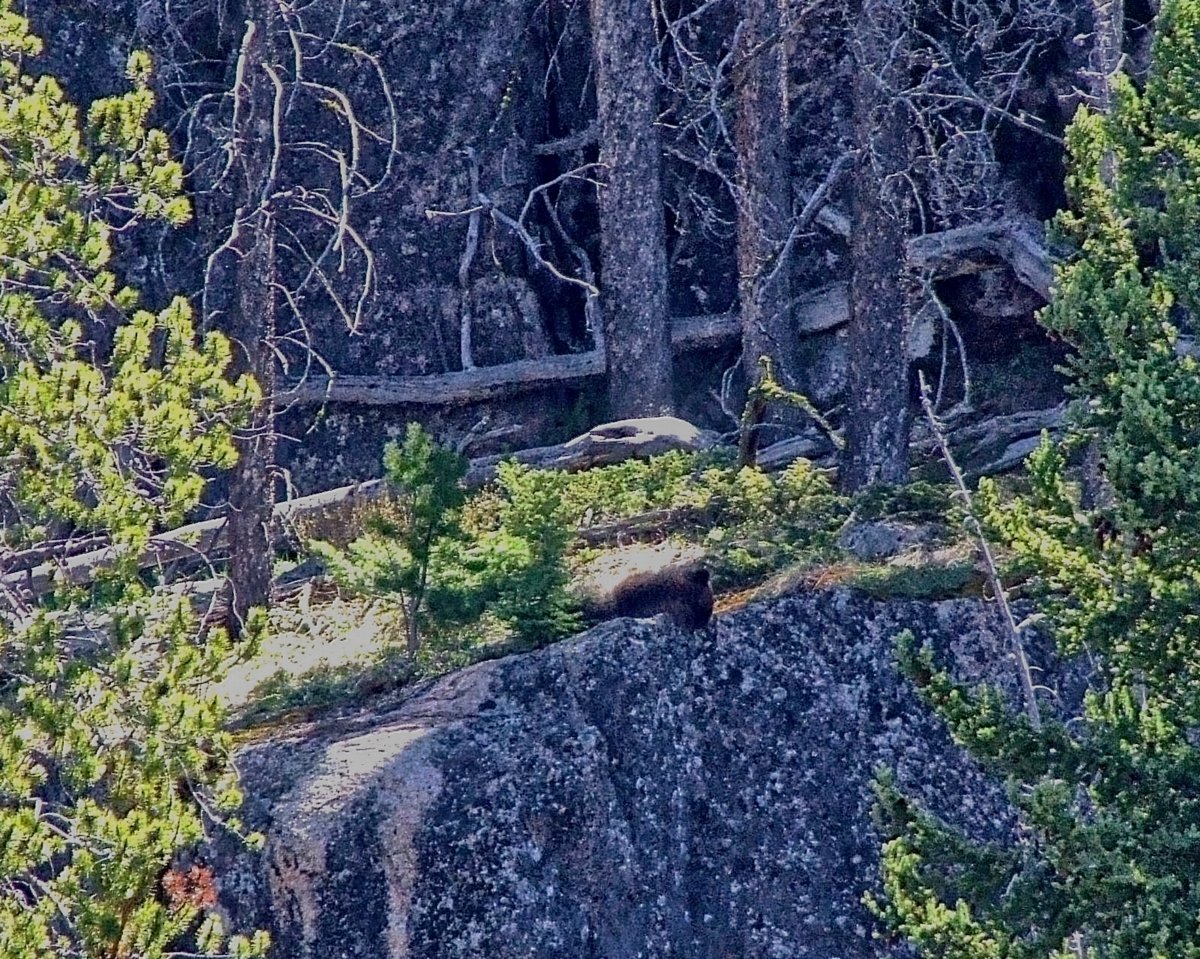
Bear dozing on the edge of a cliff ! (Centre by small tree)

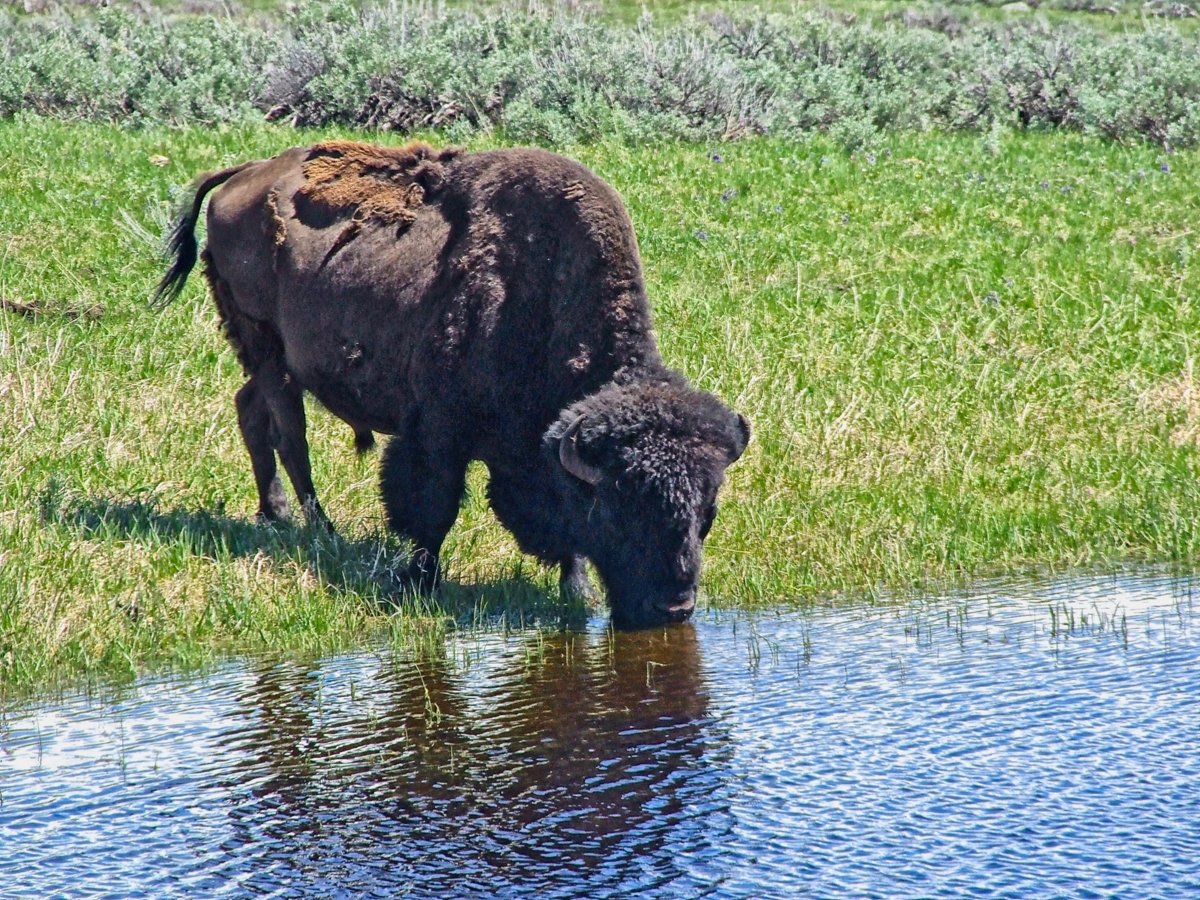

Possibly Pronghorn Antelope

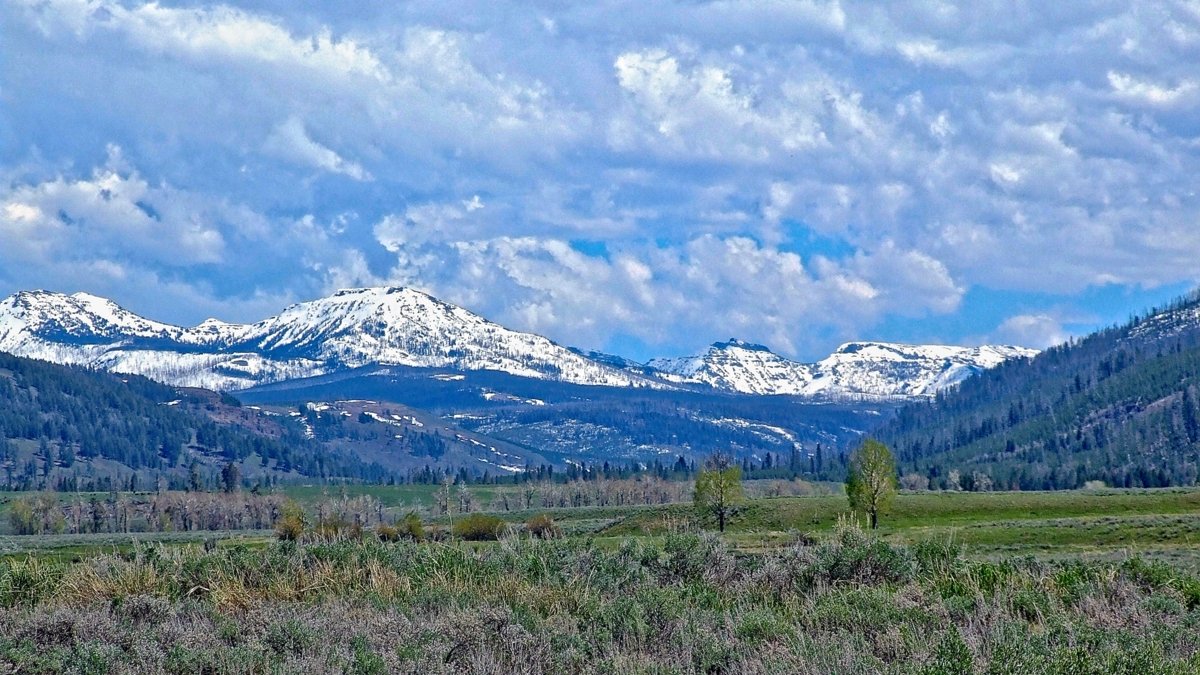
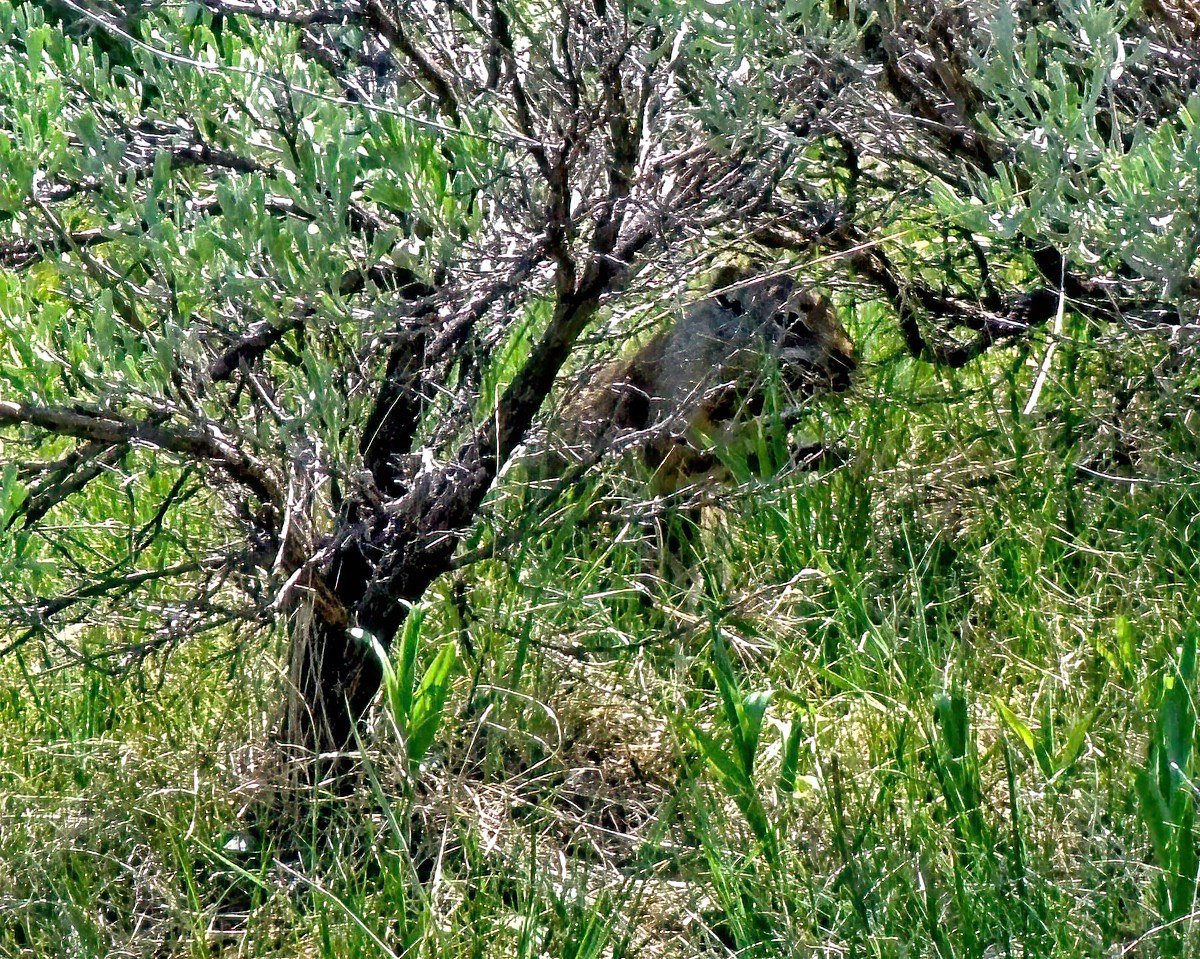
Chipmunk (just!)

Osprey nest (Top centre) complete with Osprey !



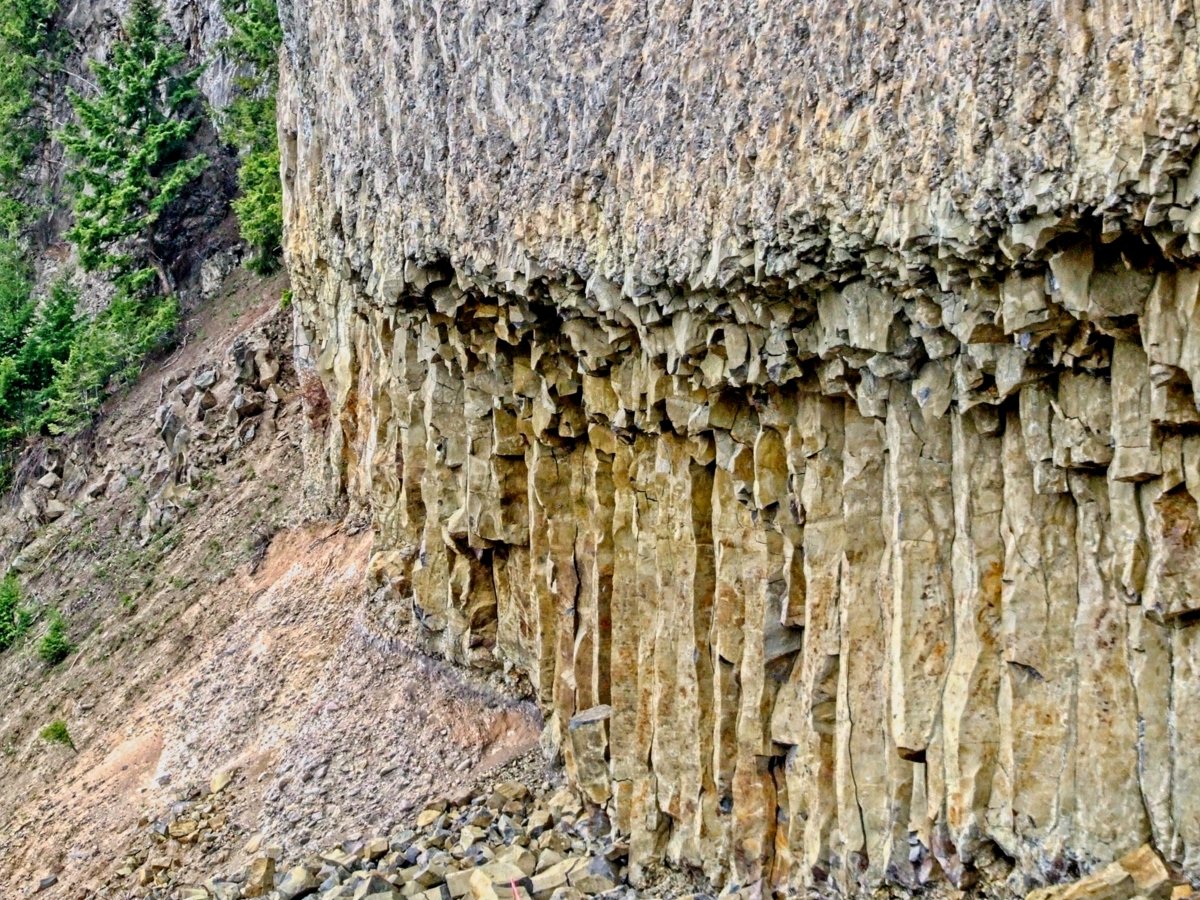
Basalt columns, similar to the Giants Causeway, Northern Ireland

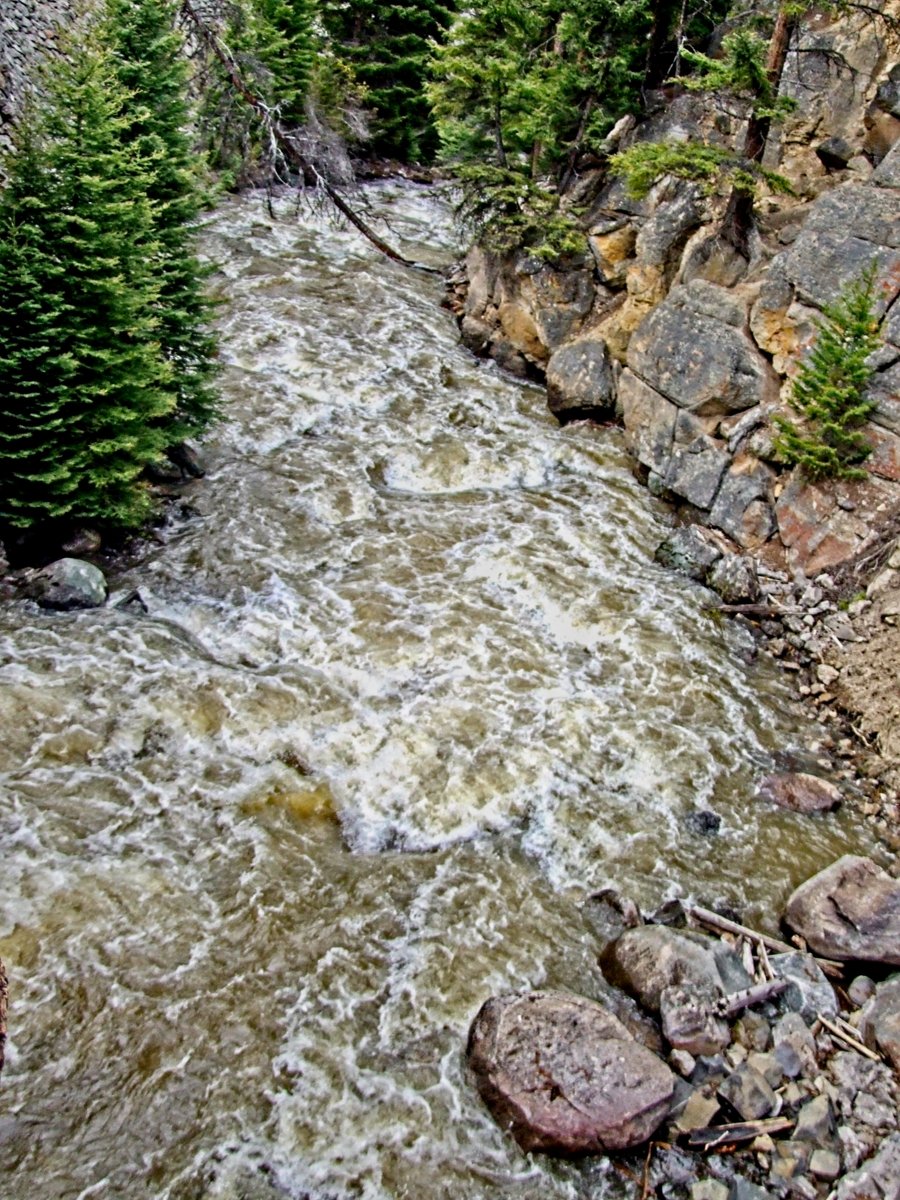
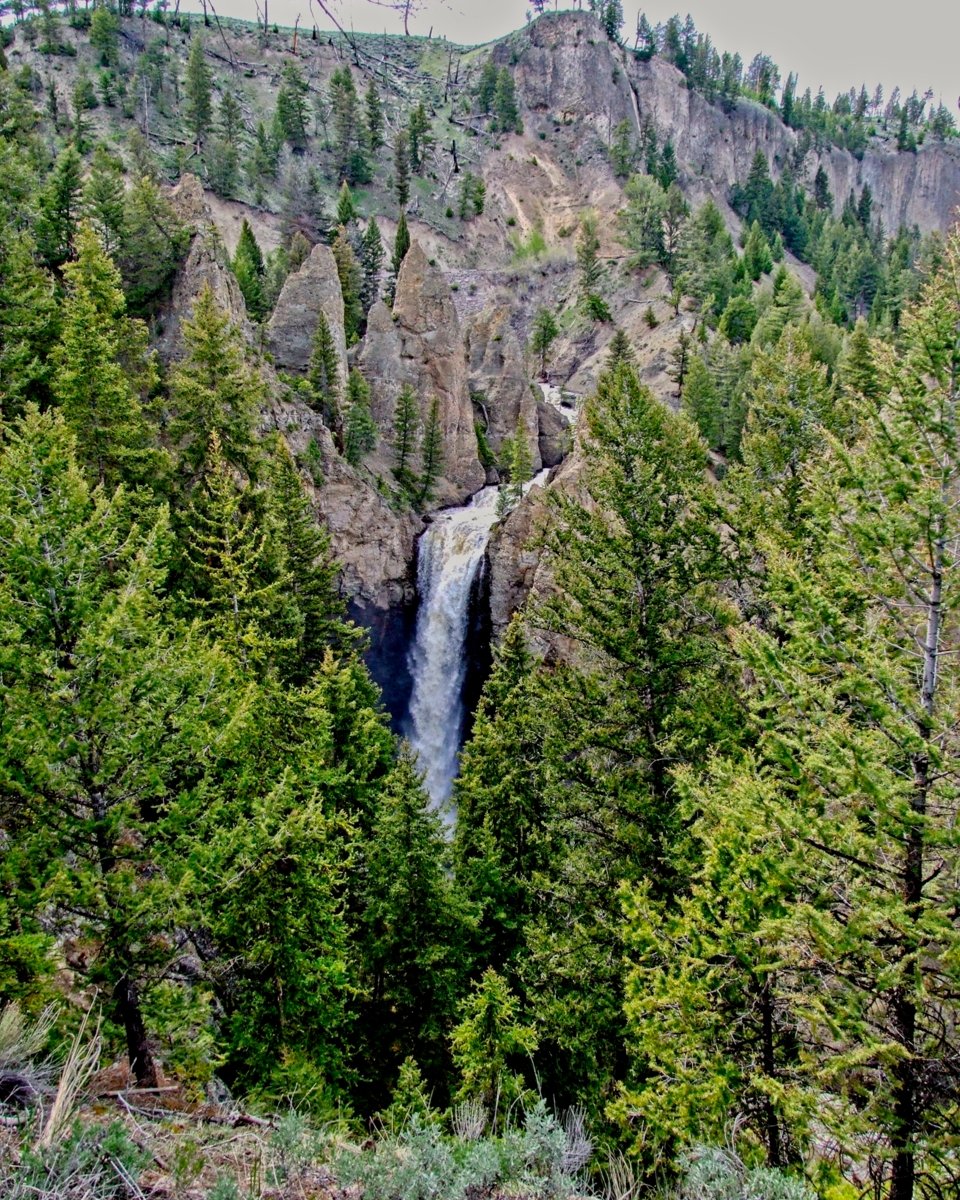
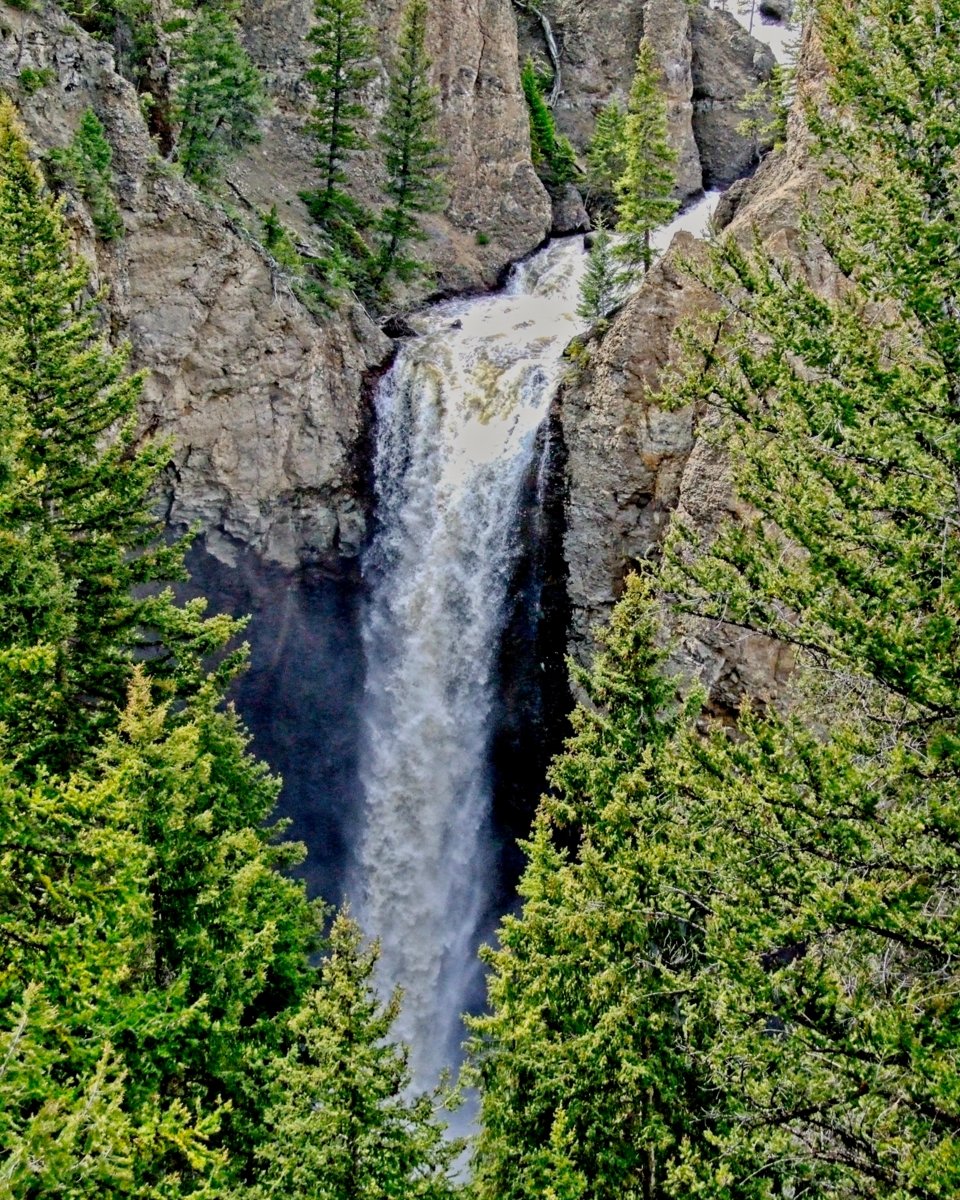

Lichen covered tree trunk
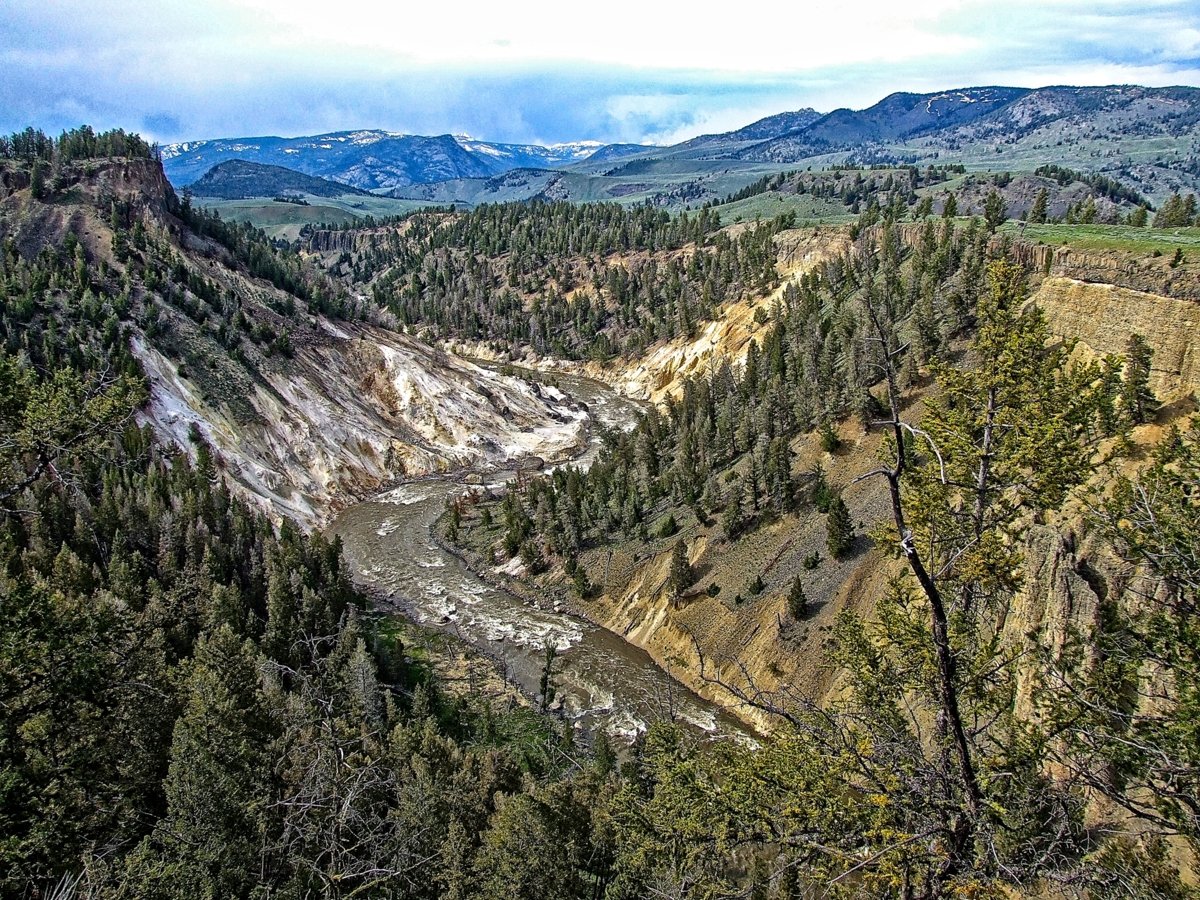
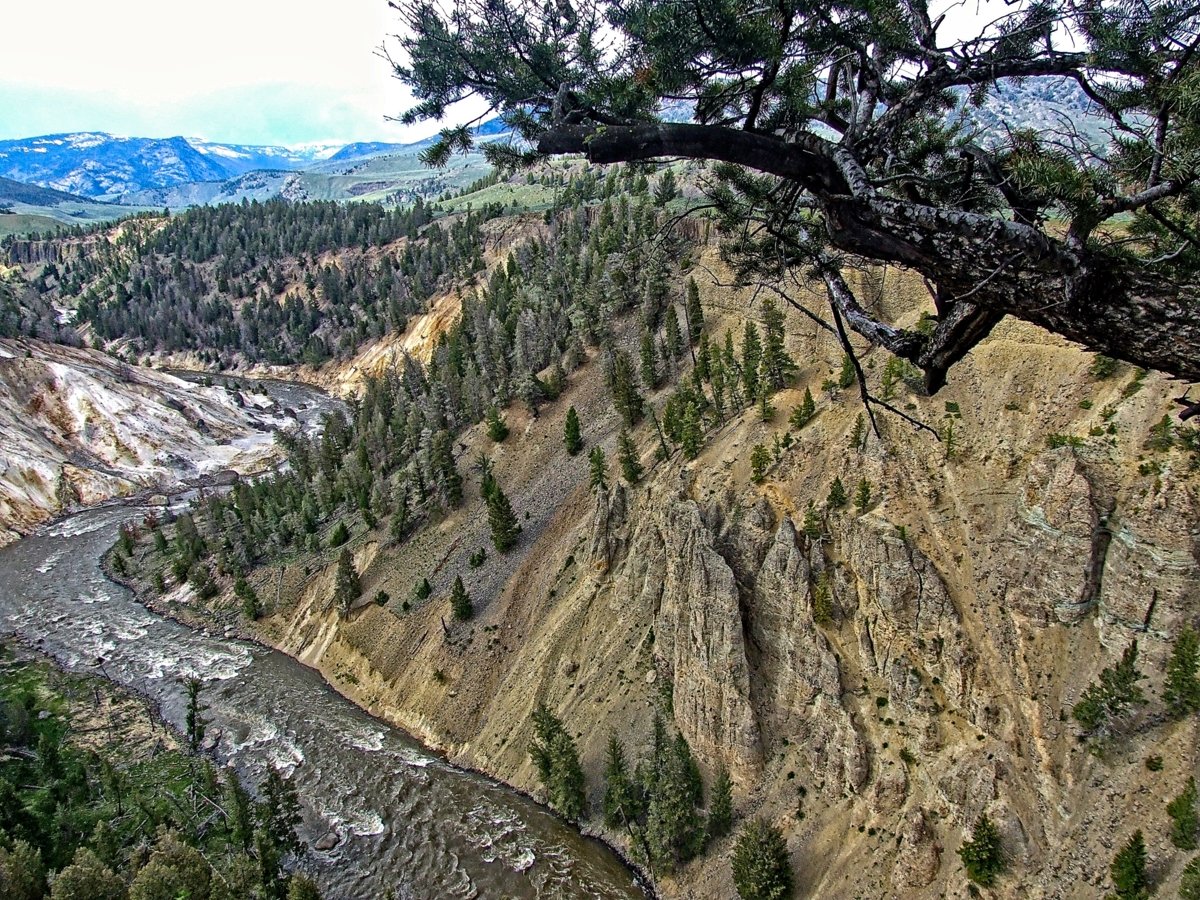

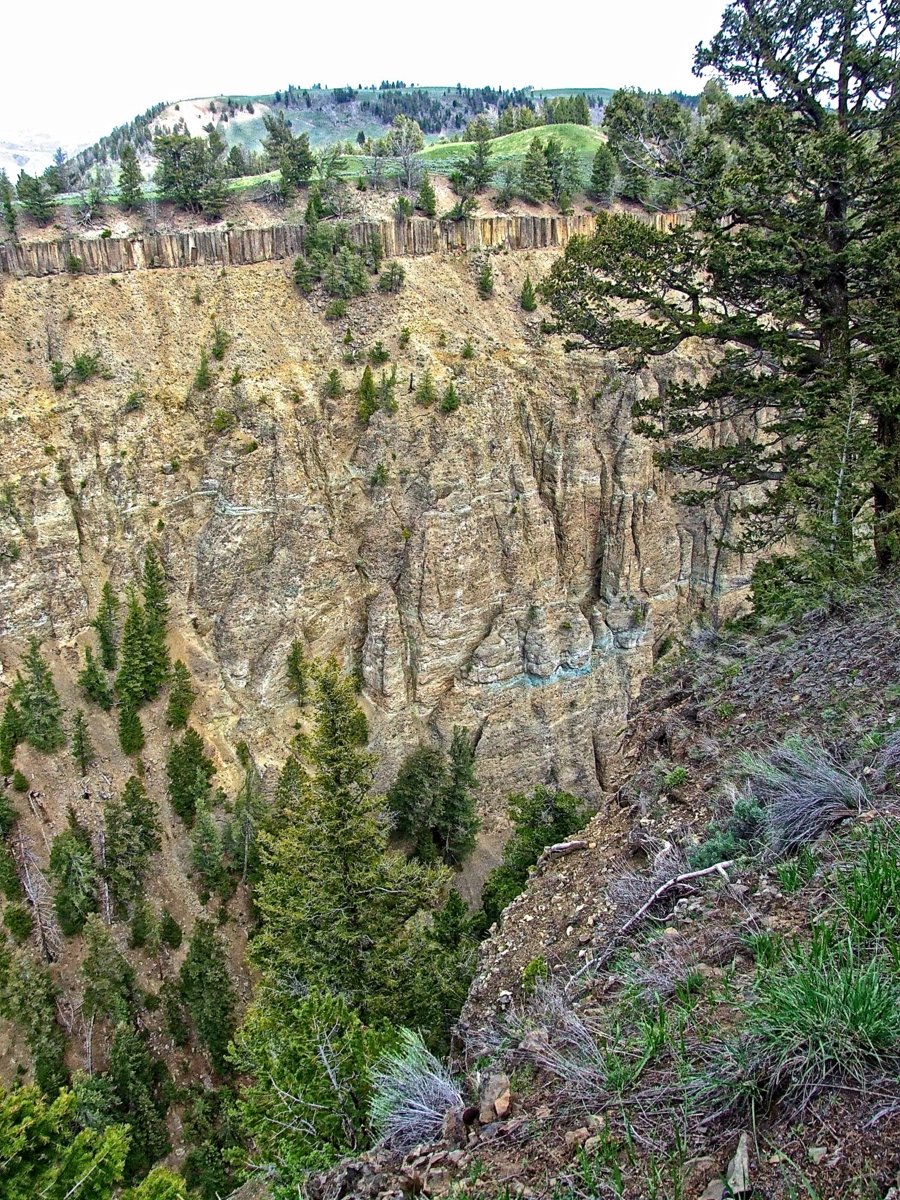


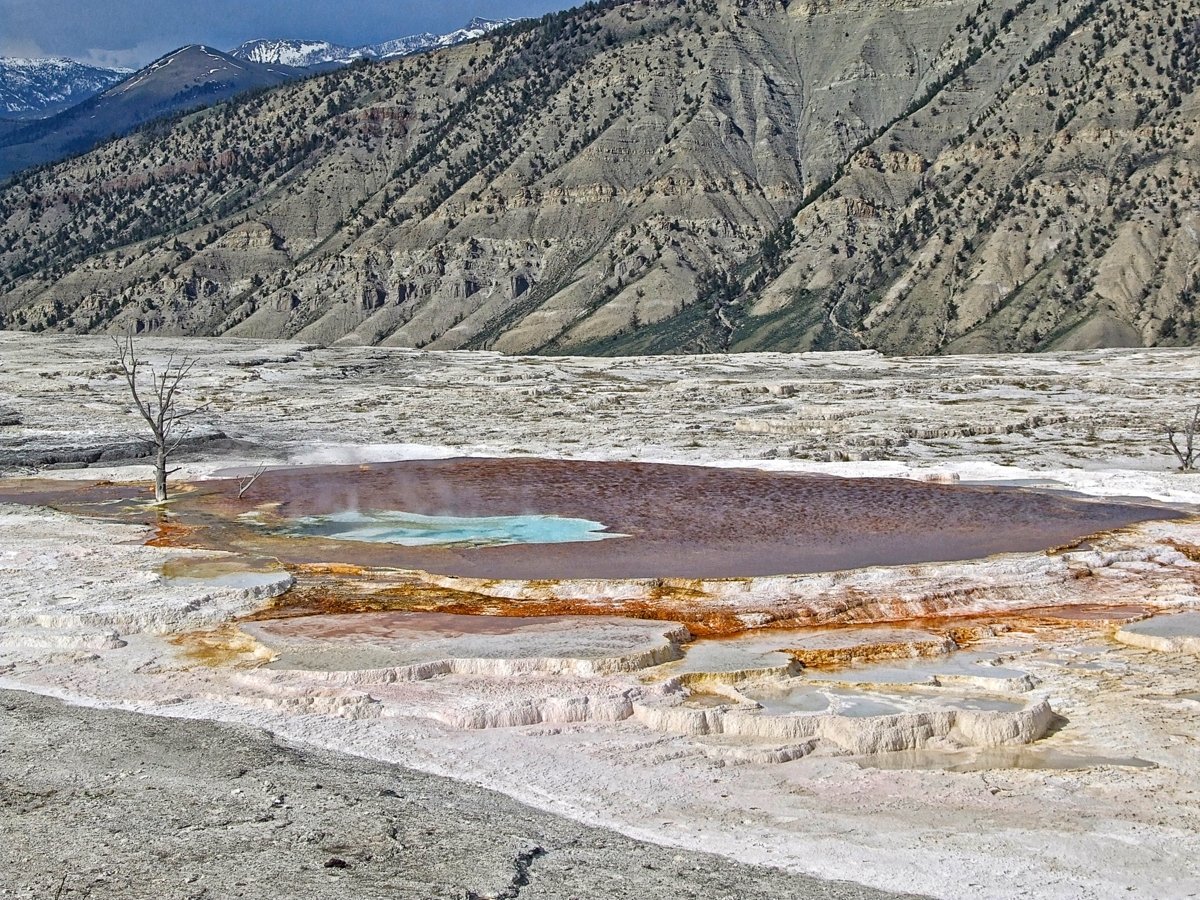

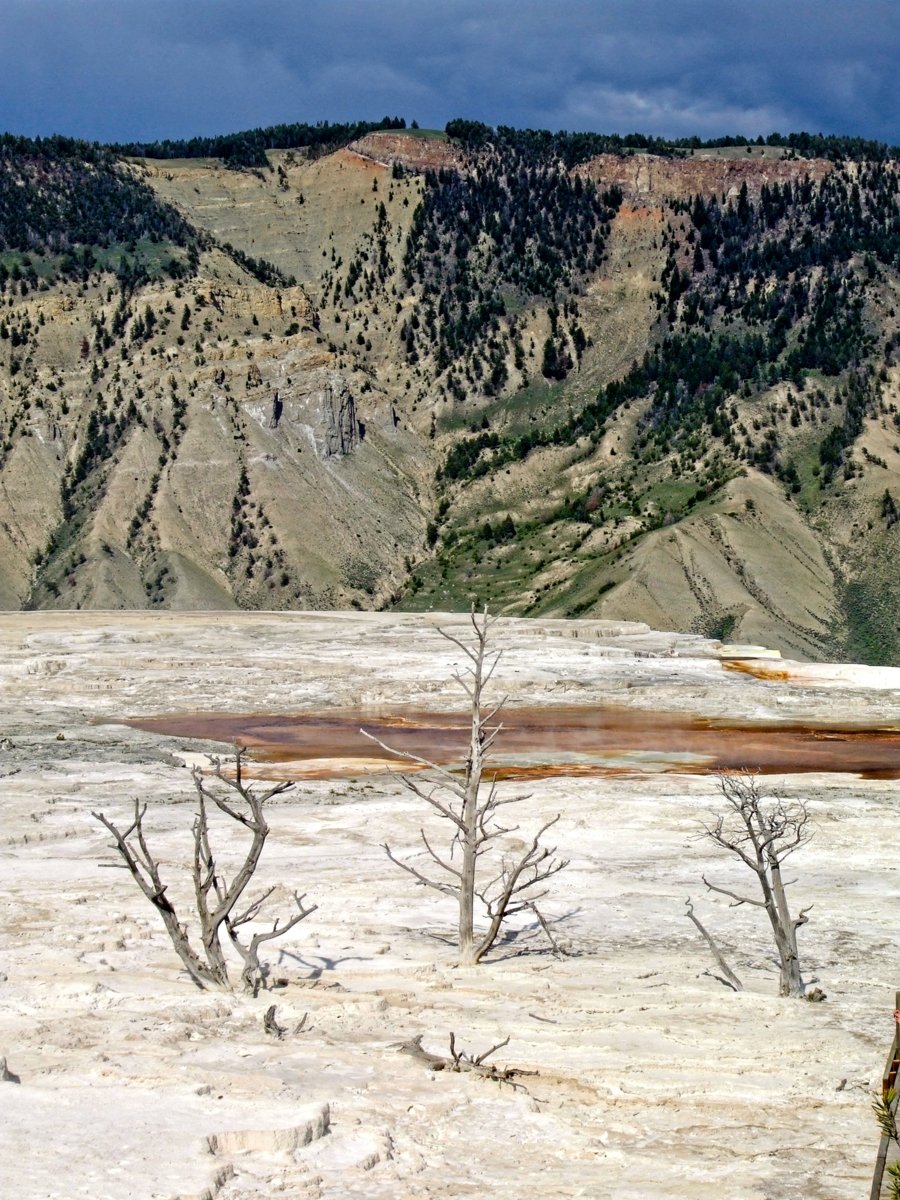

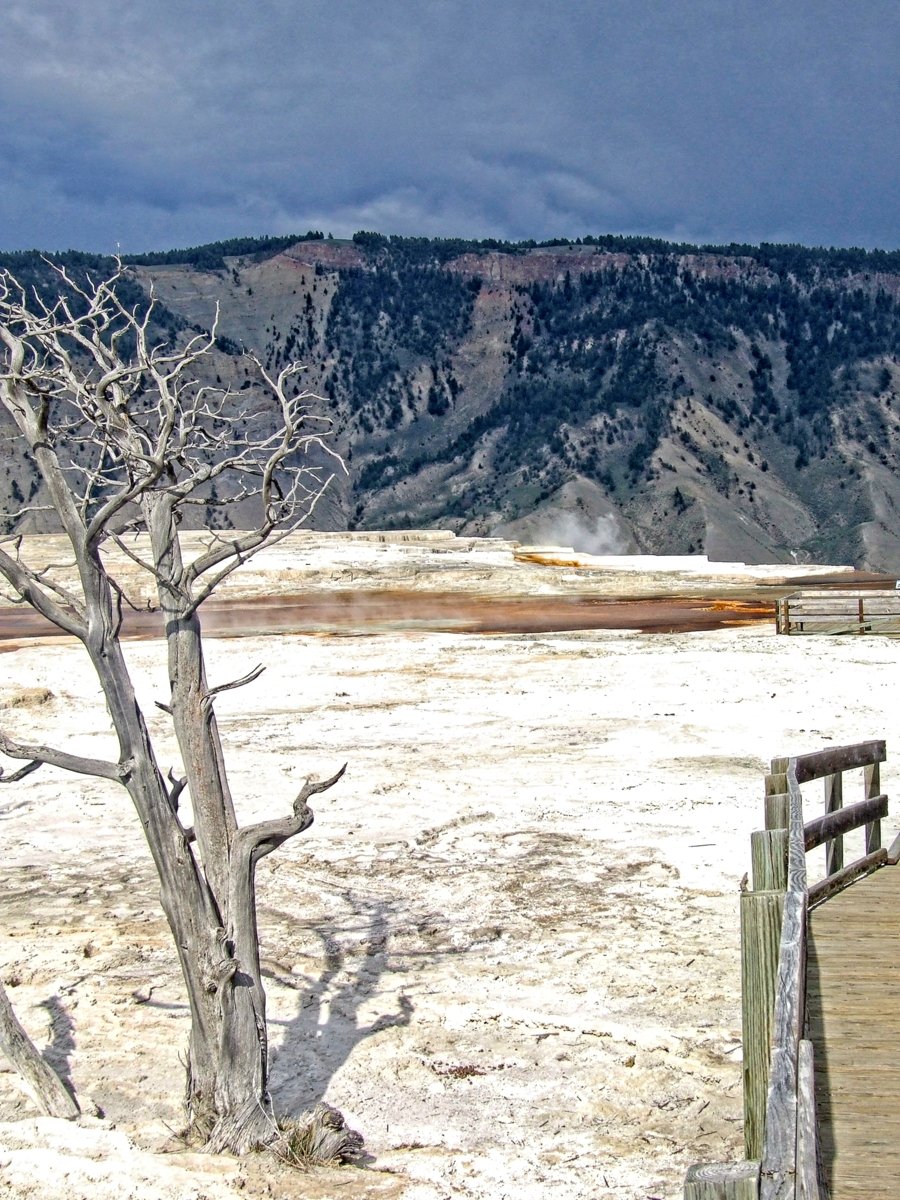





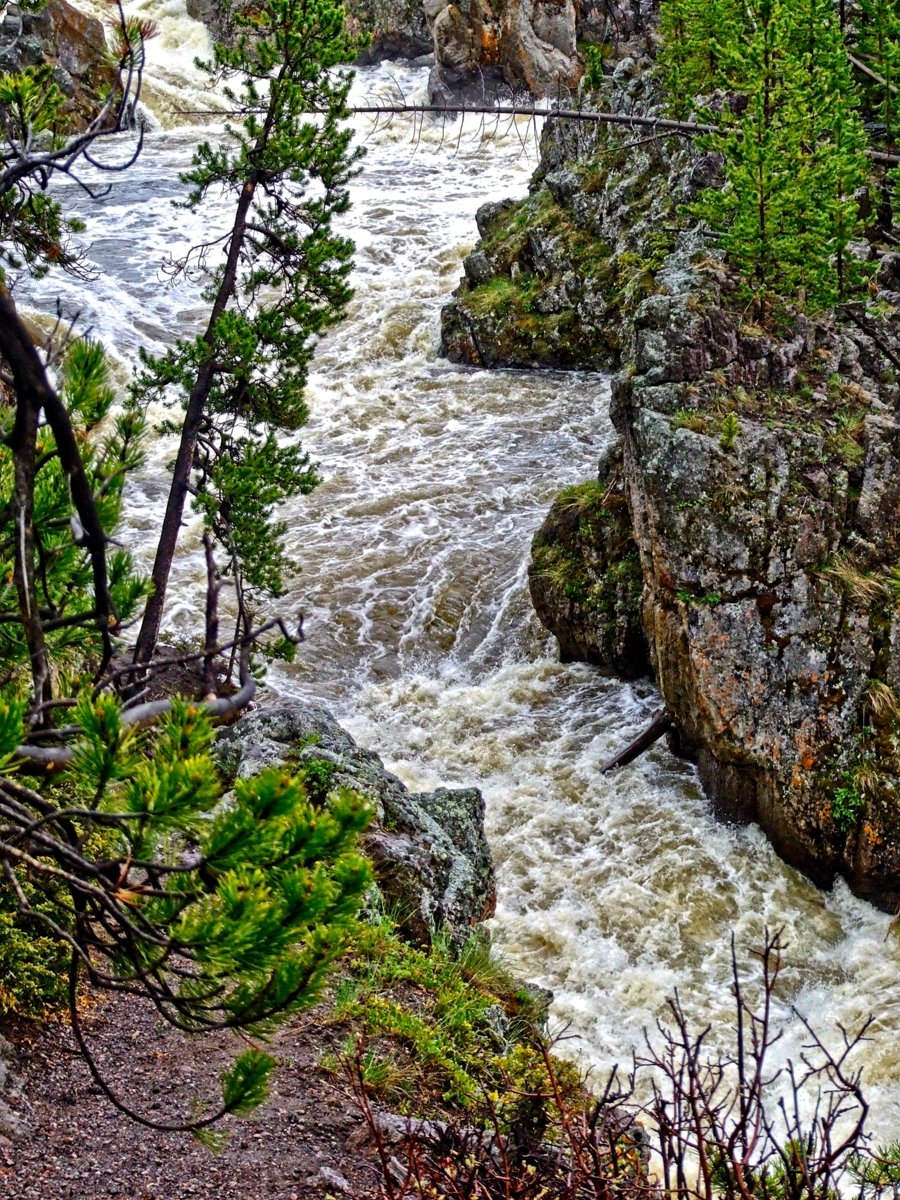

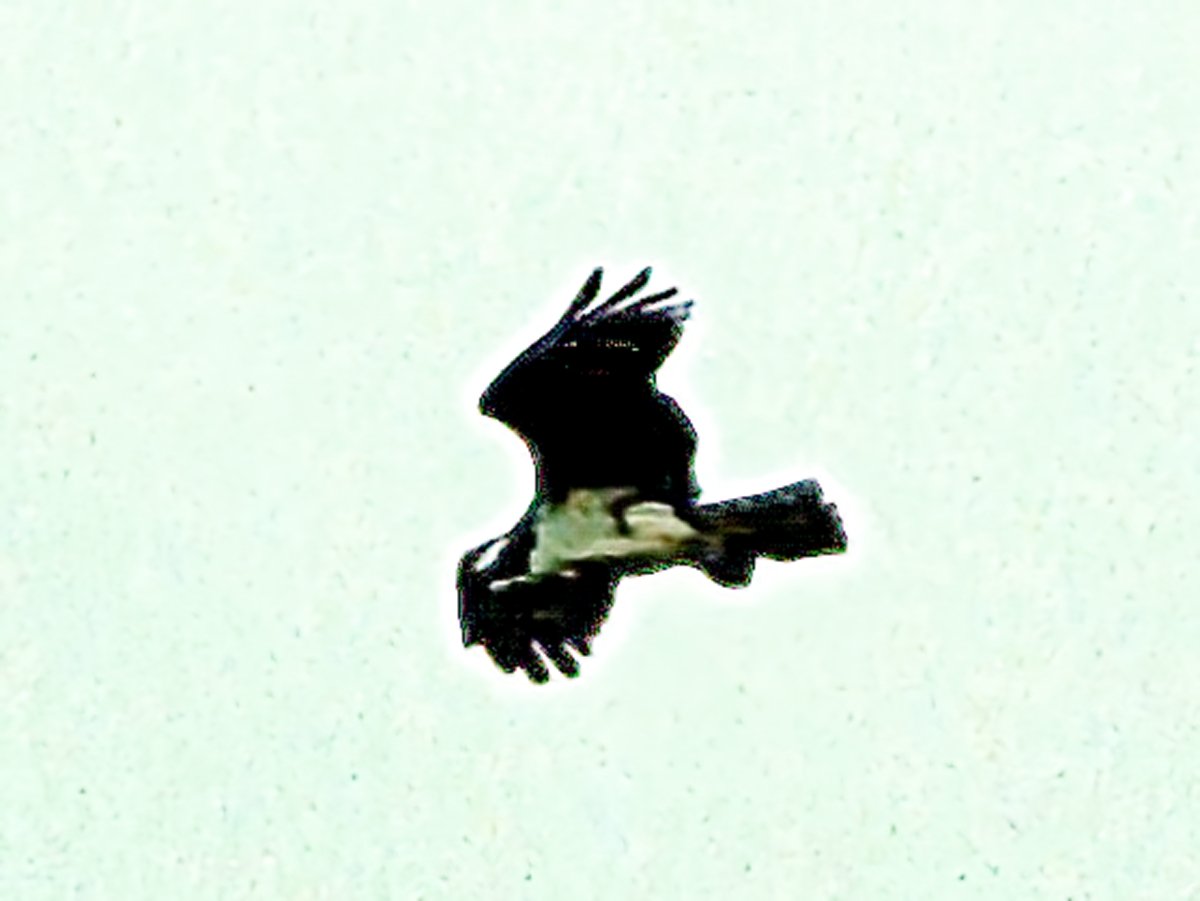

Sandhill Cranes


Dead trees in the thermal pools


Steam and rain

